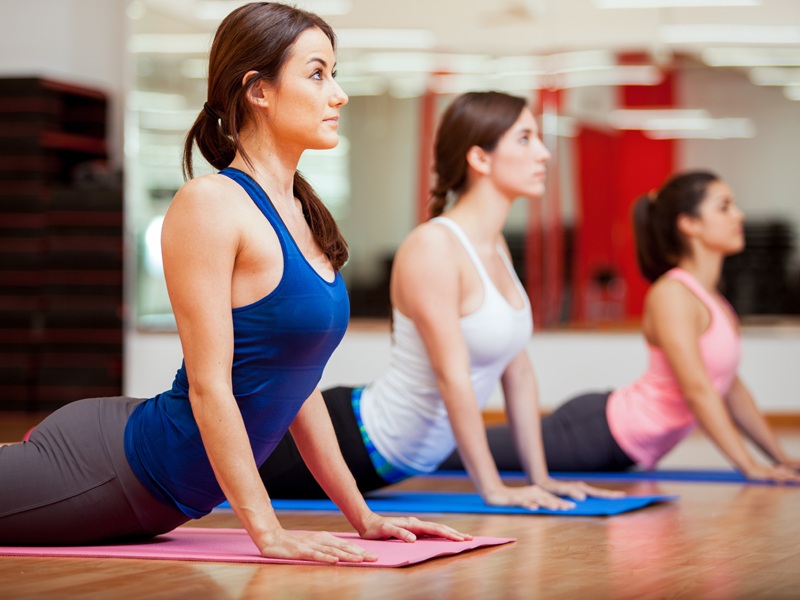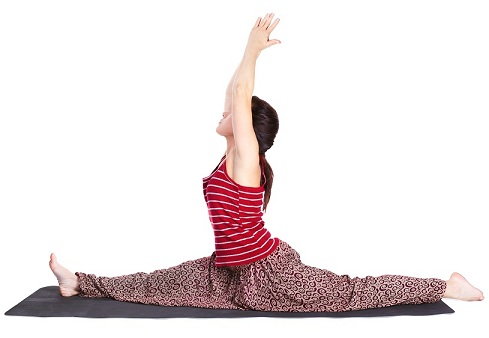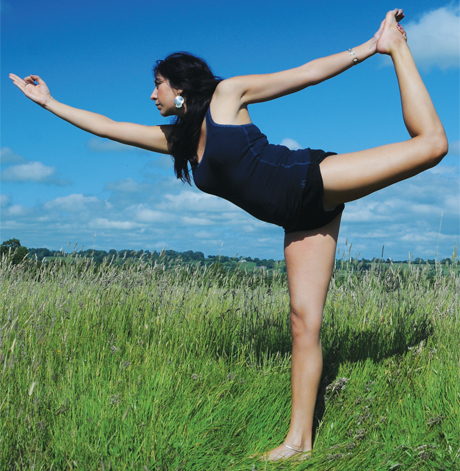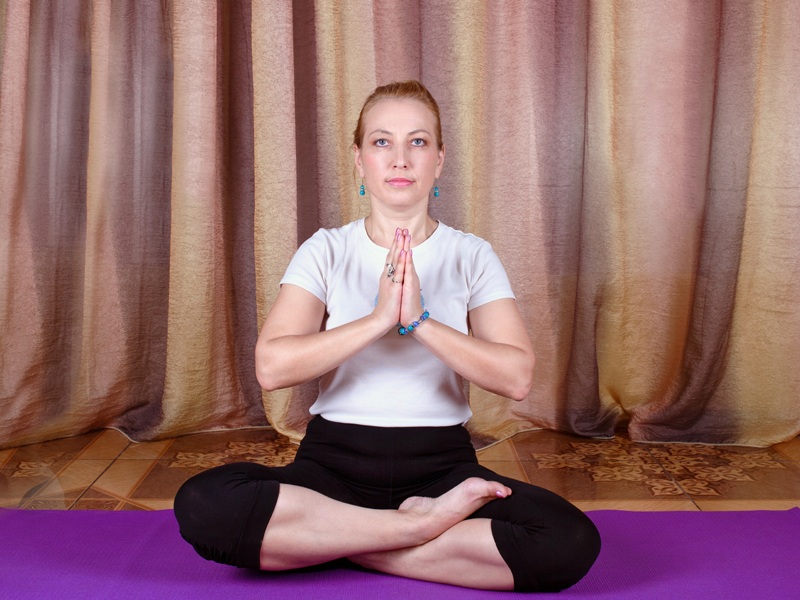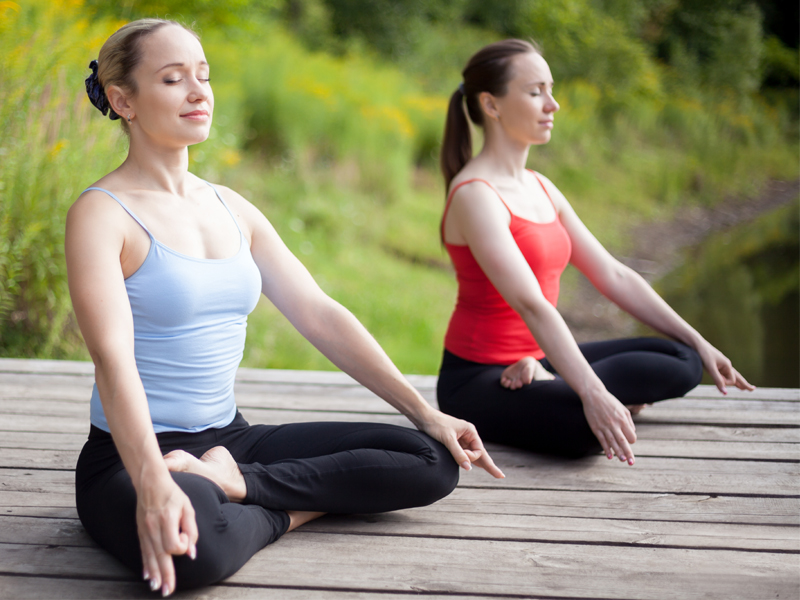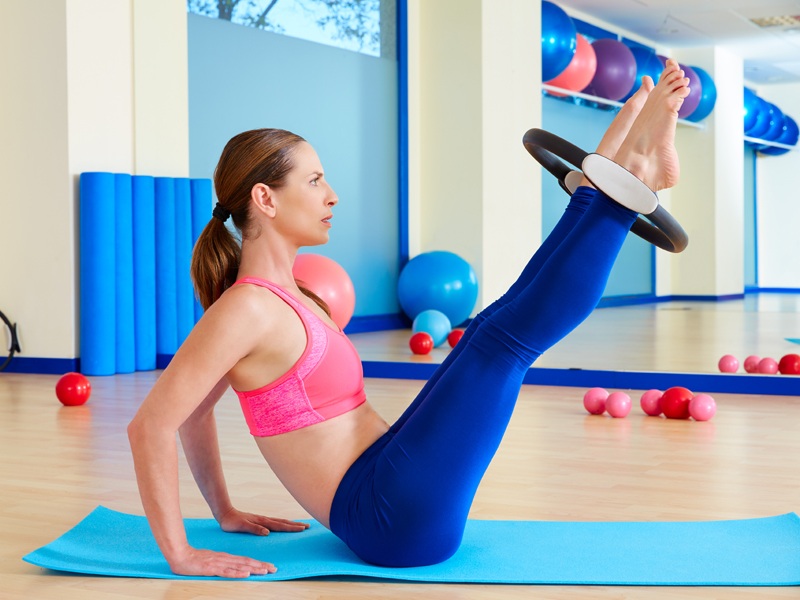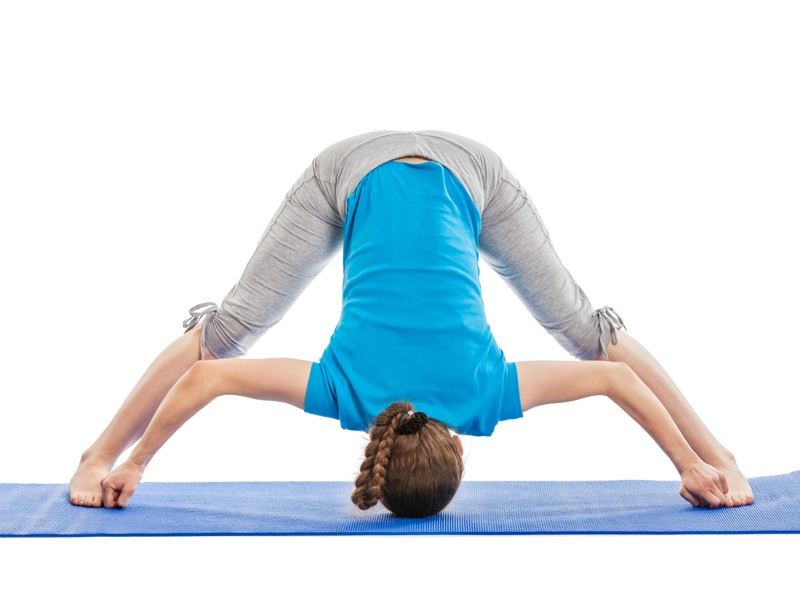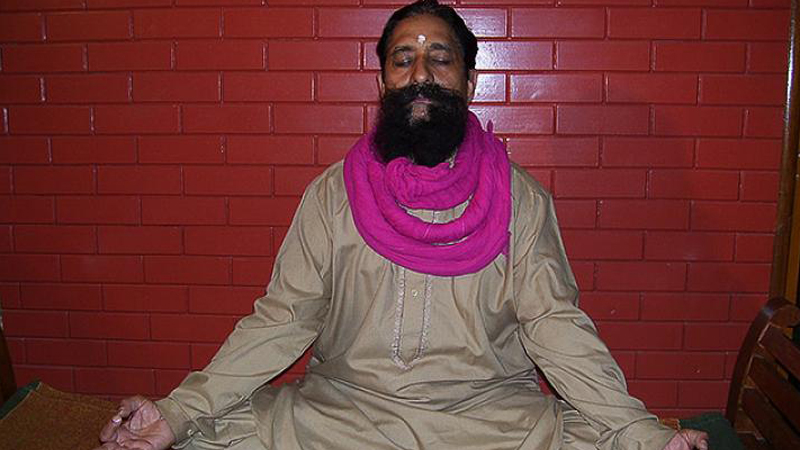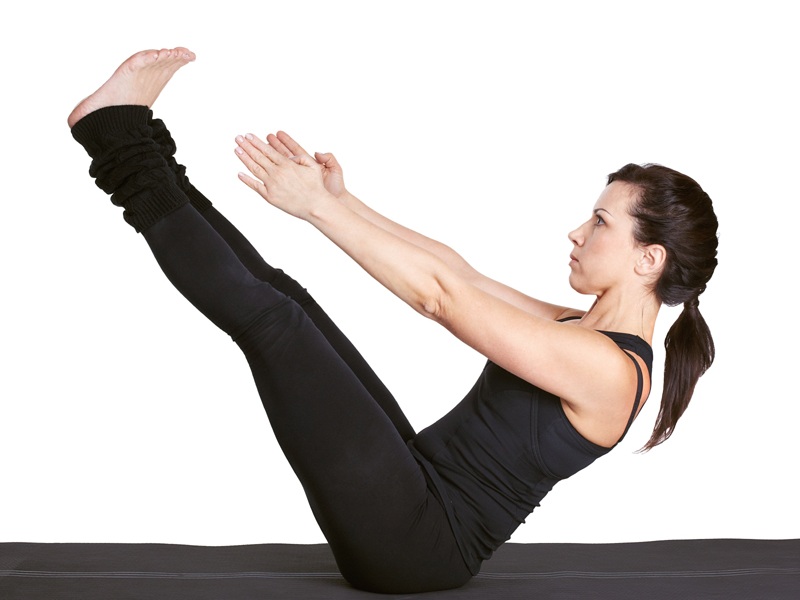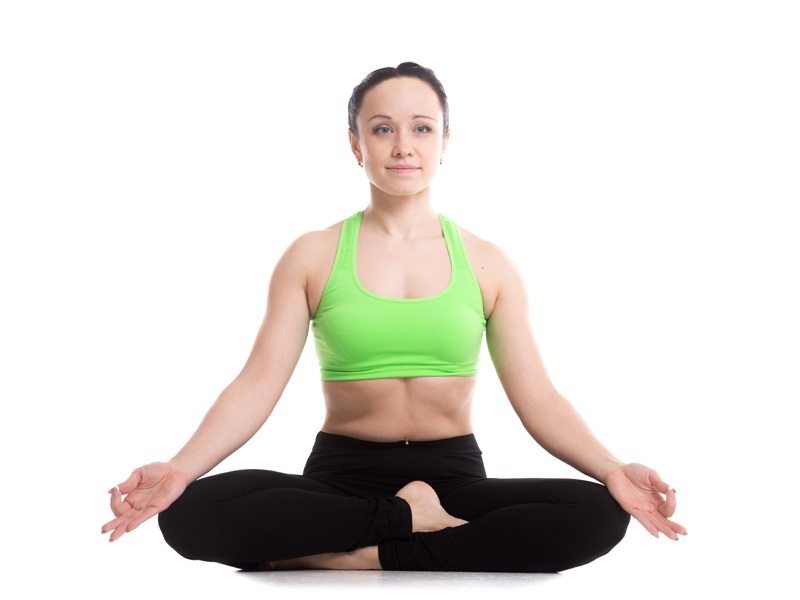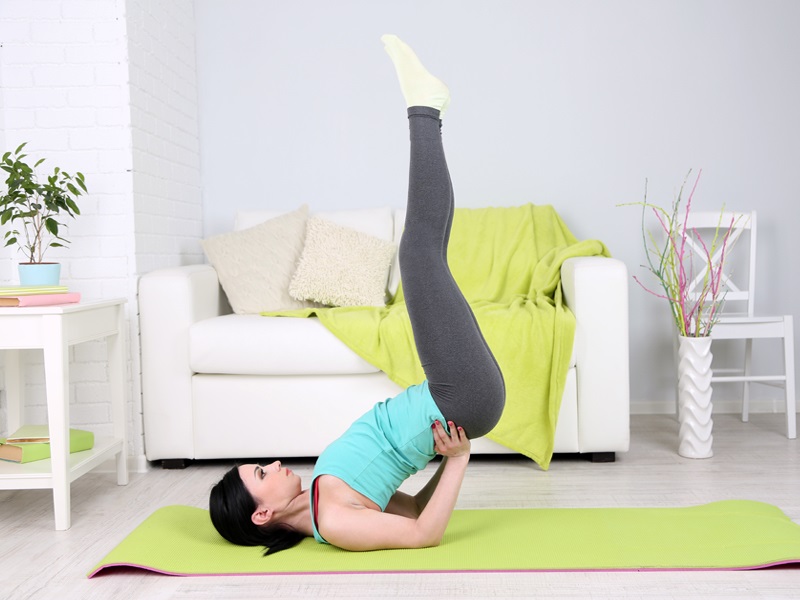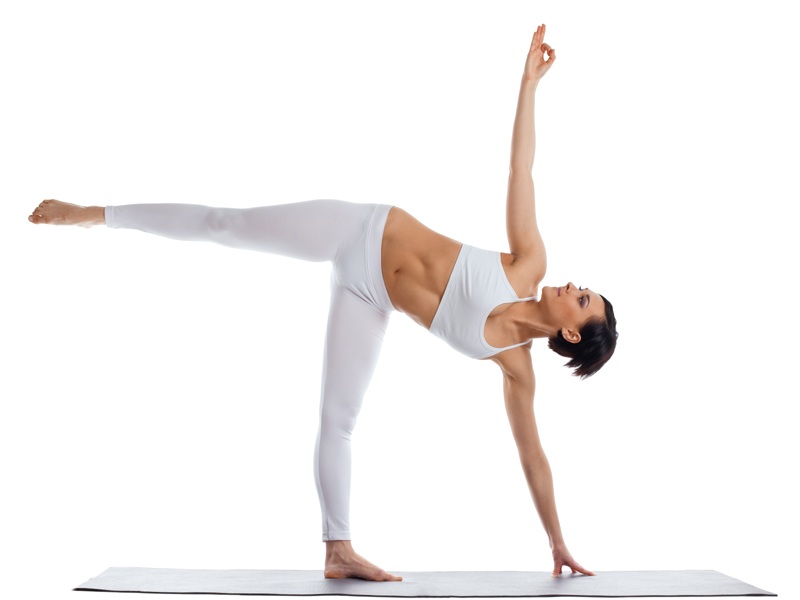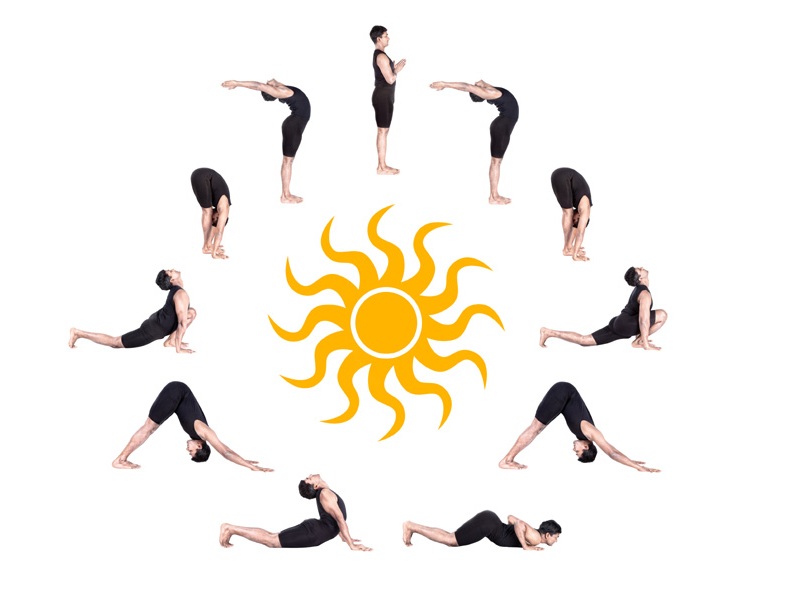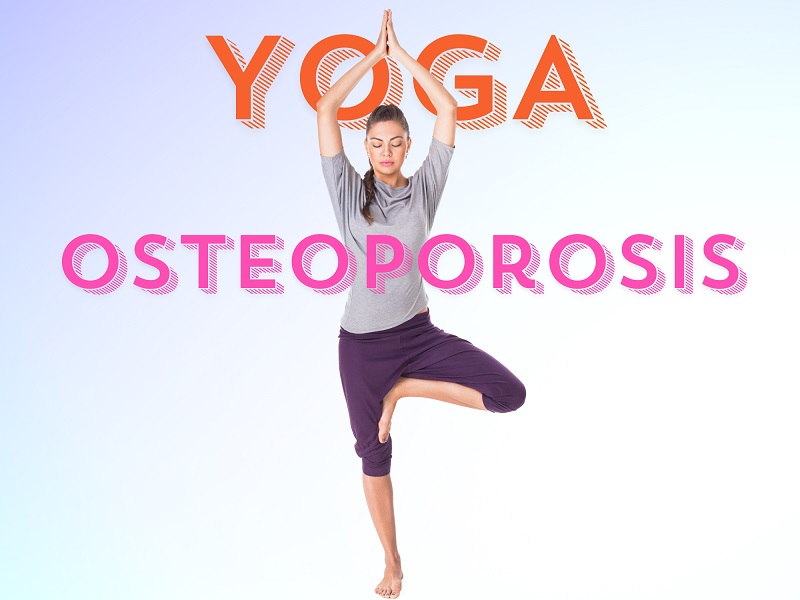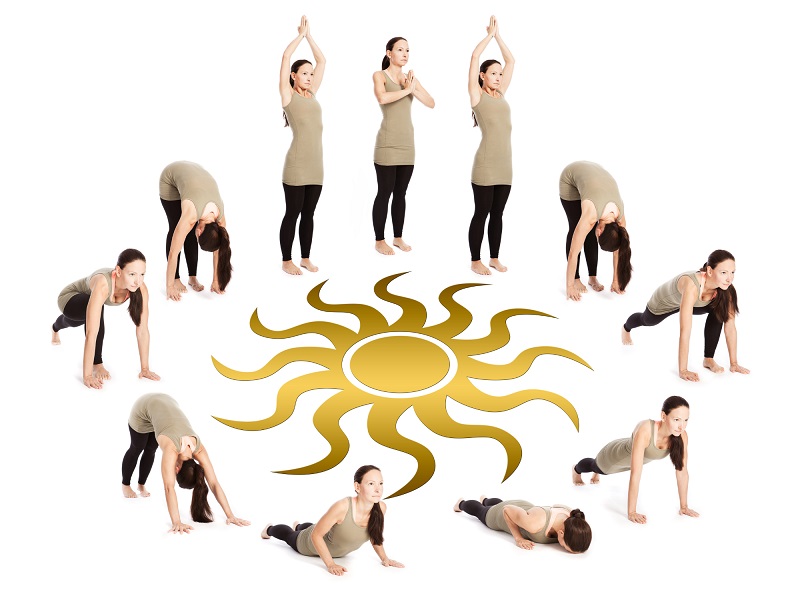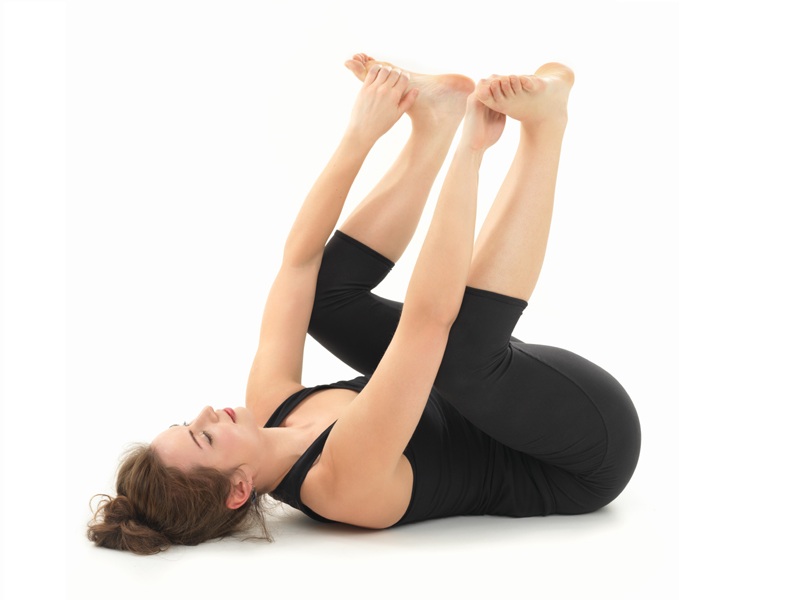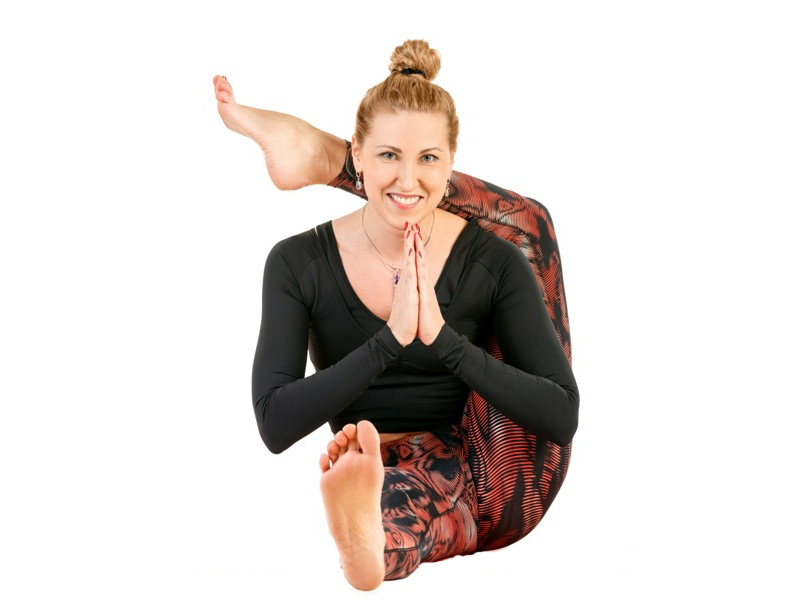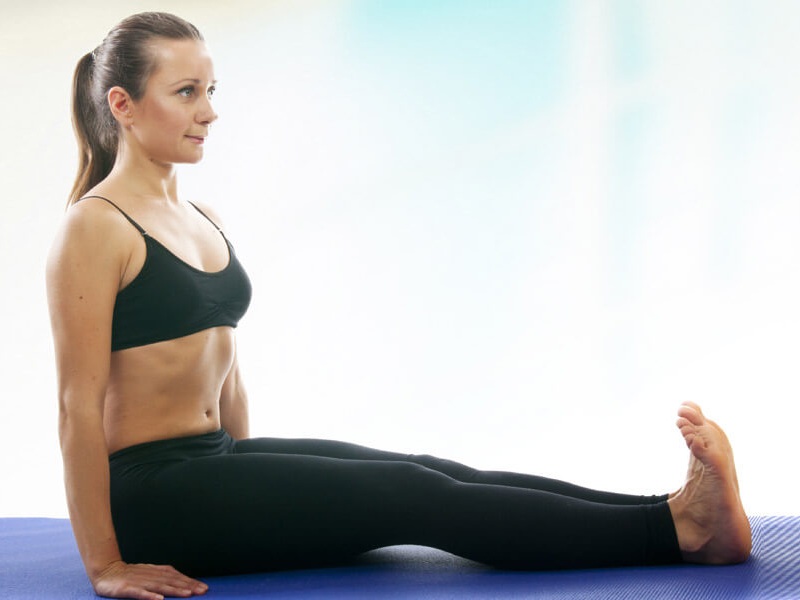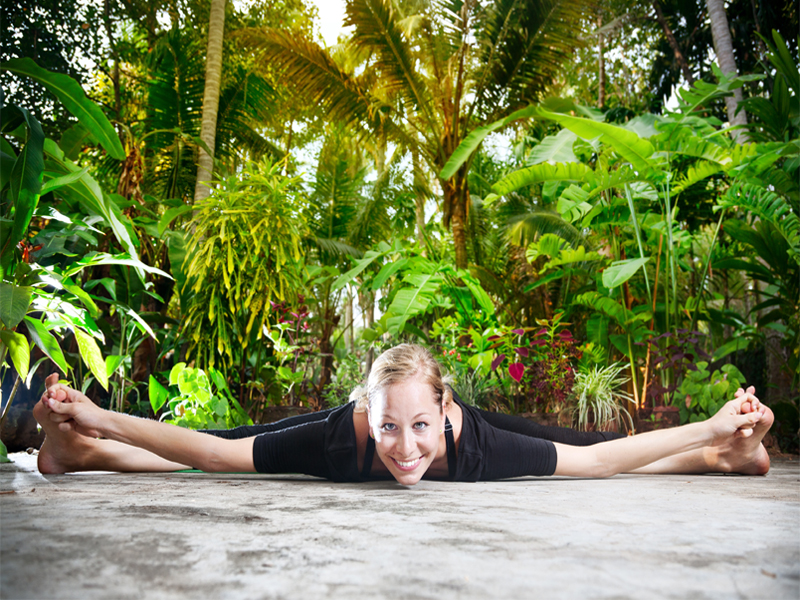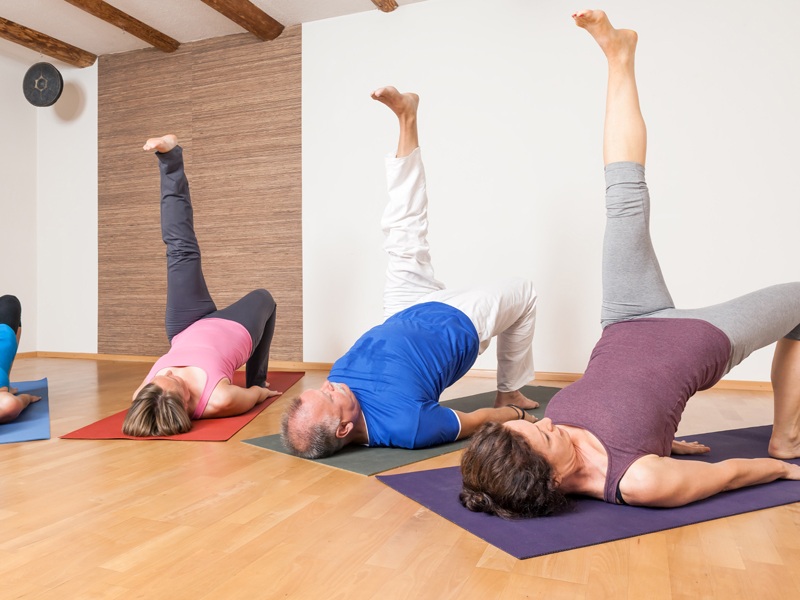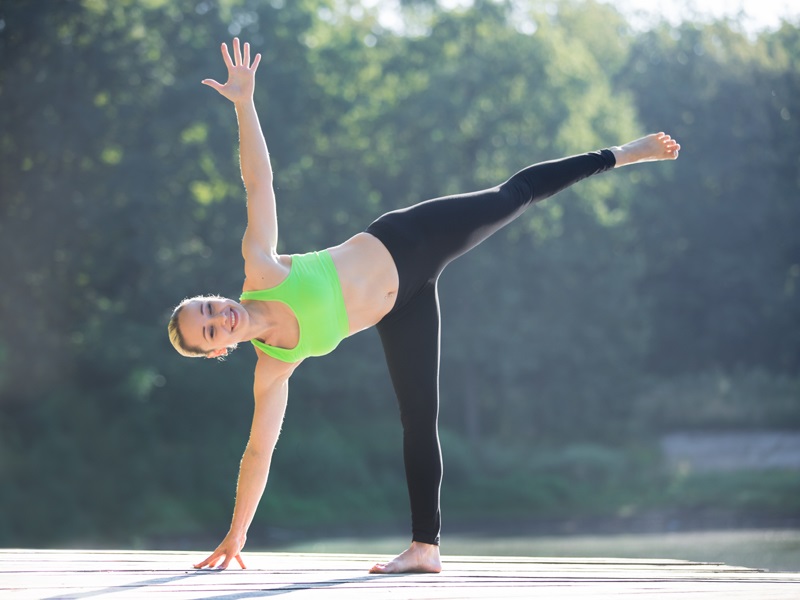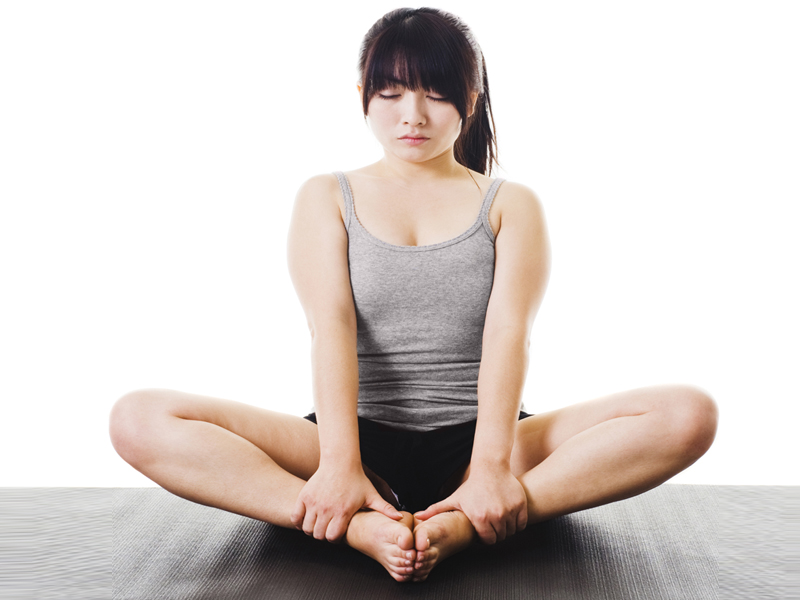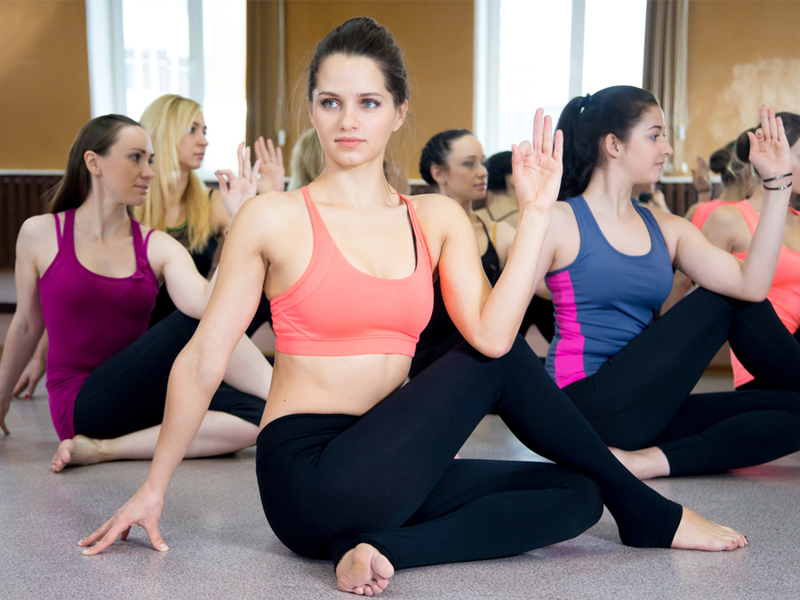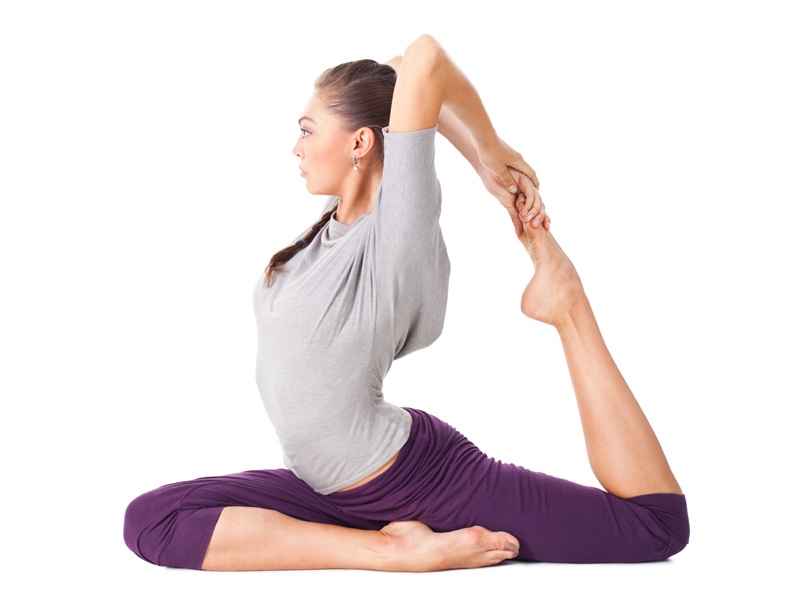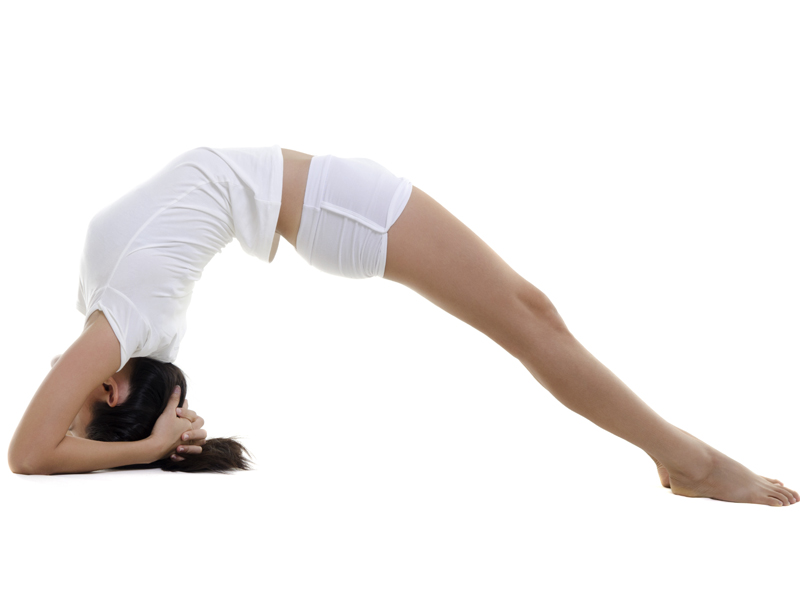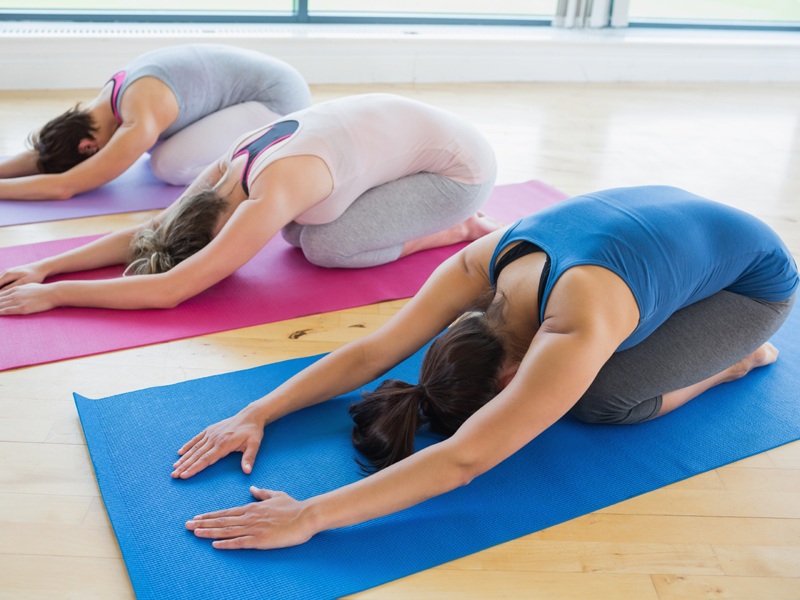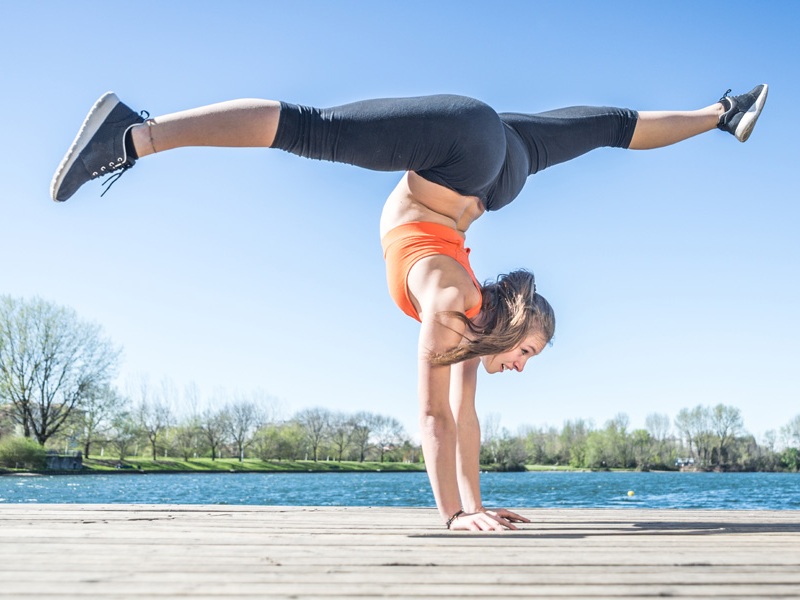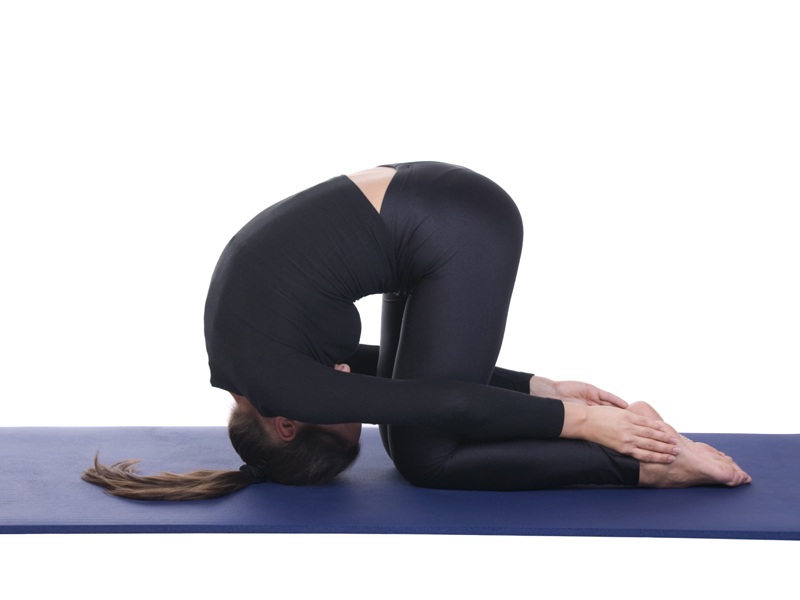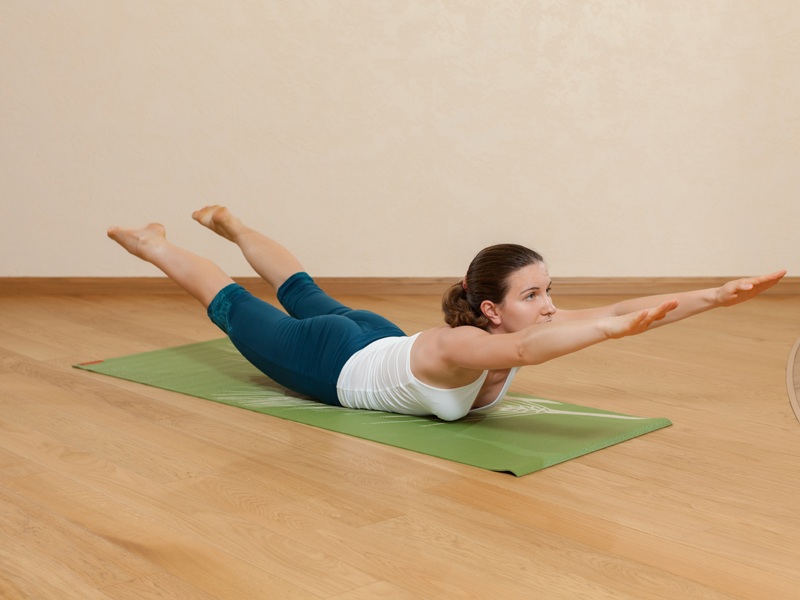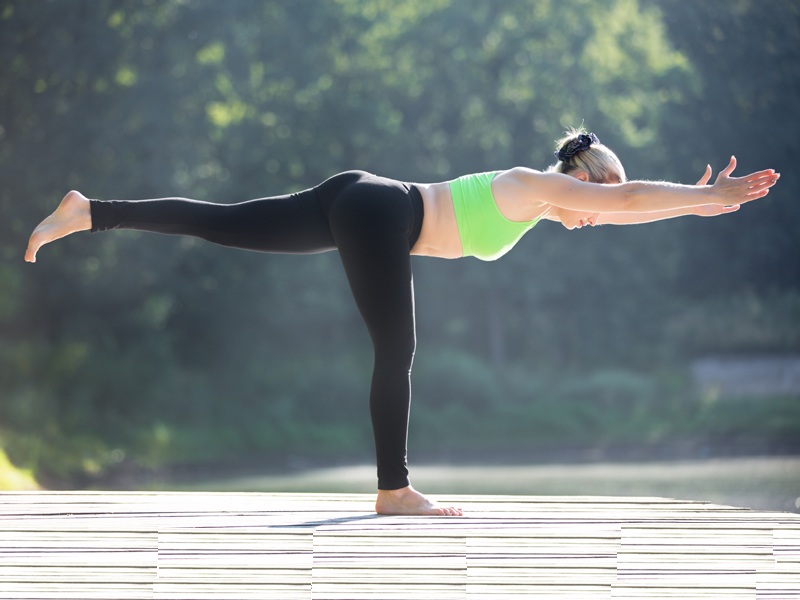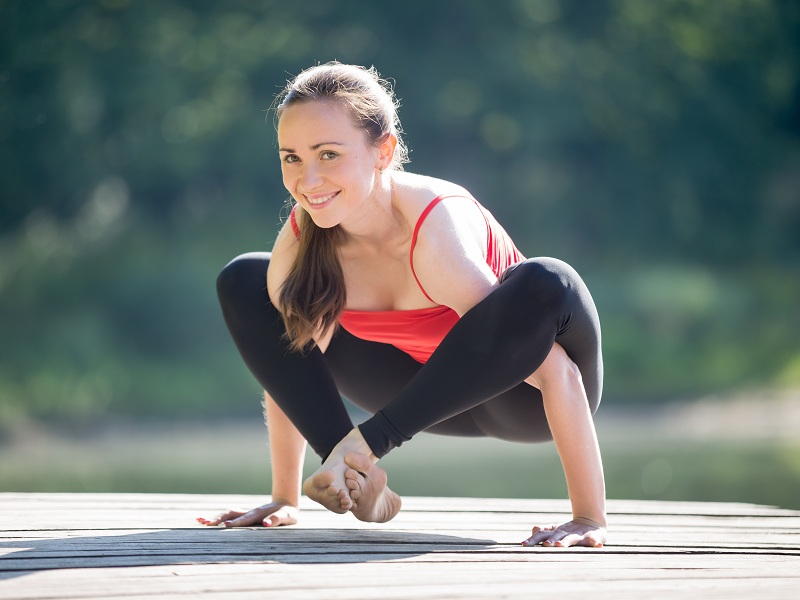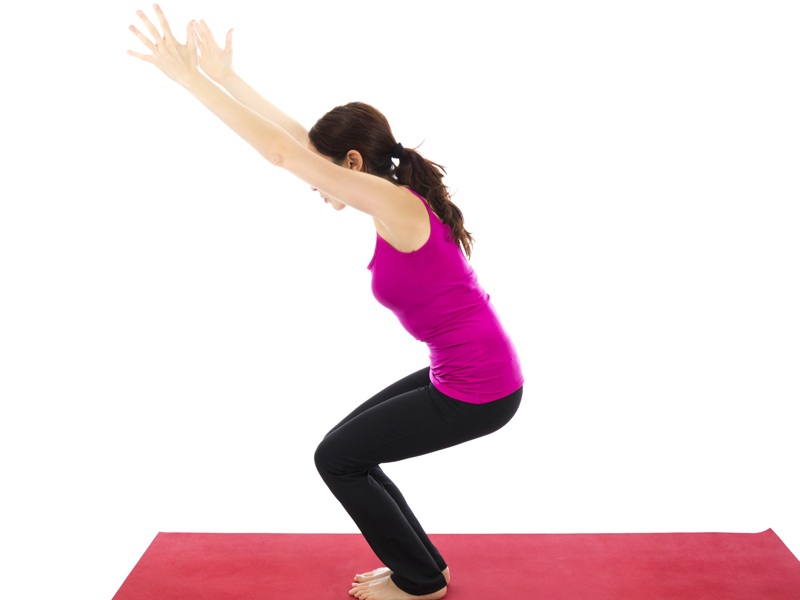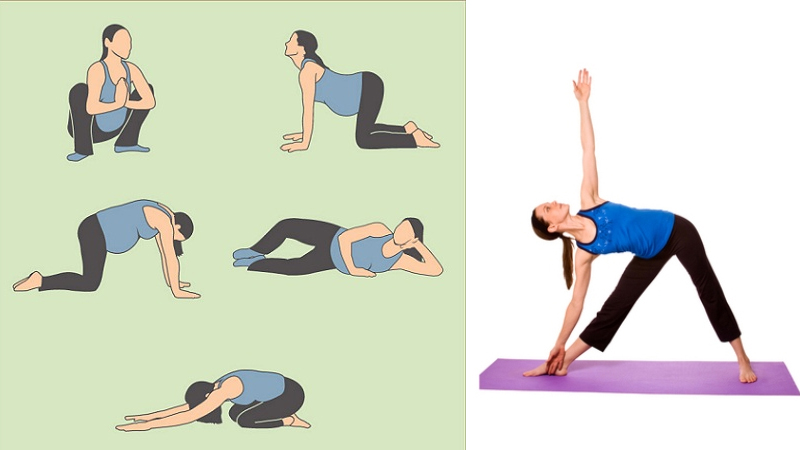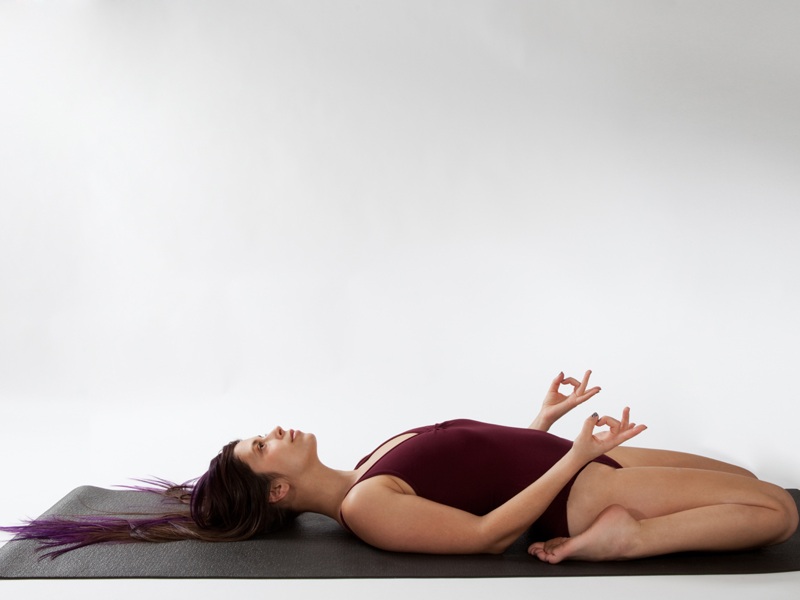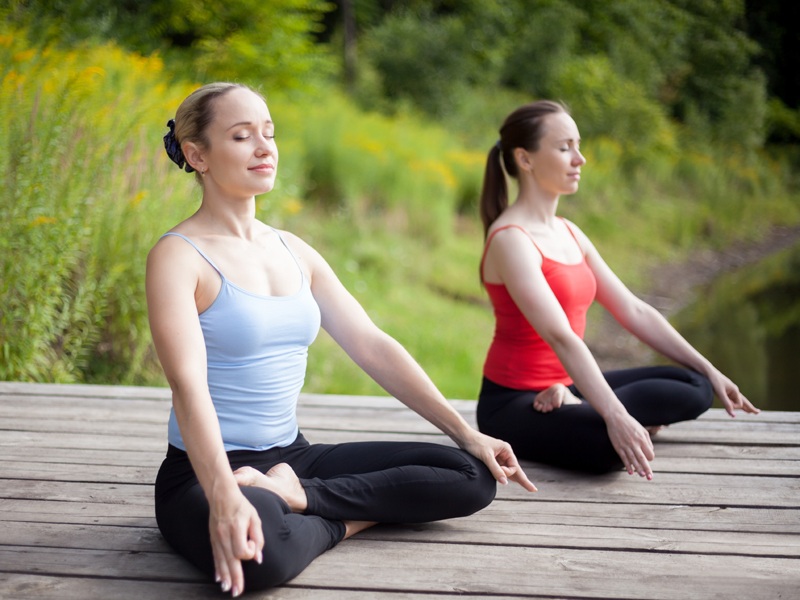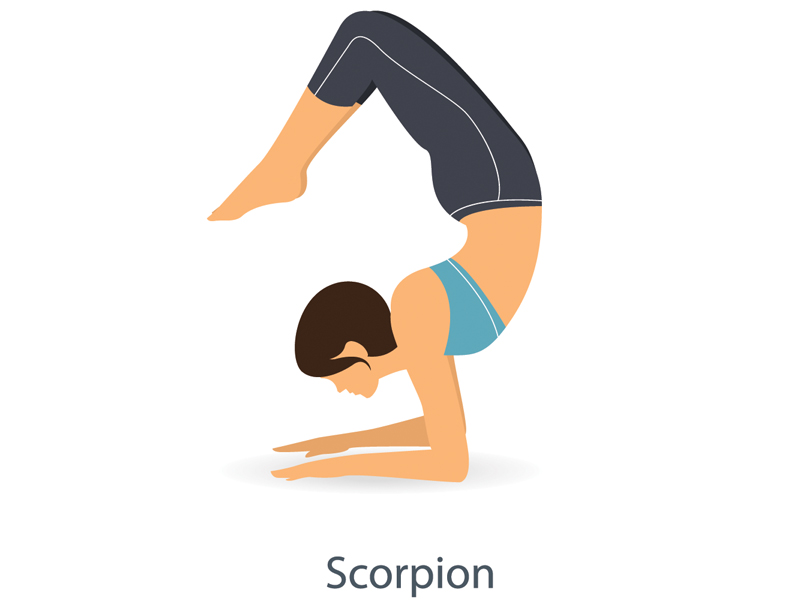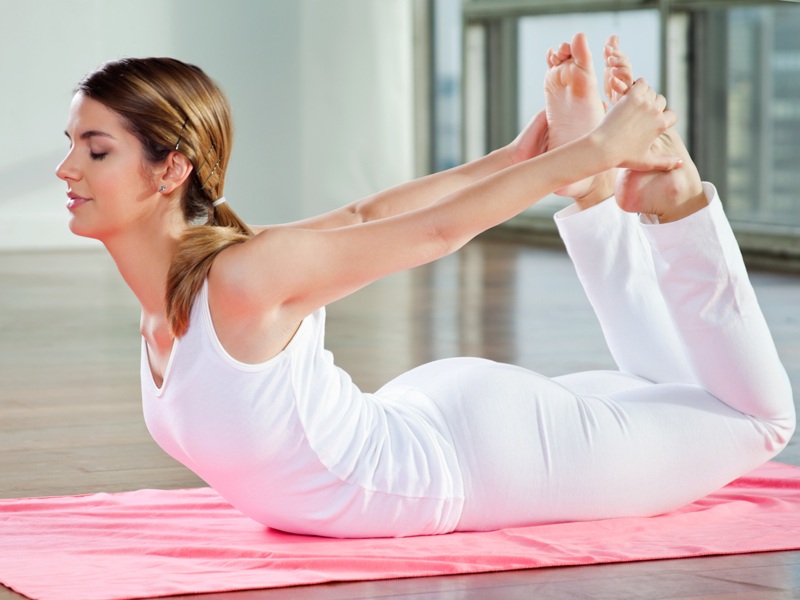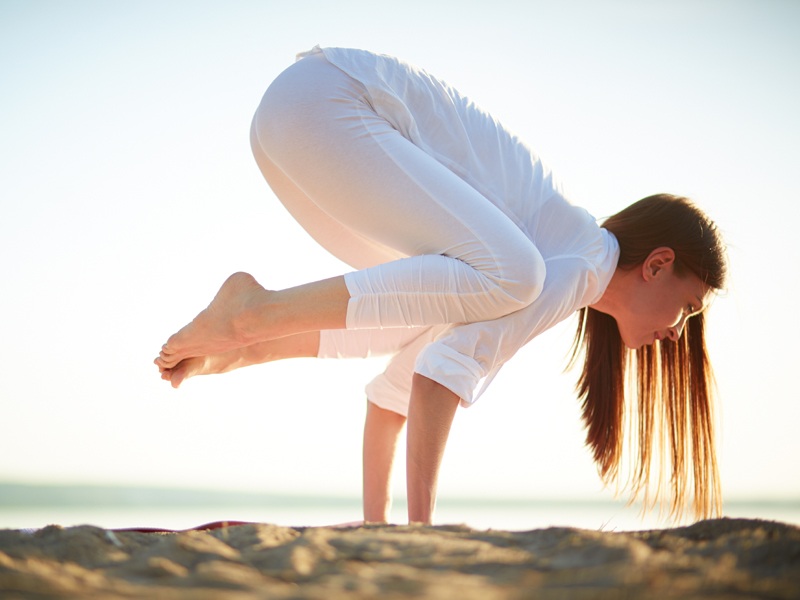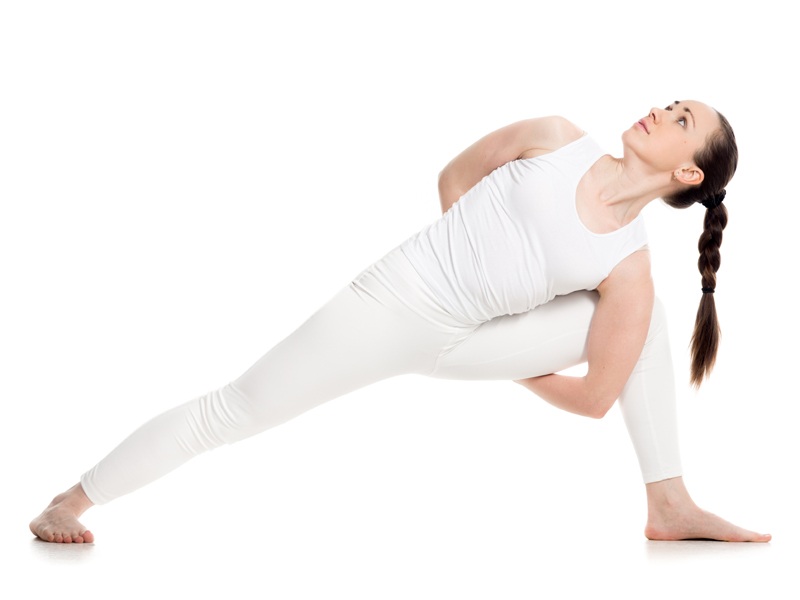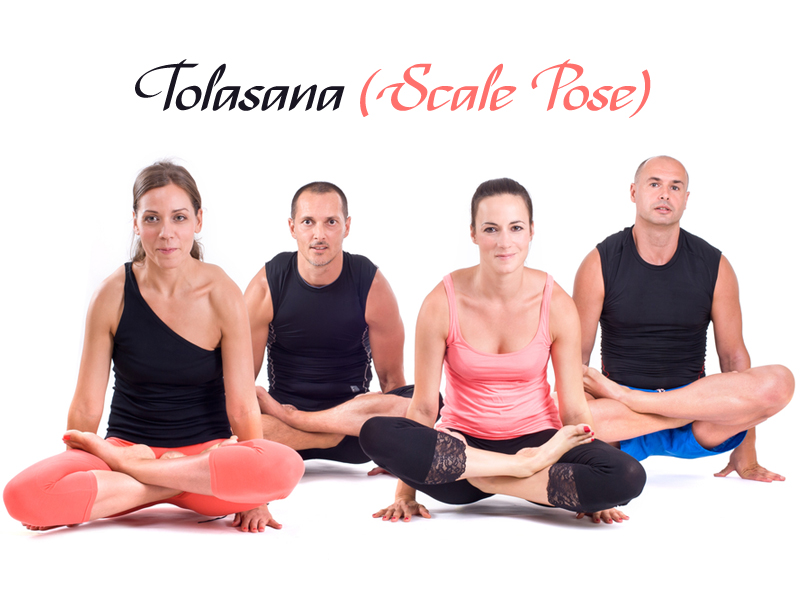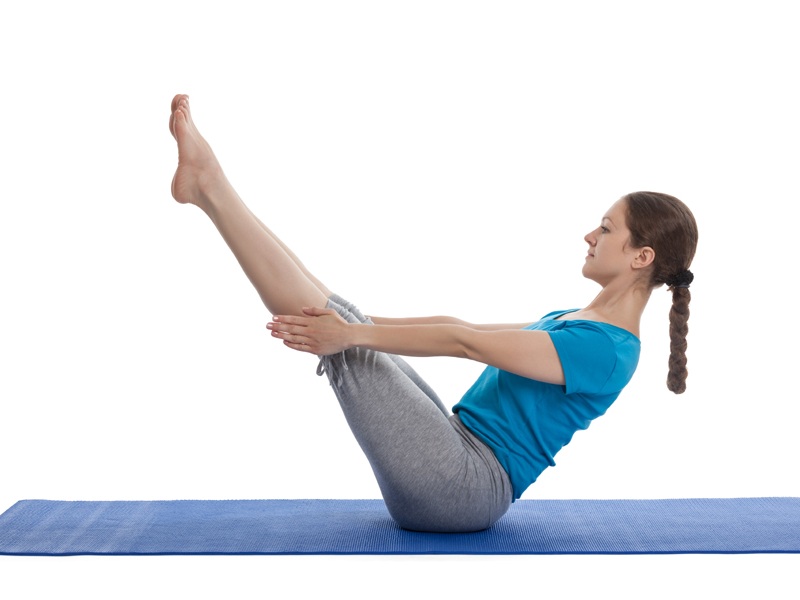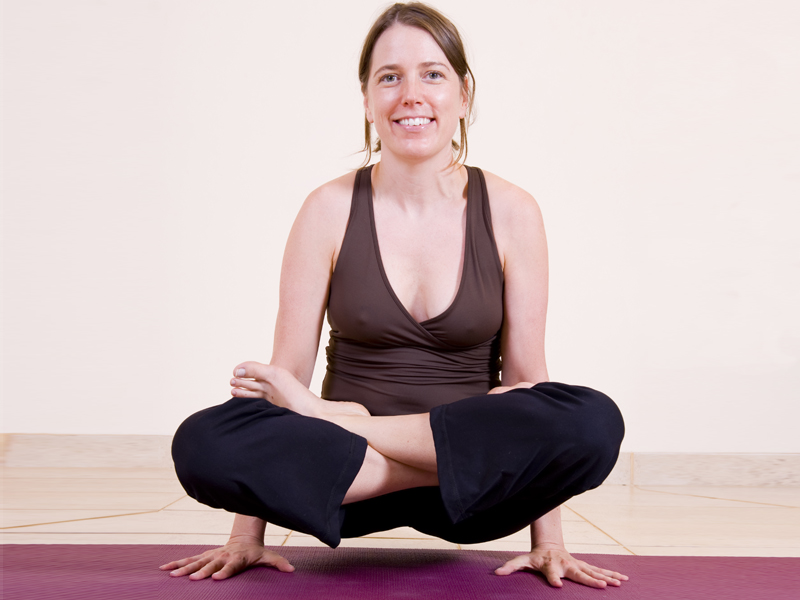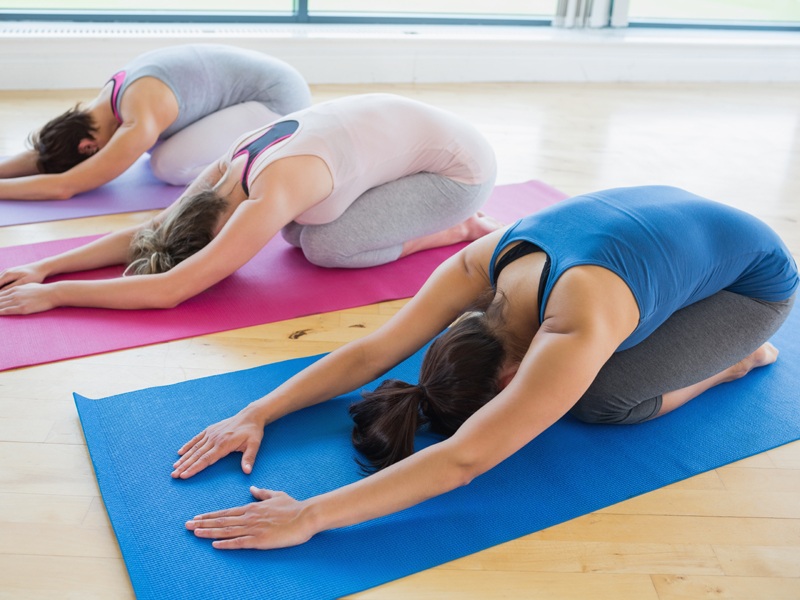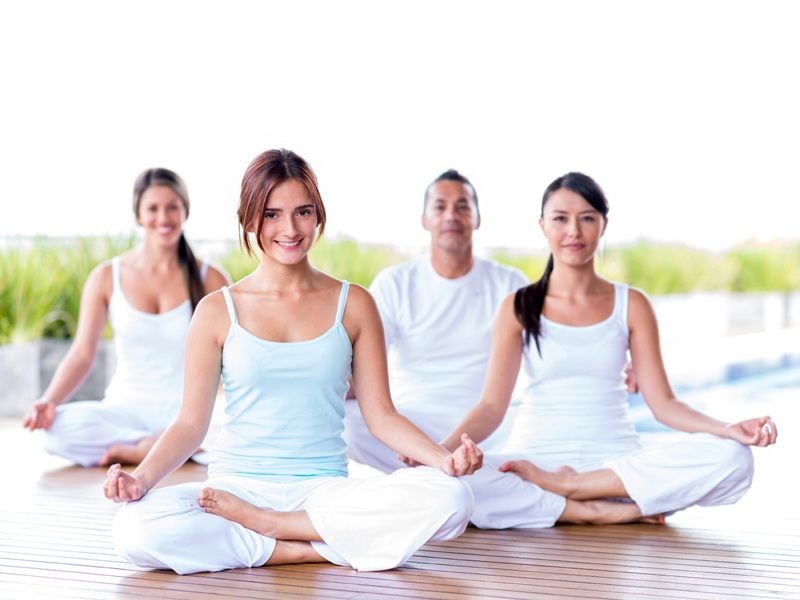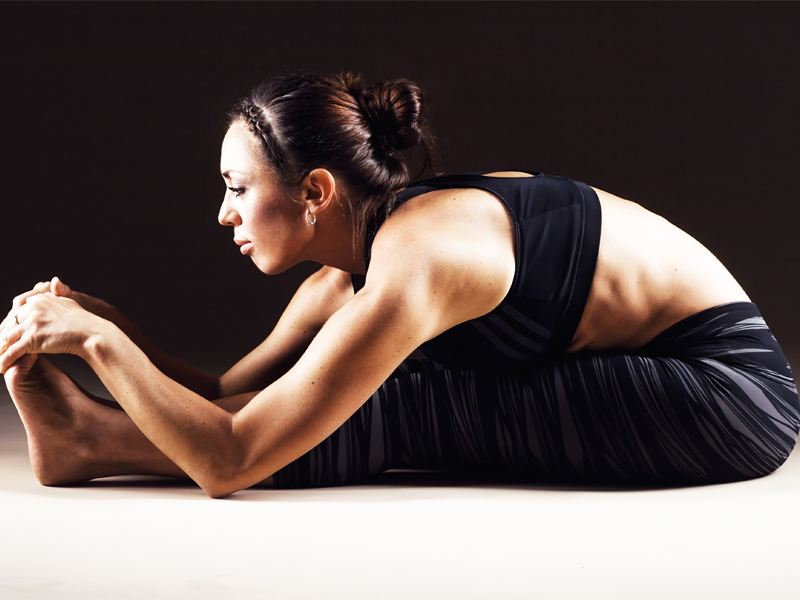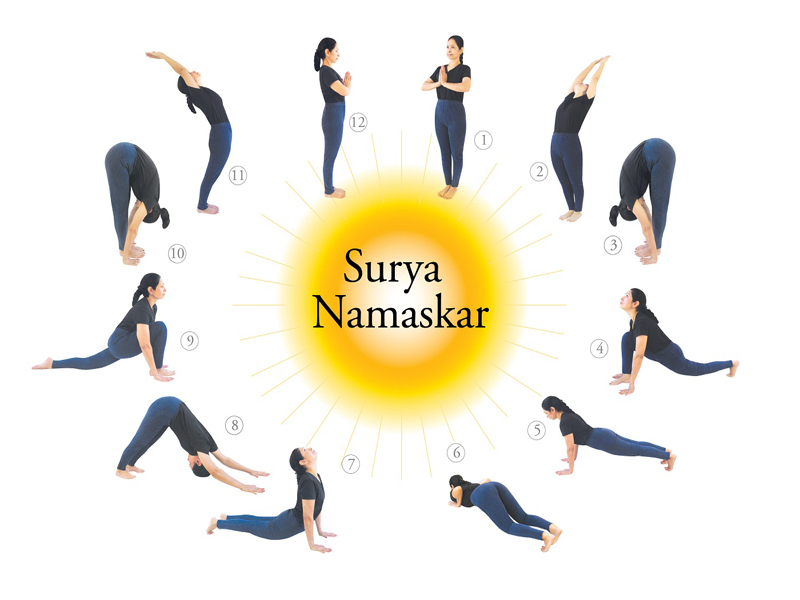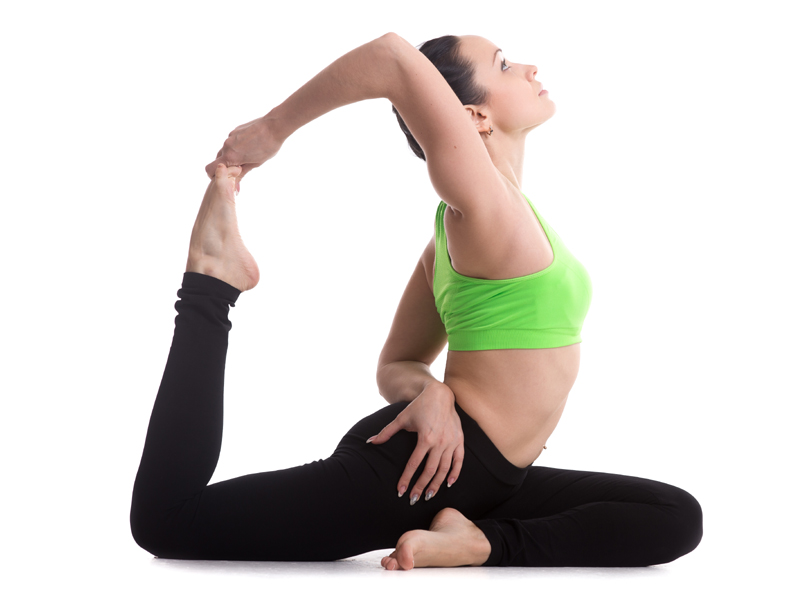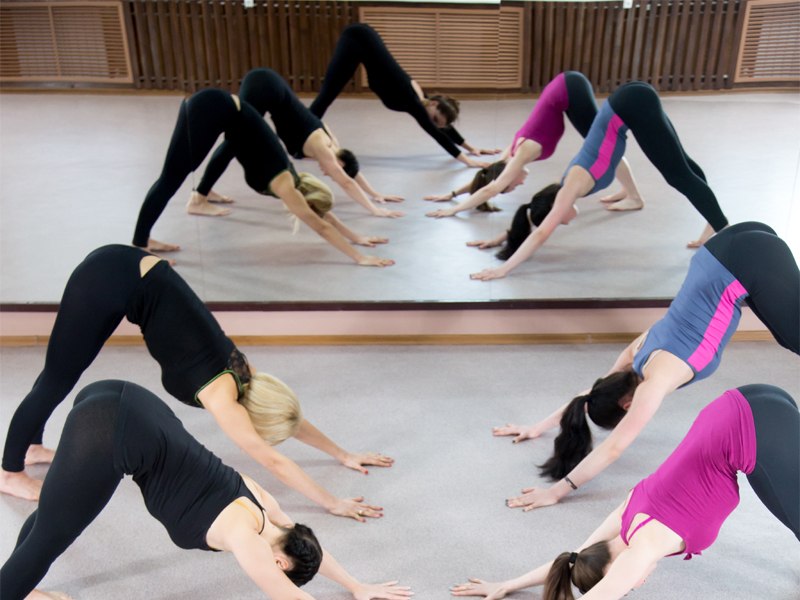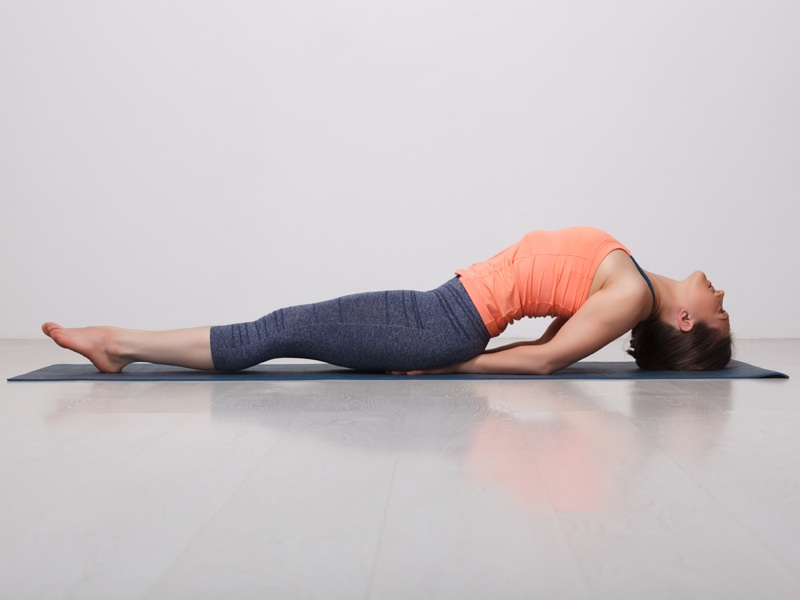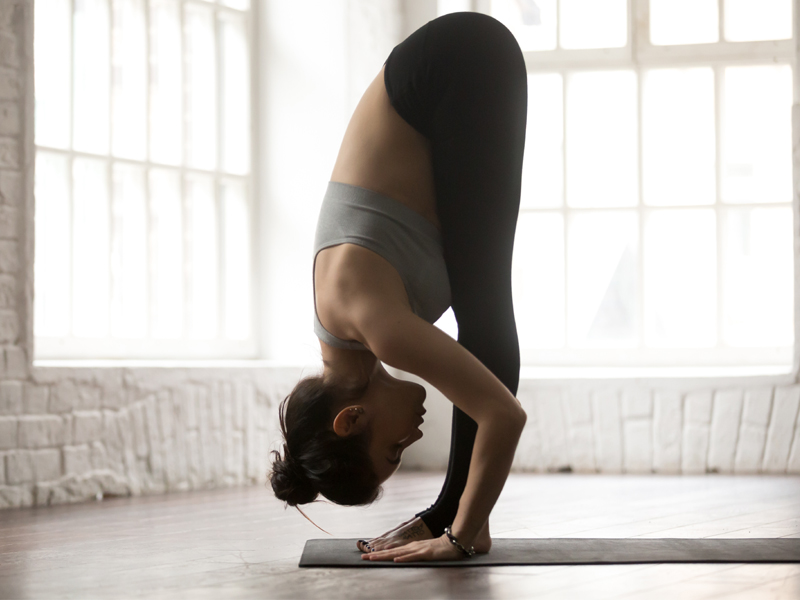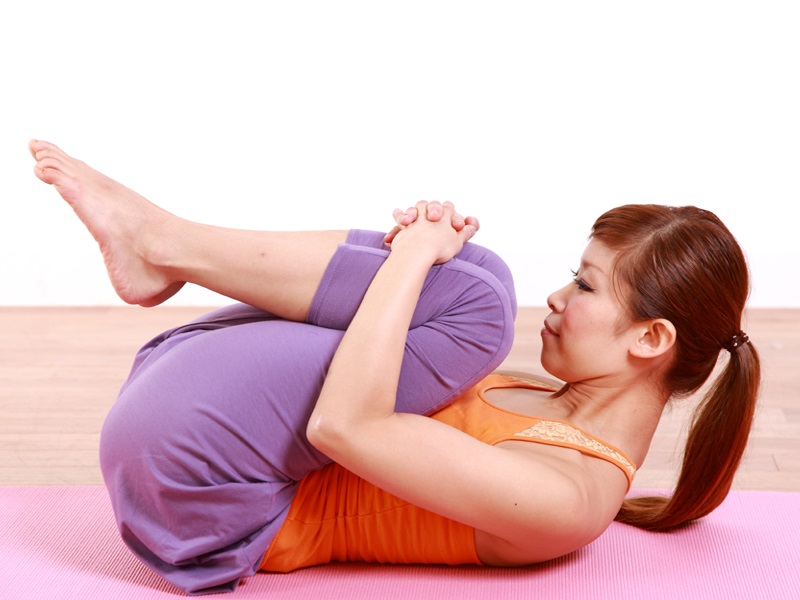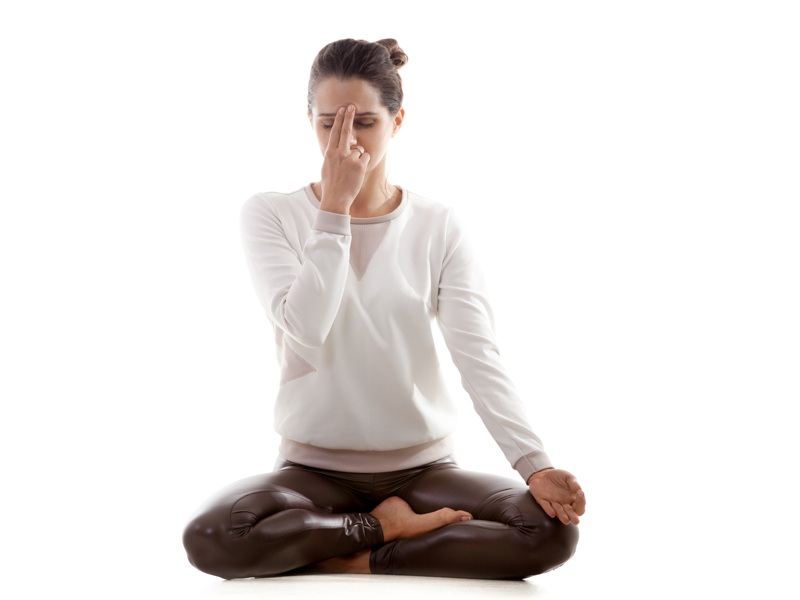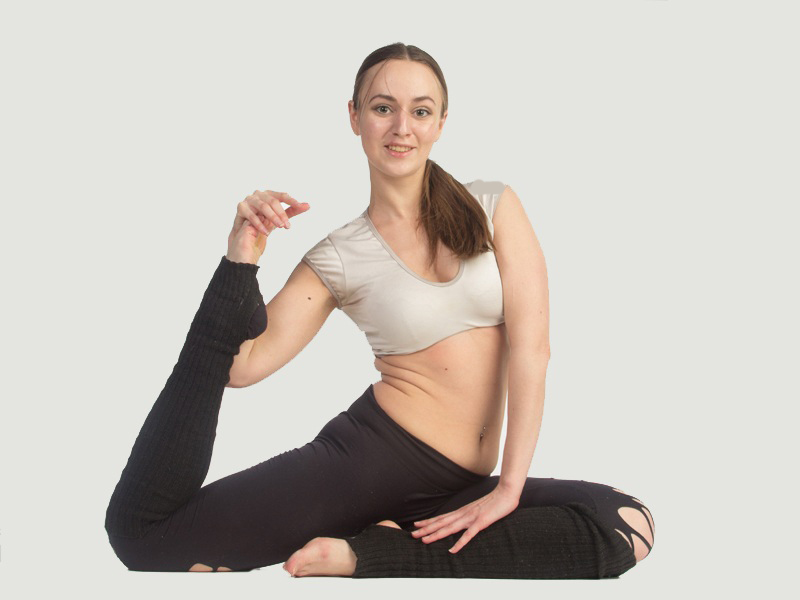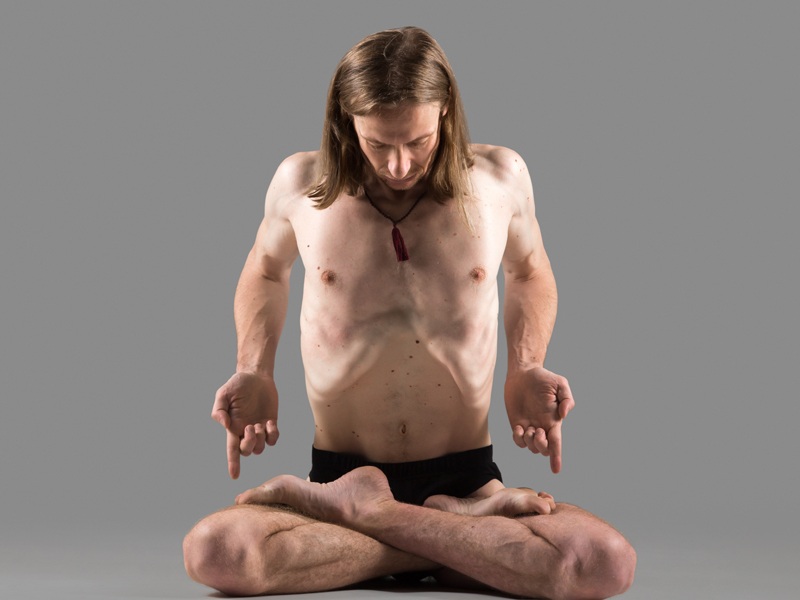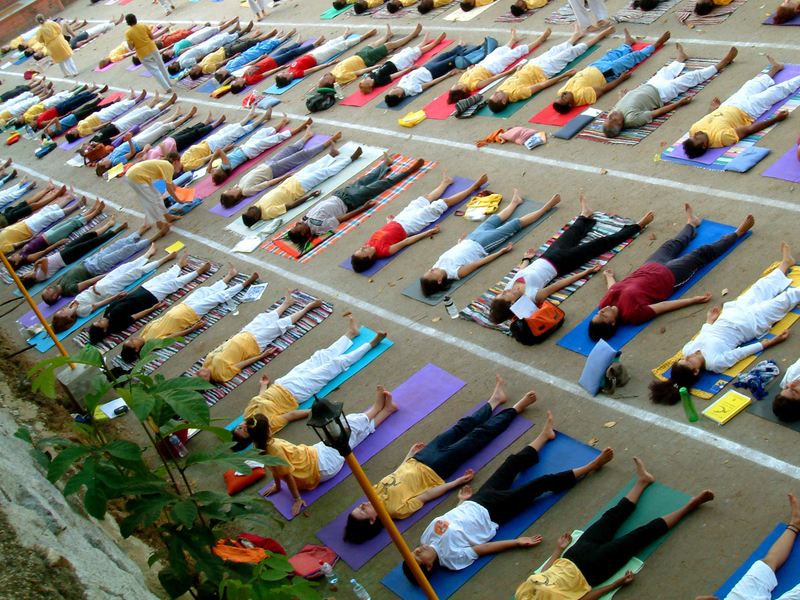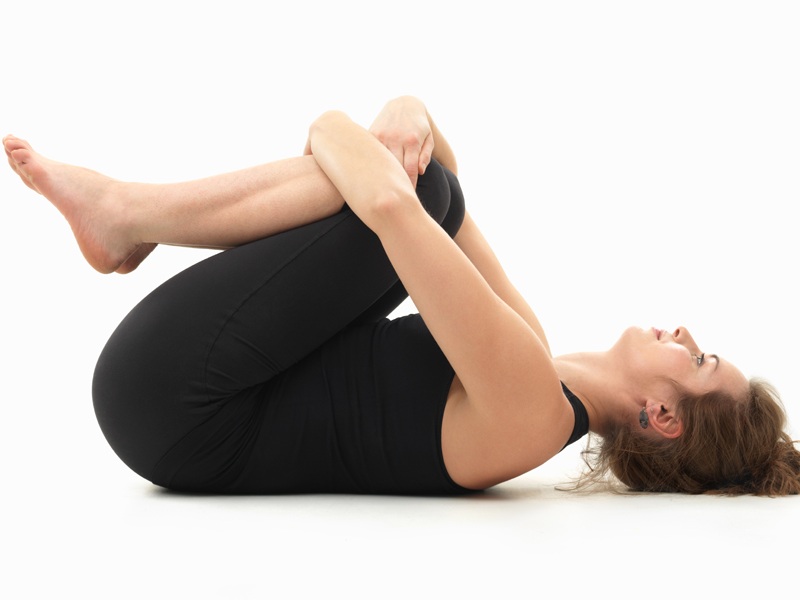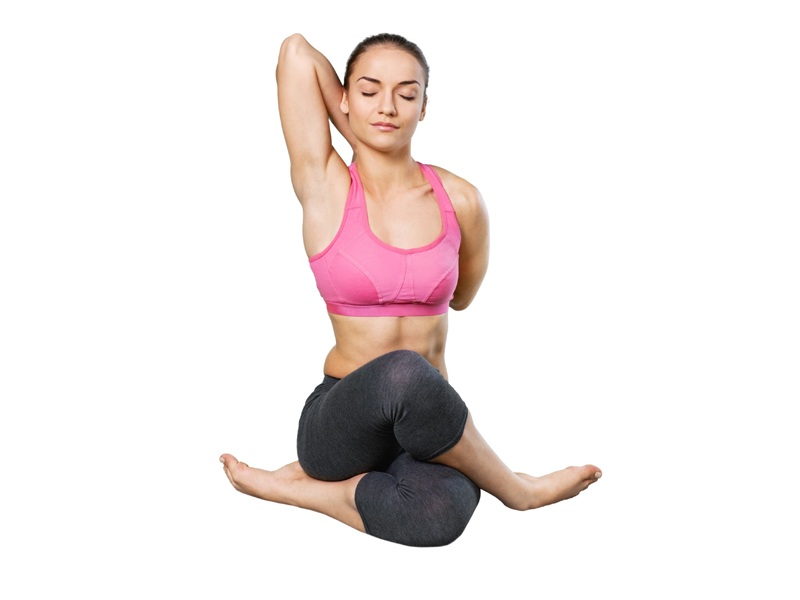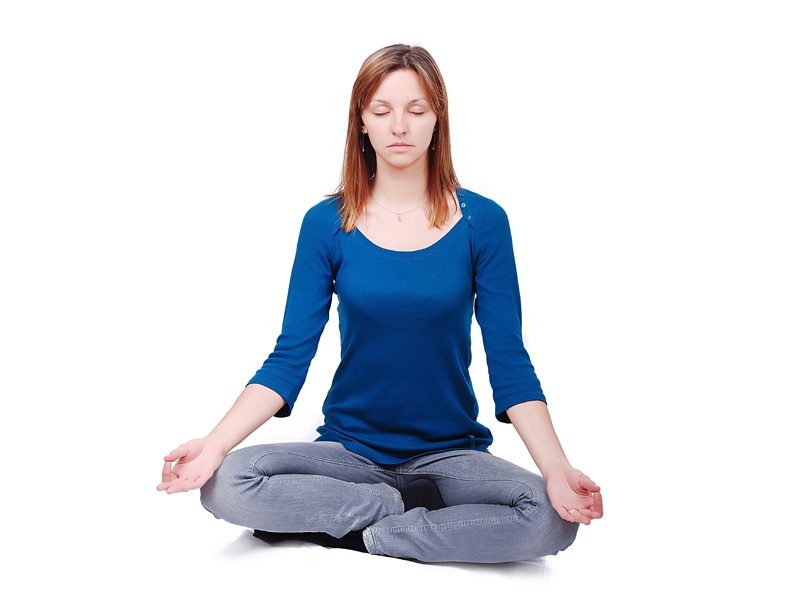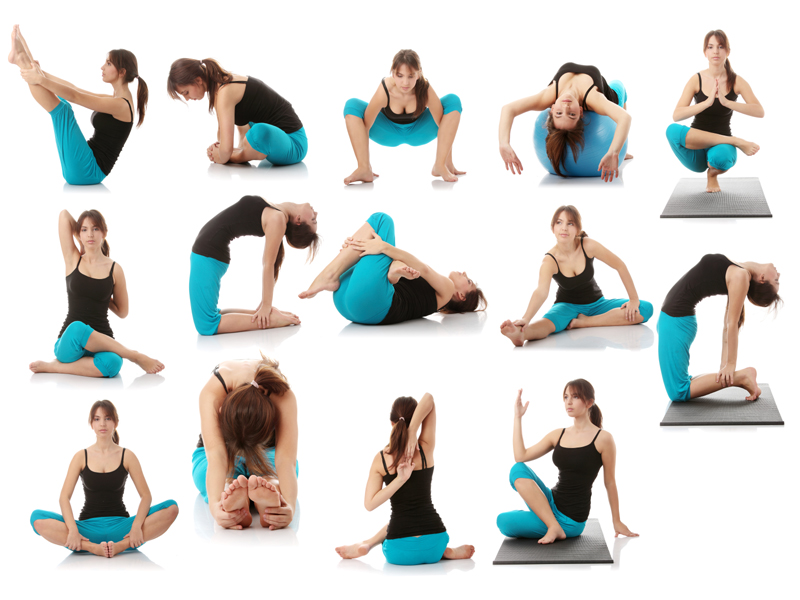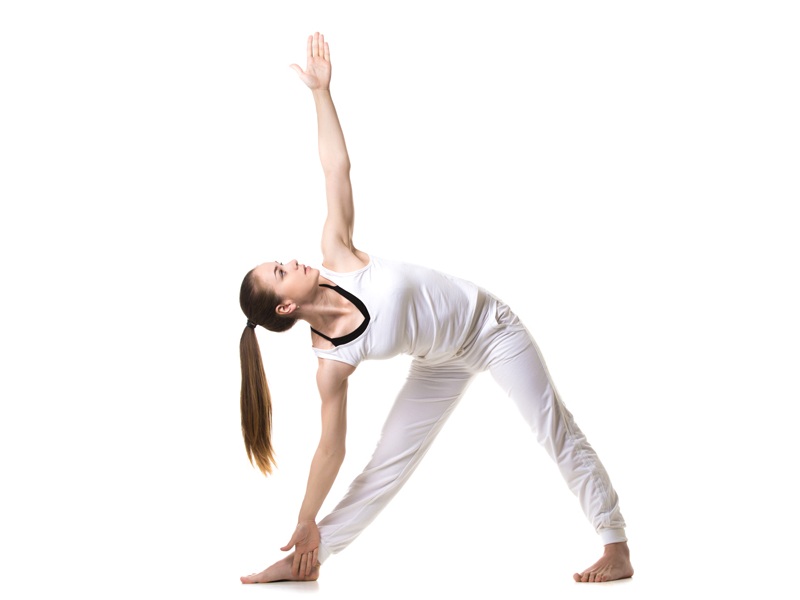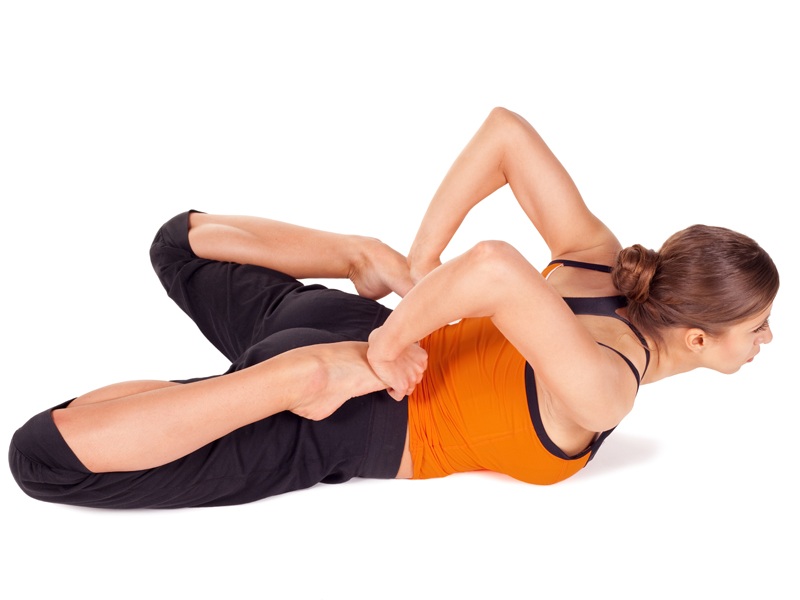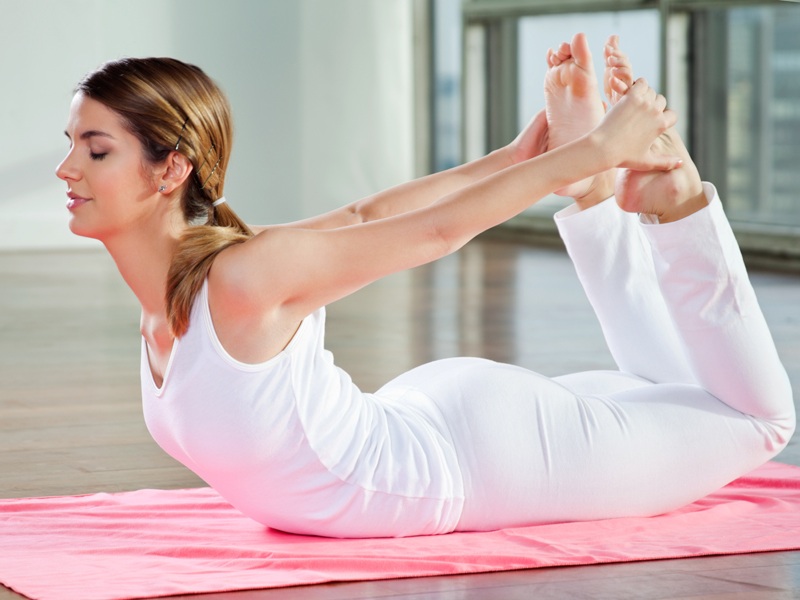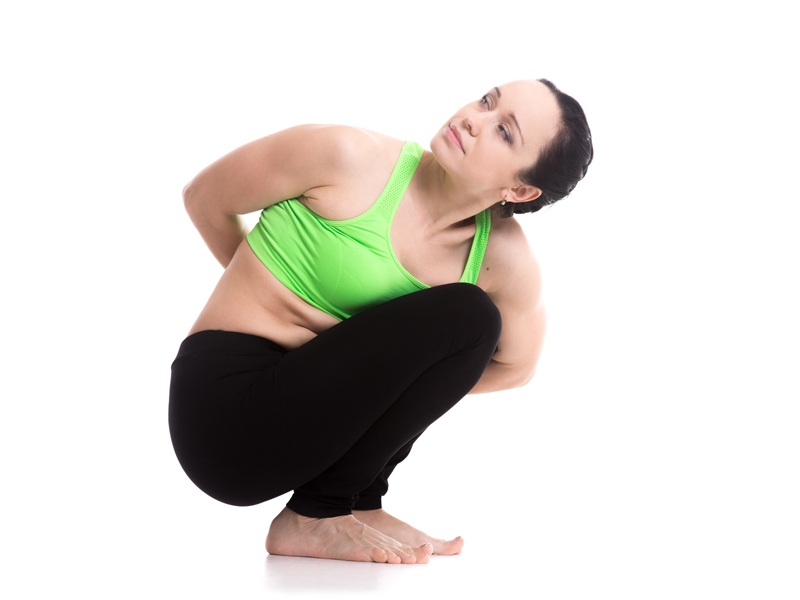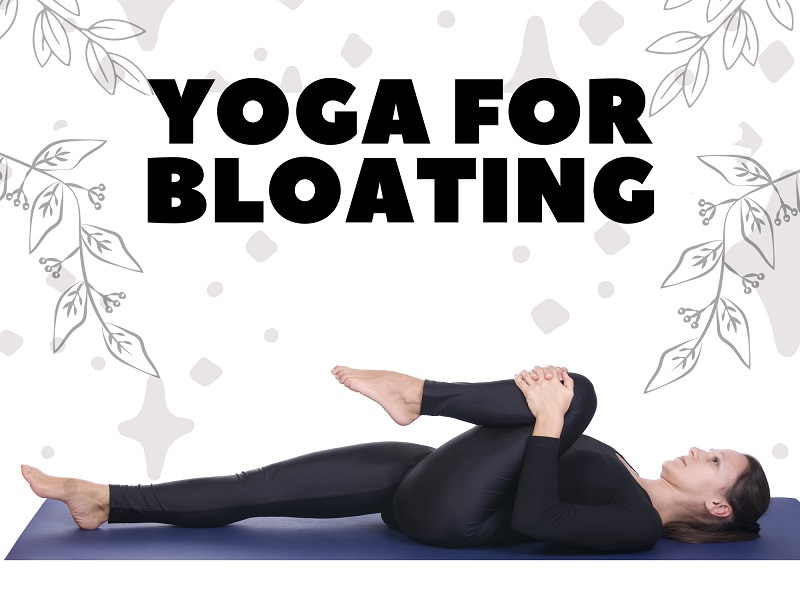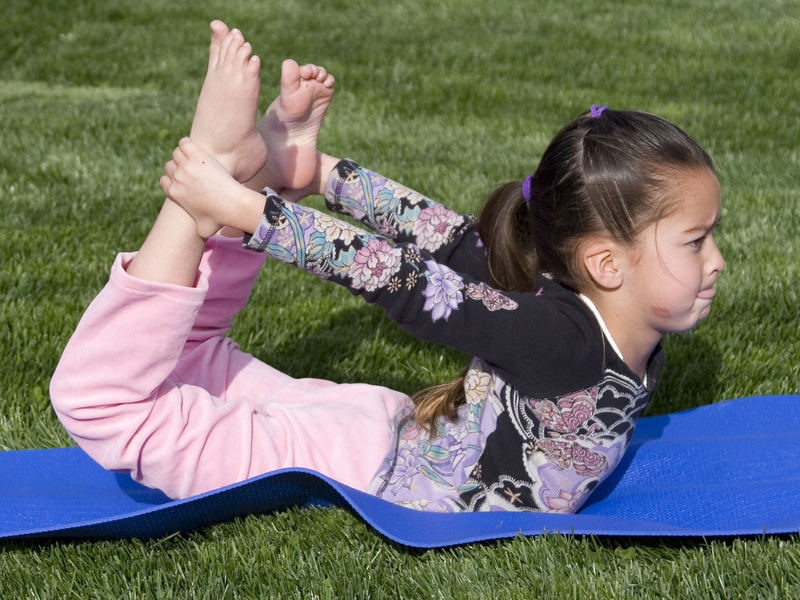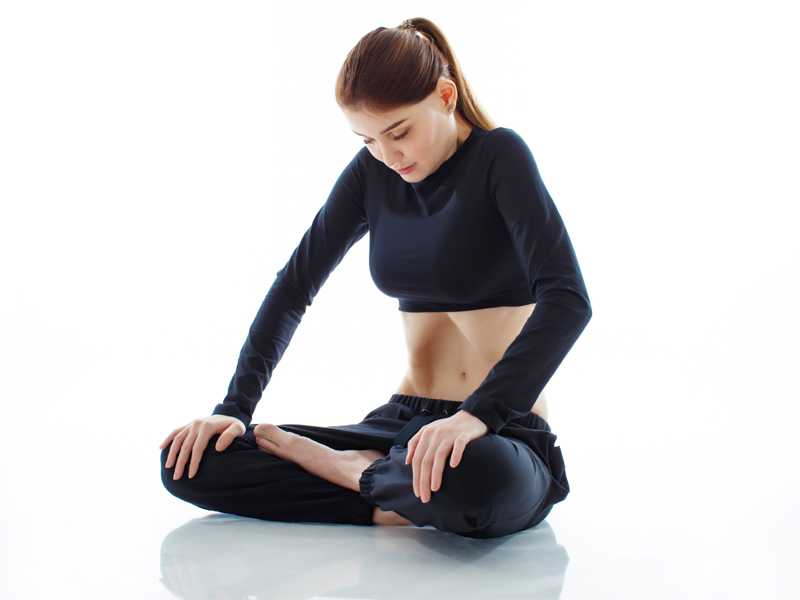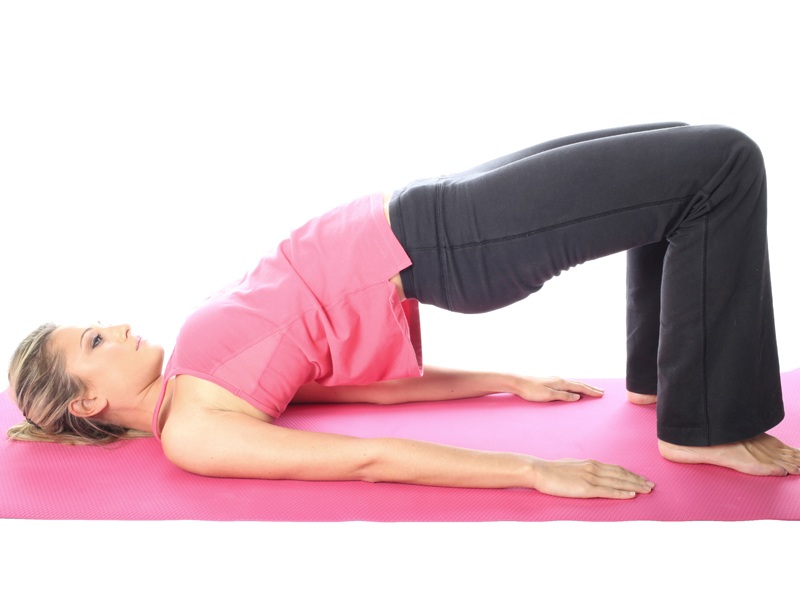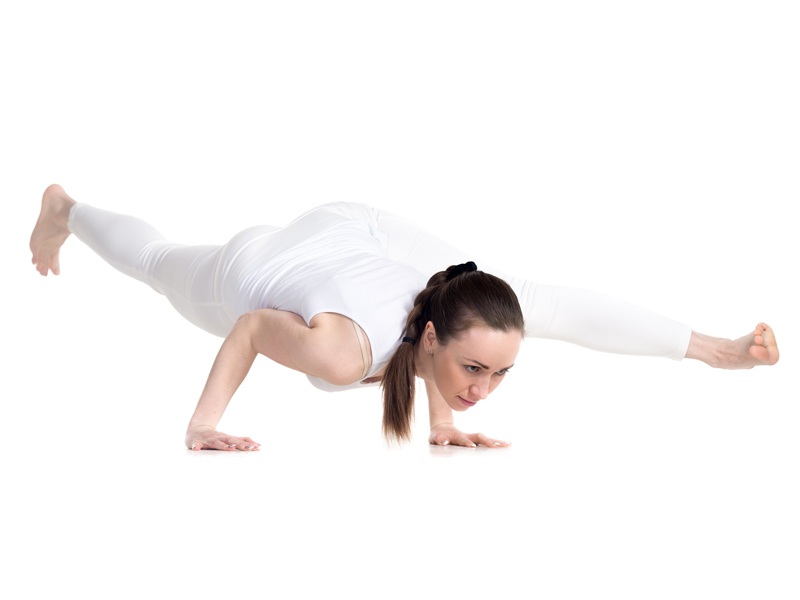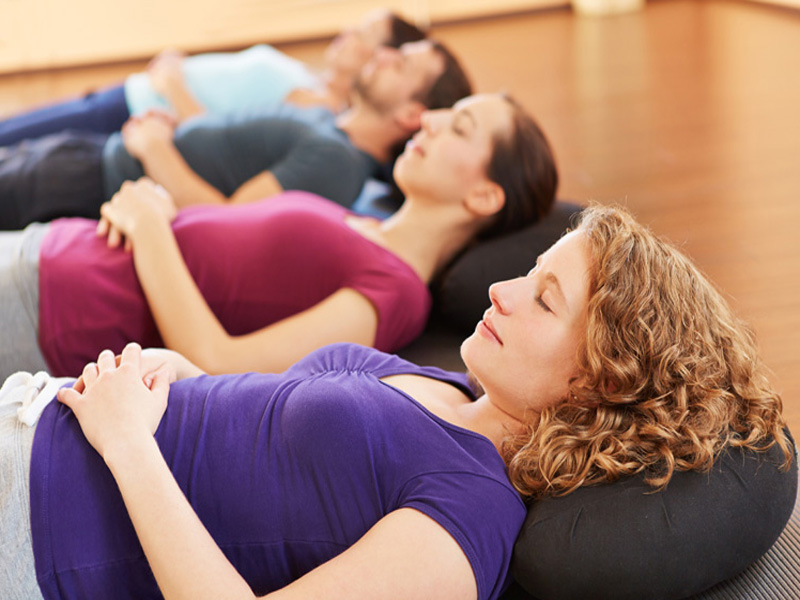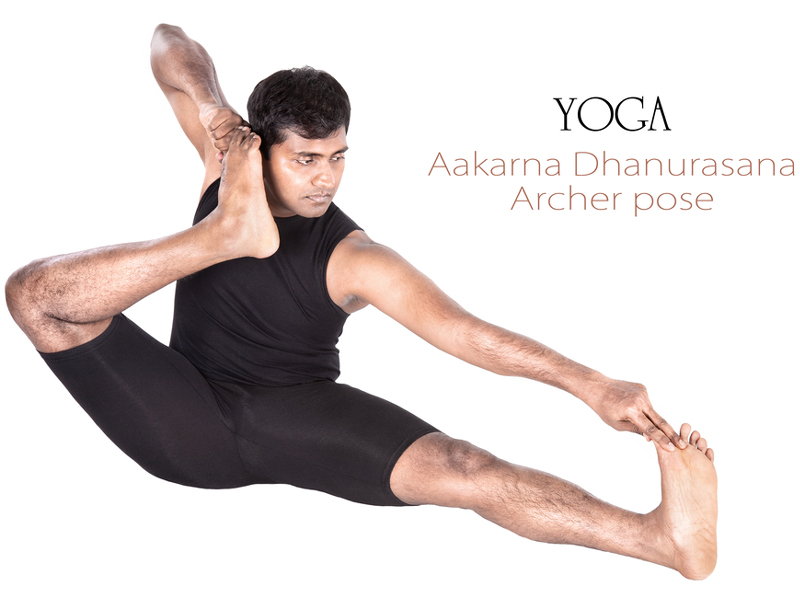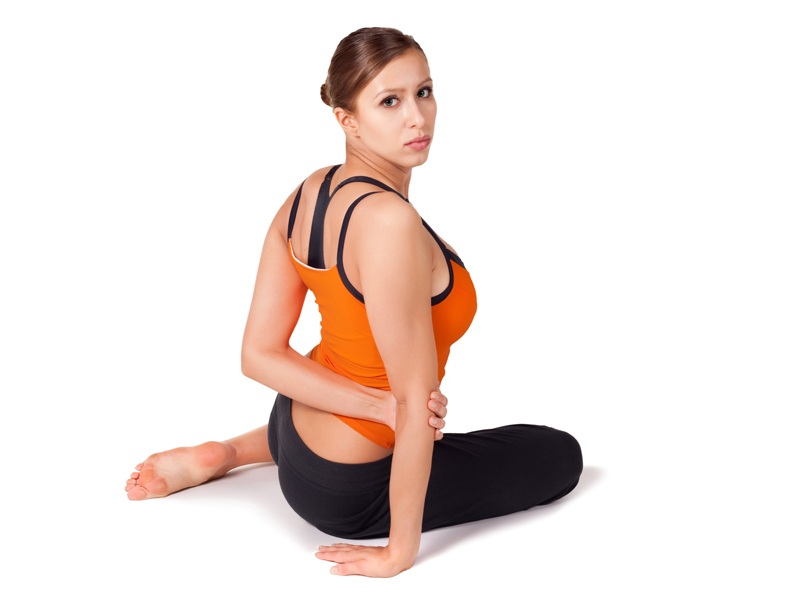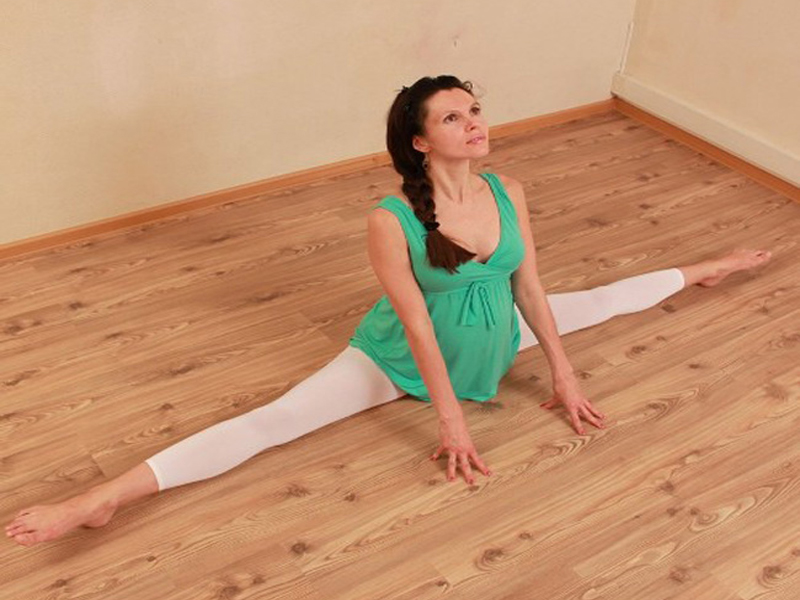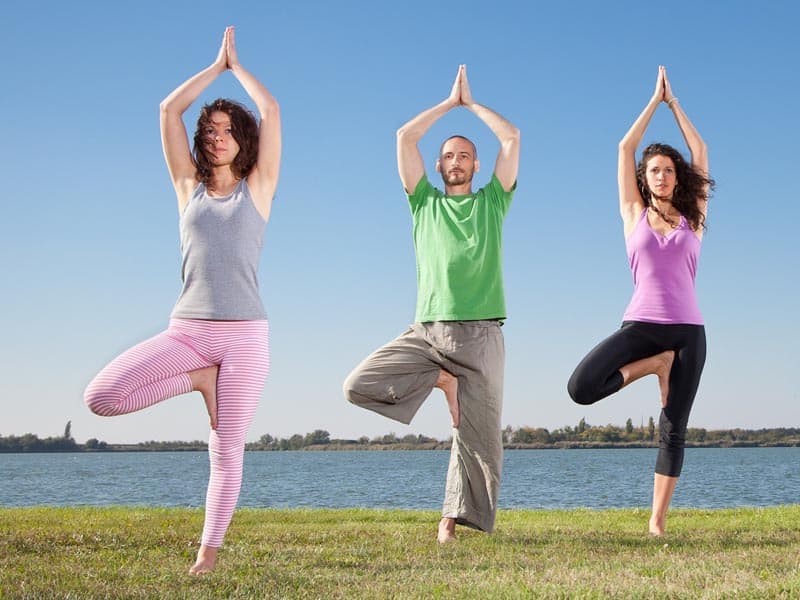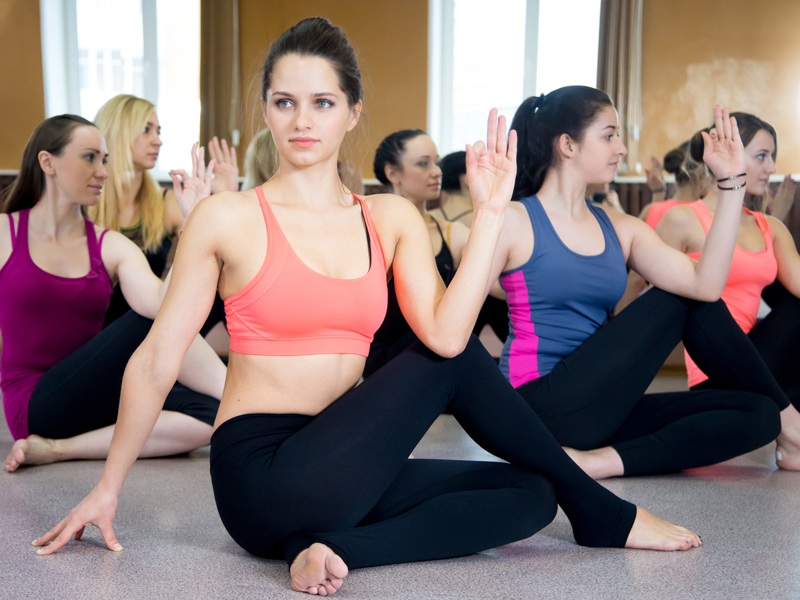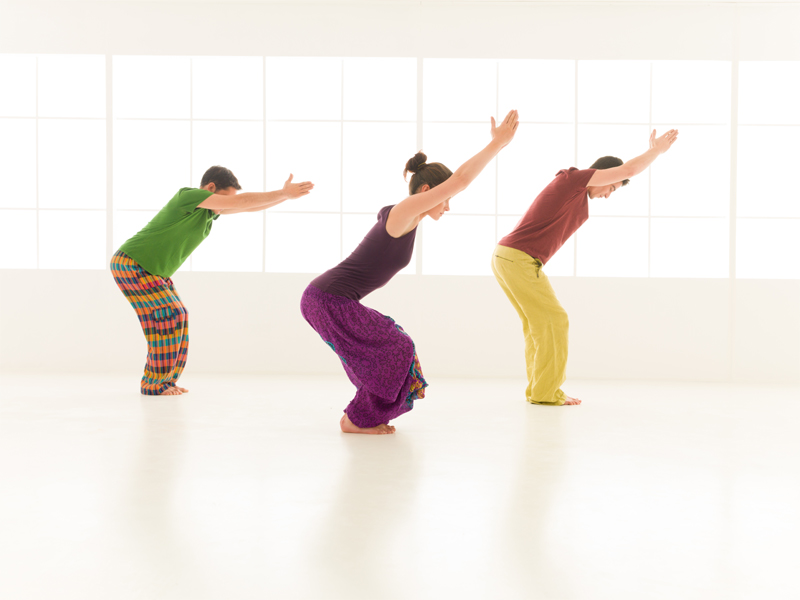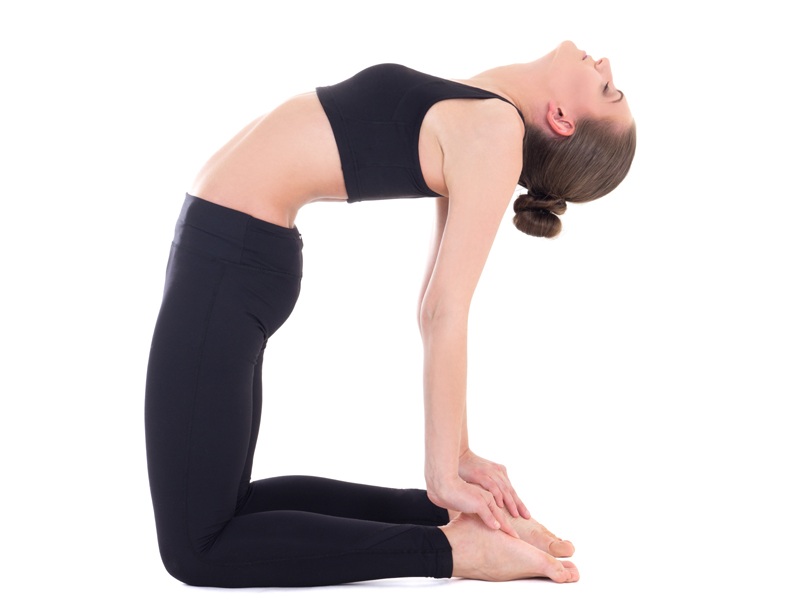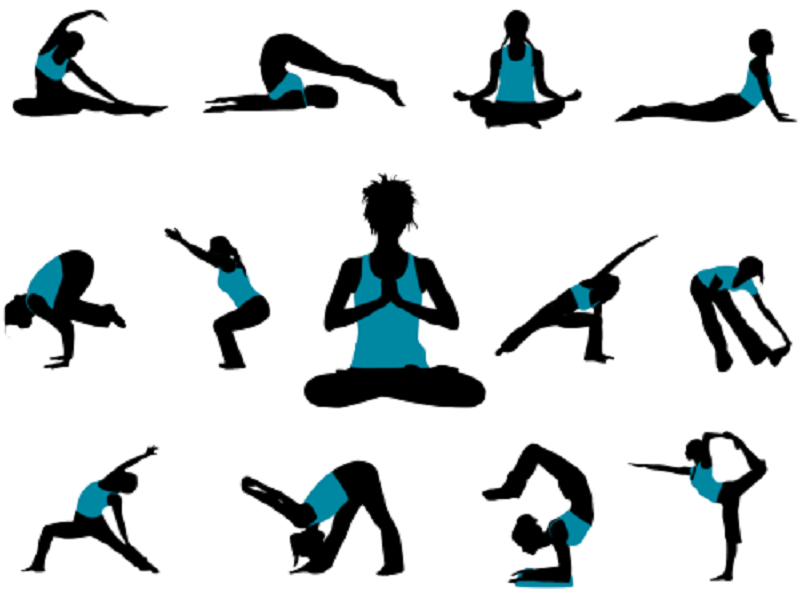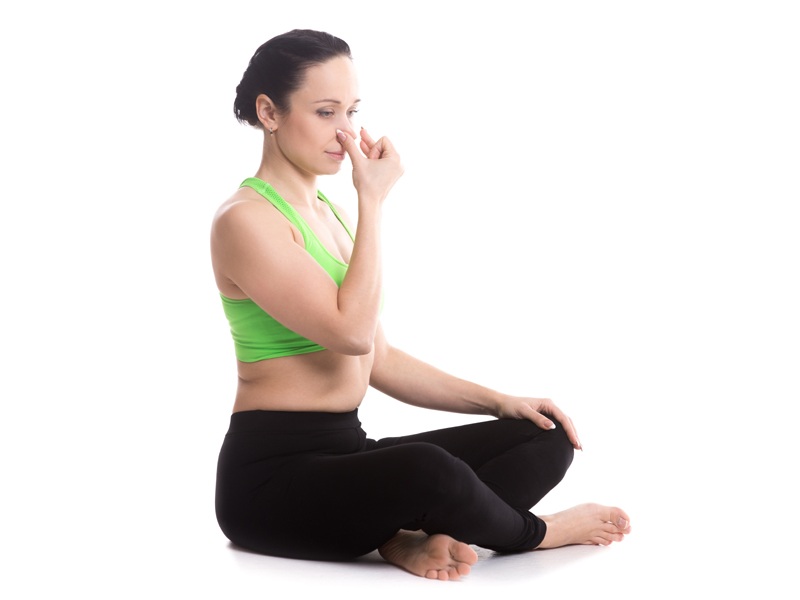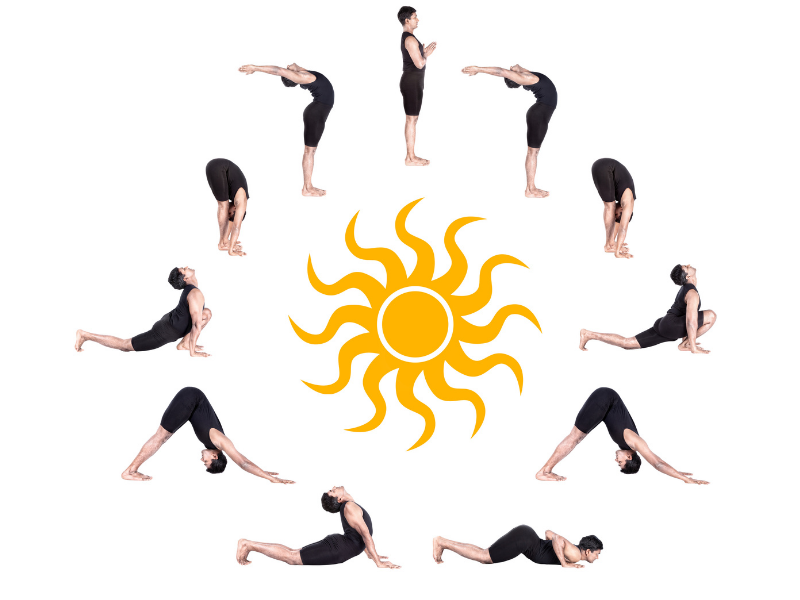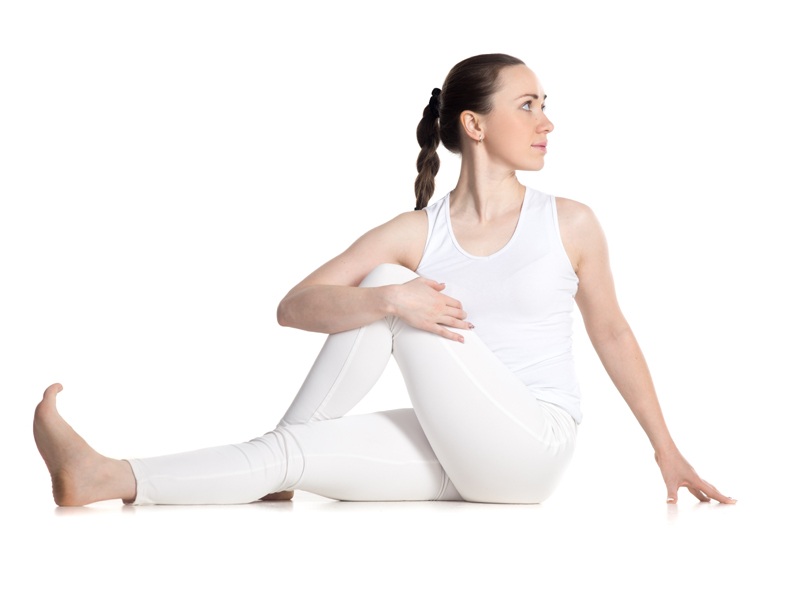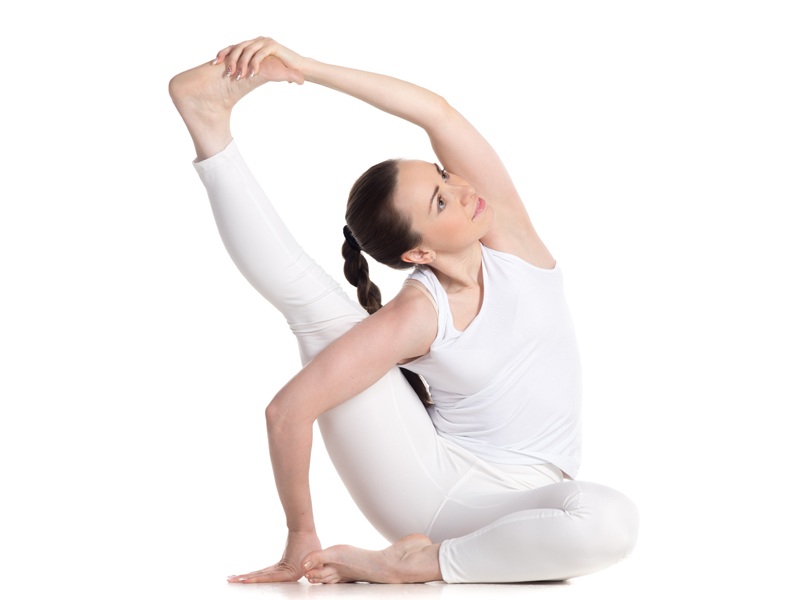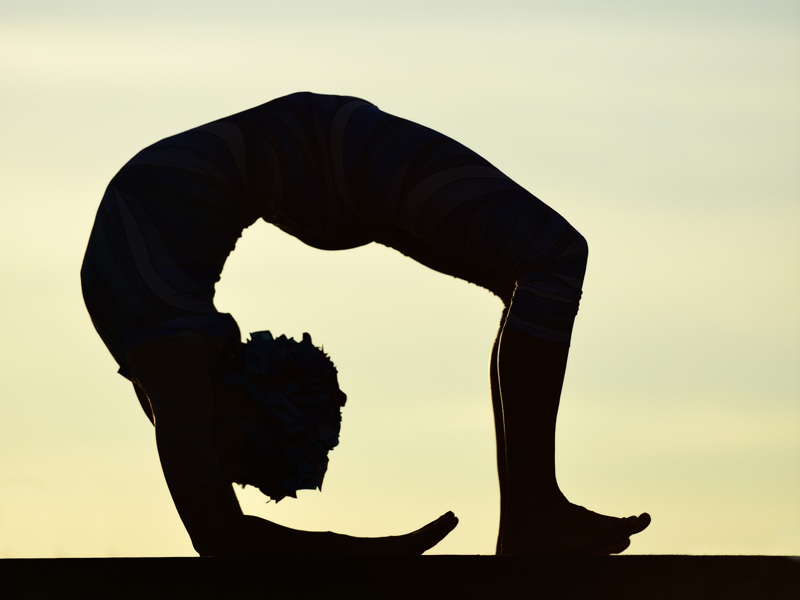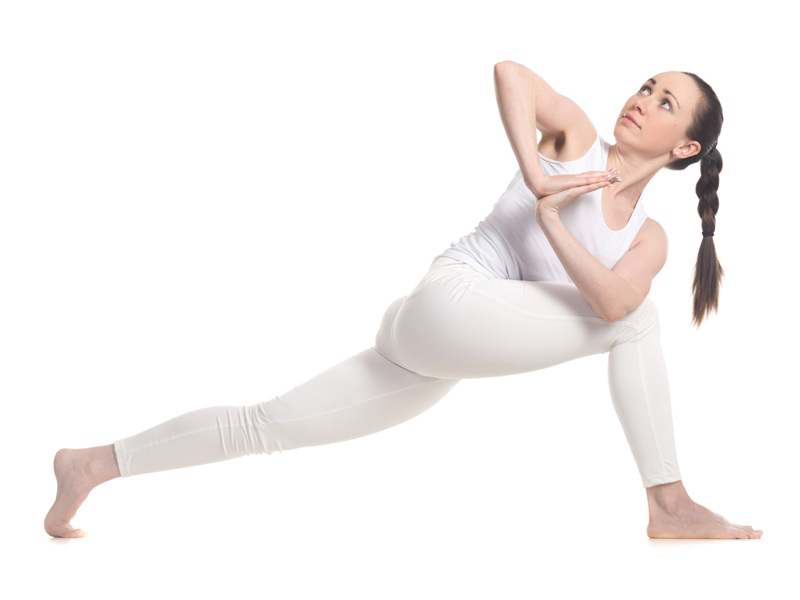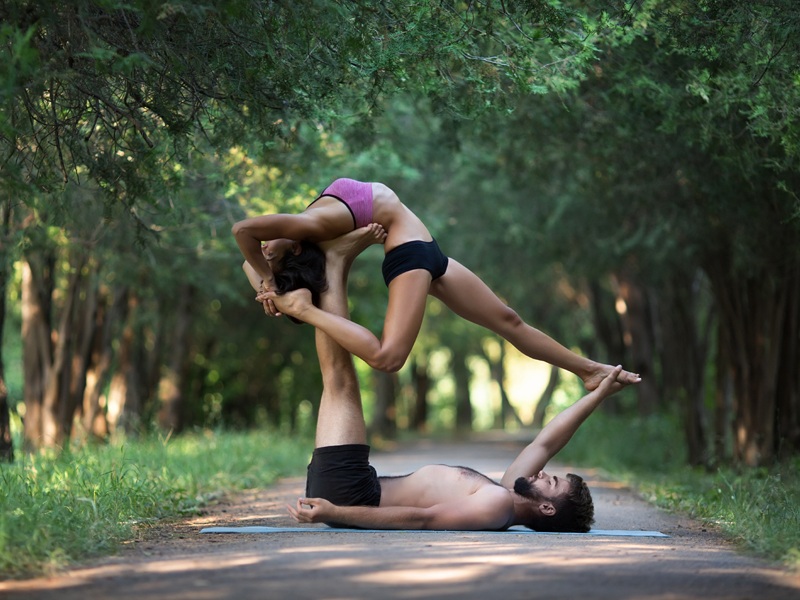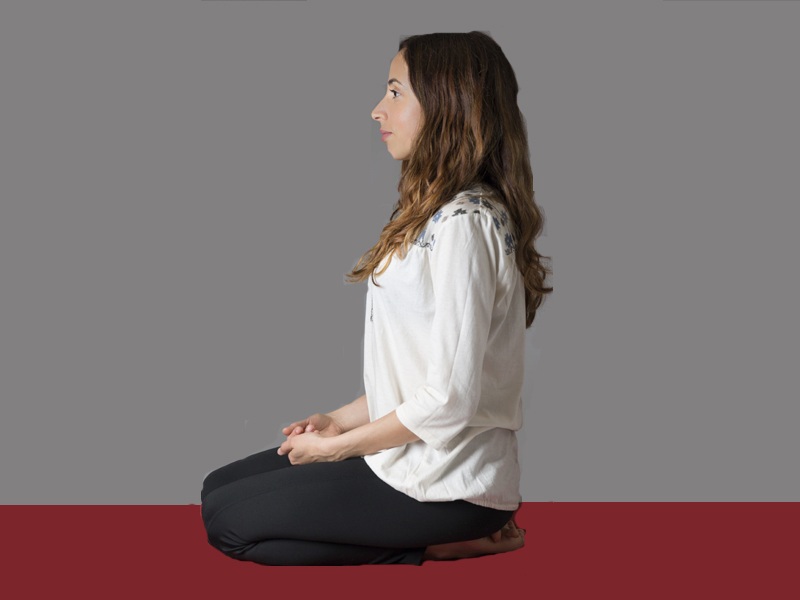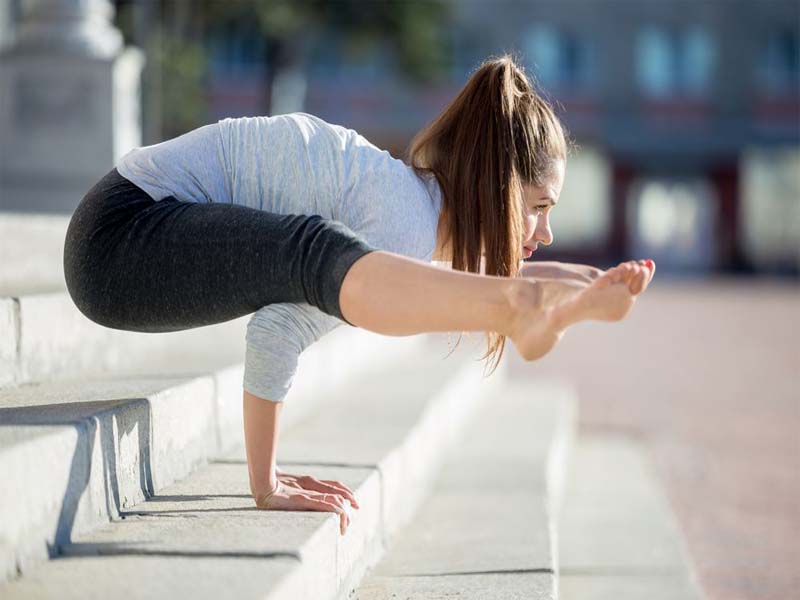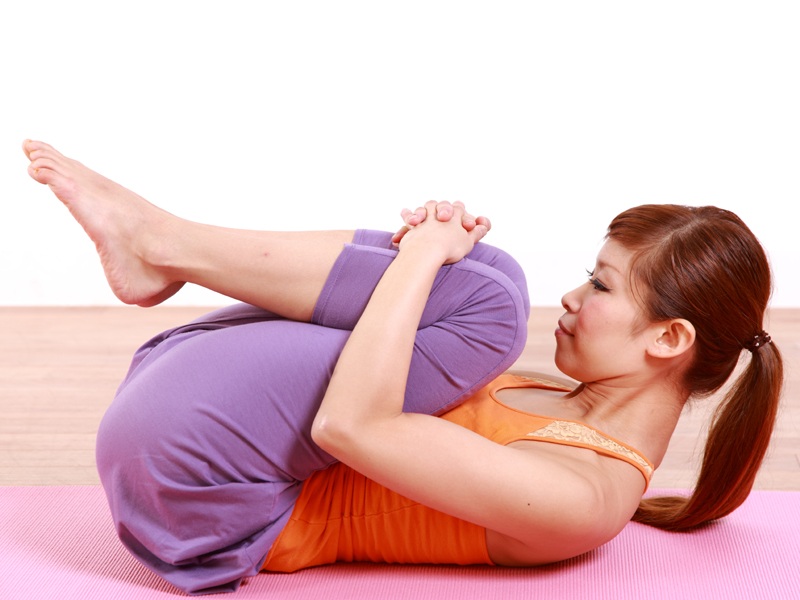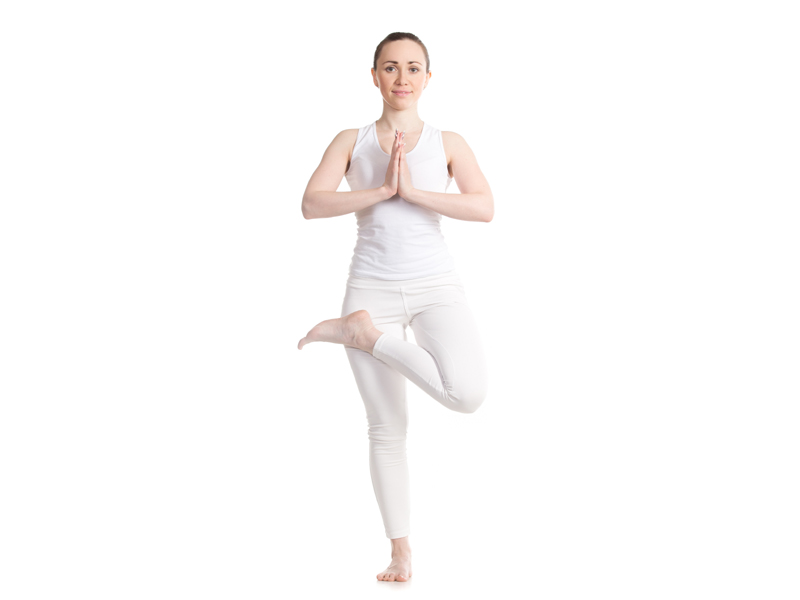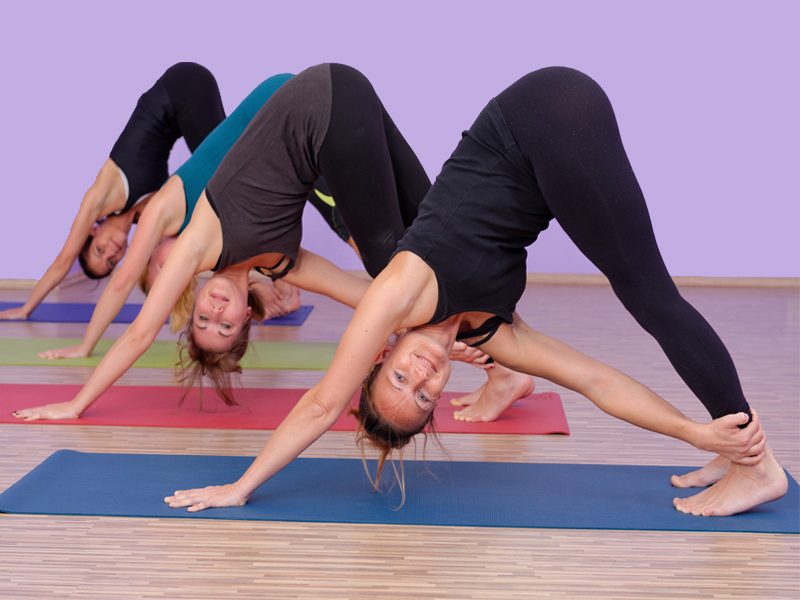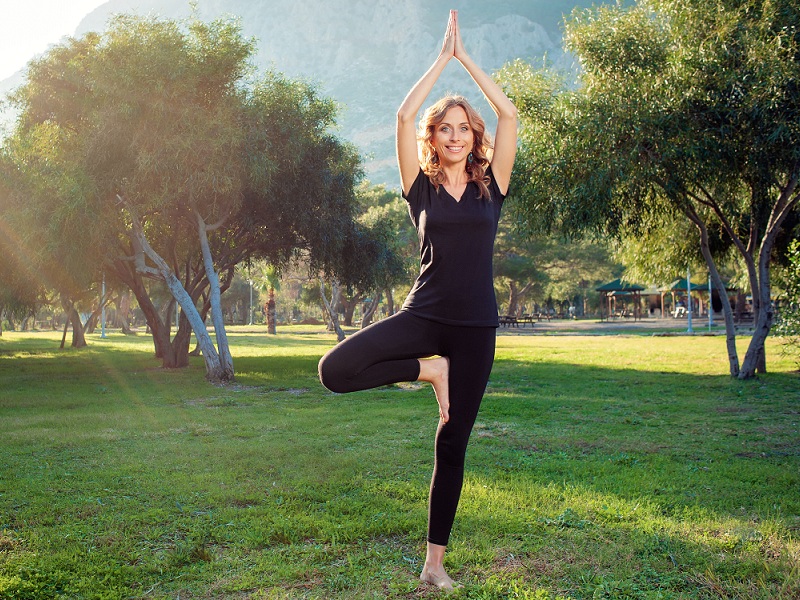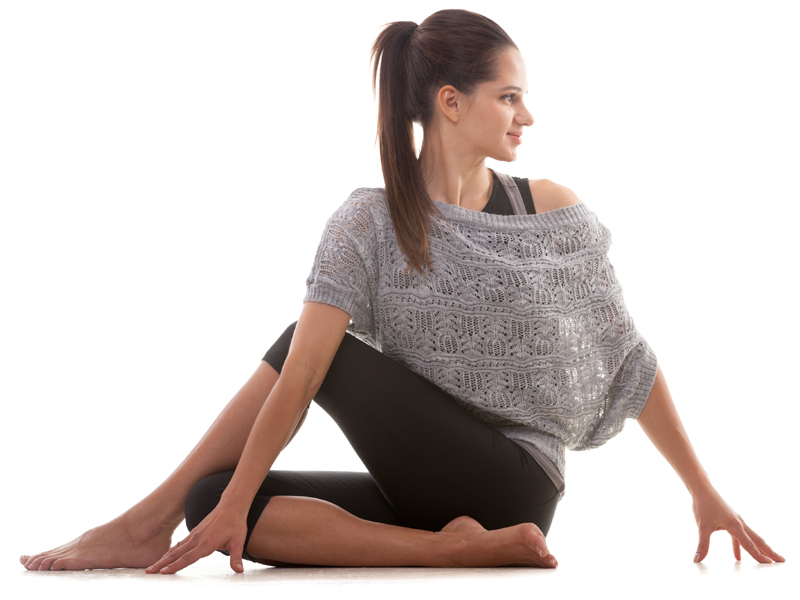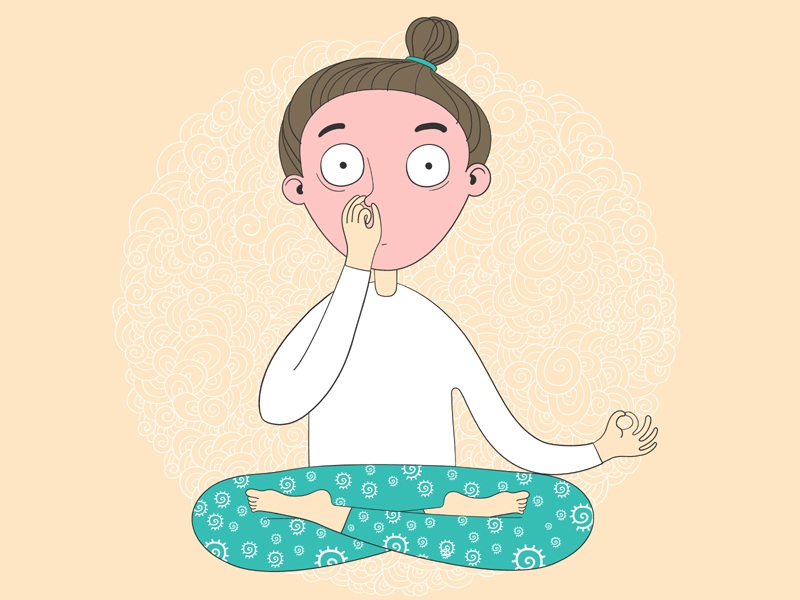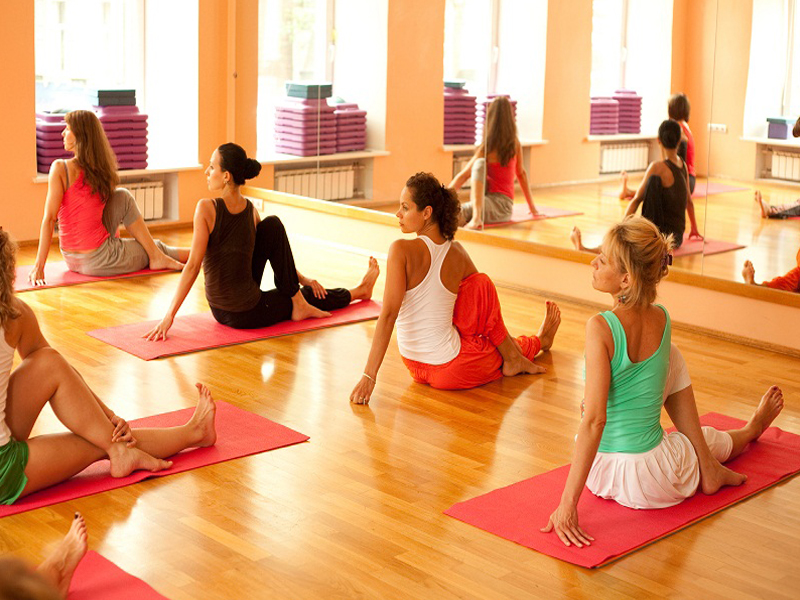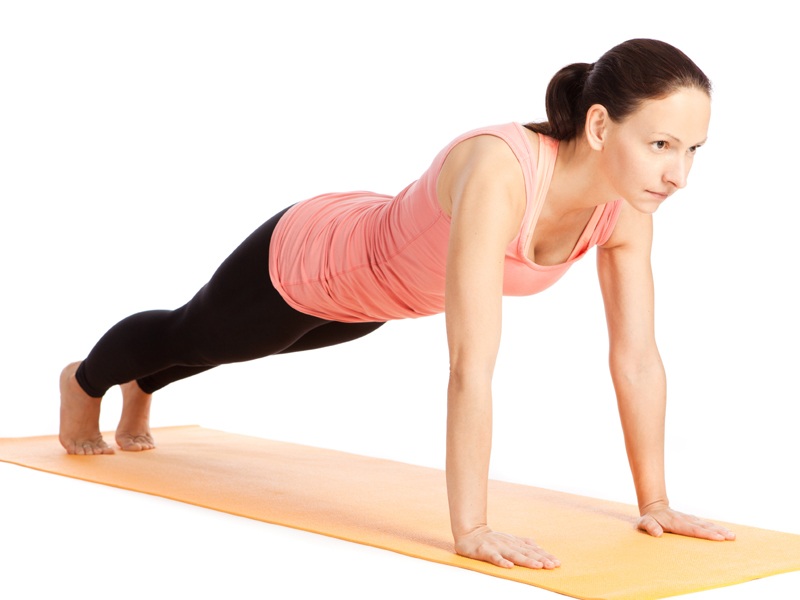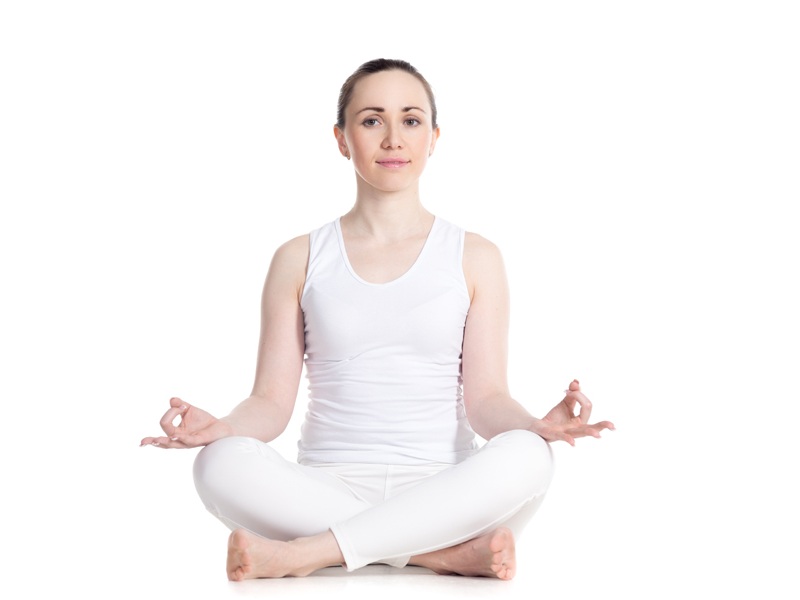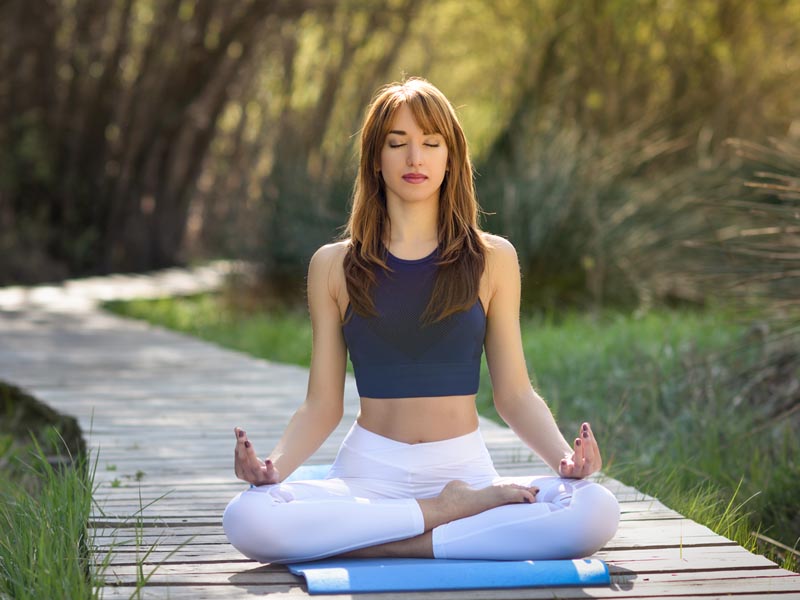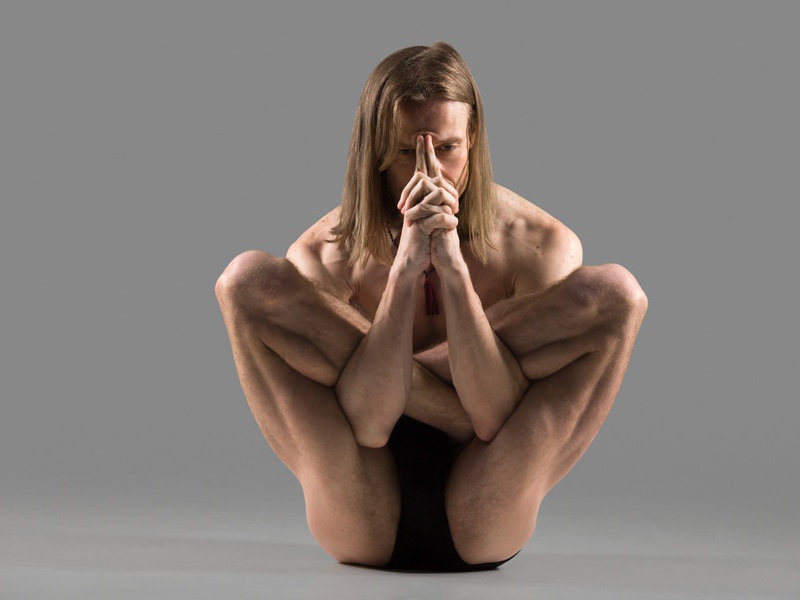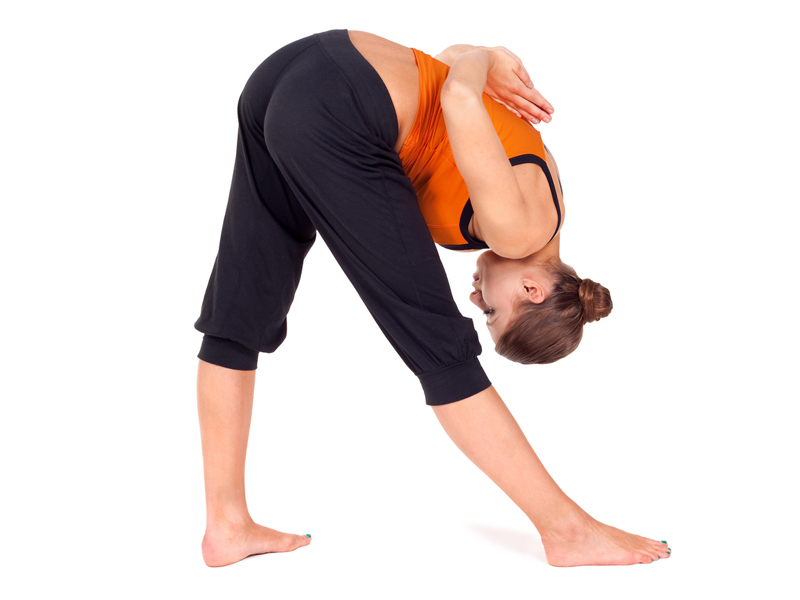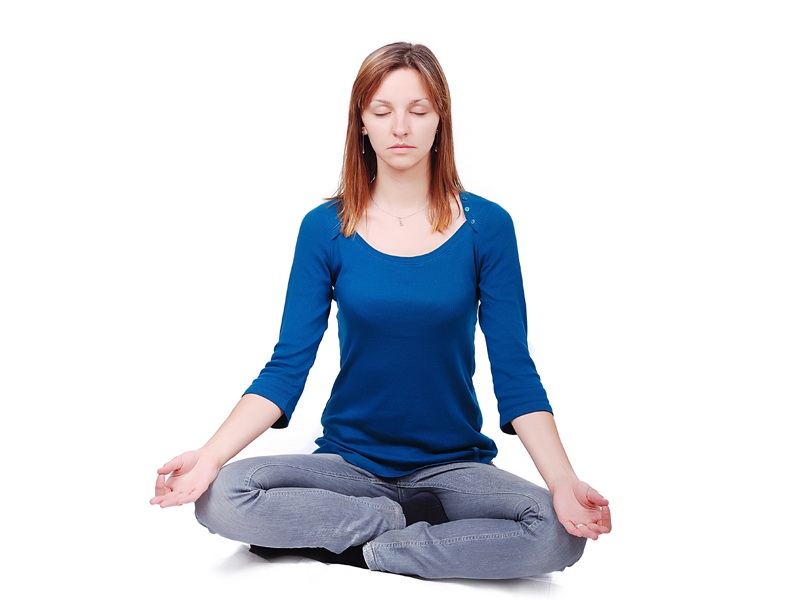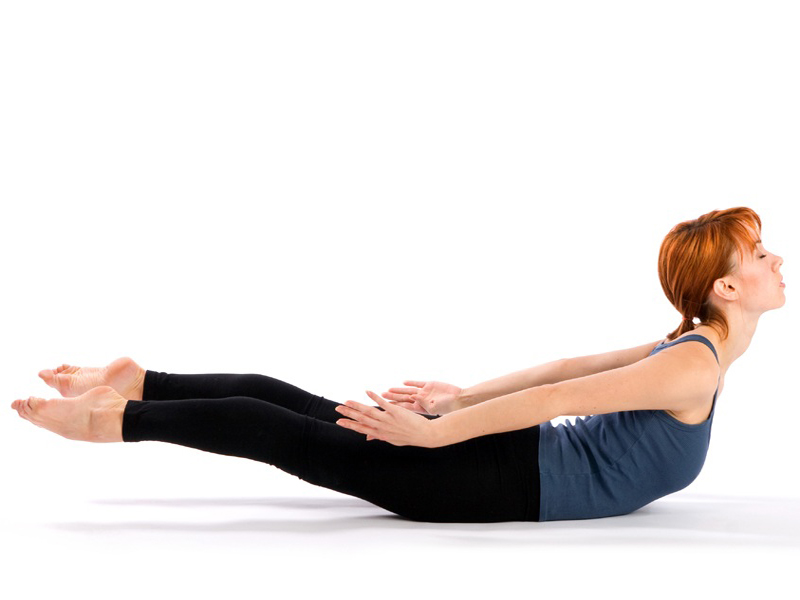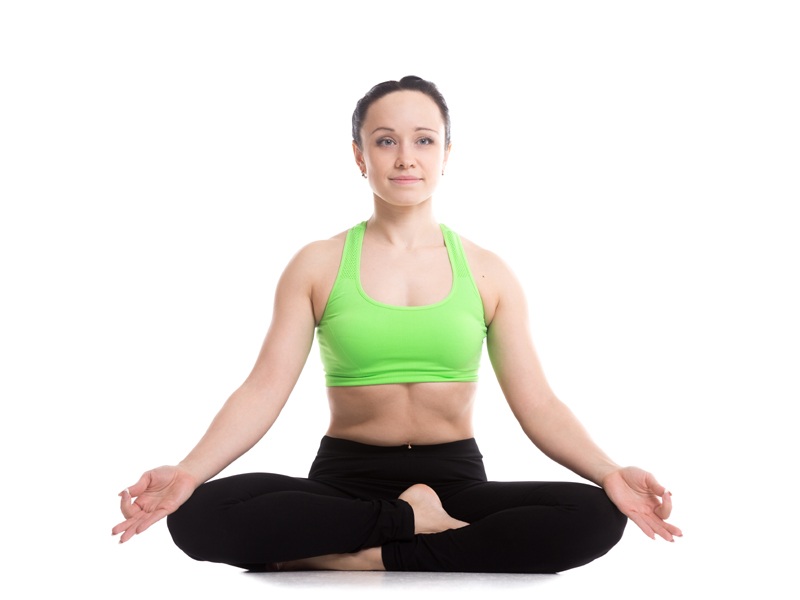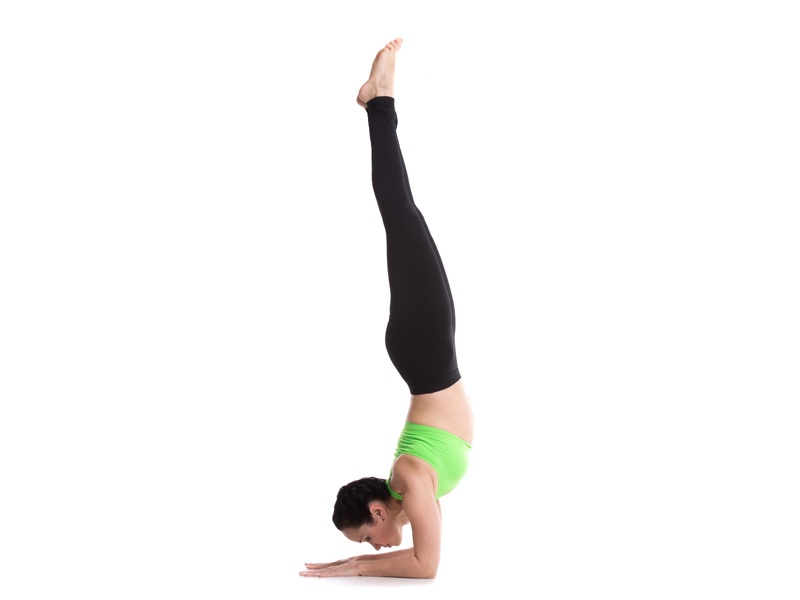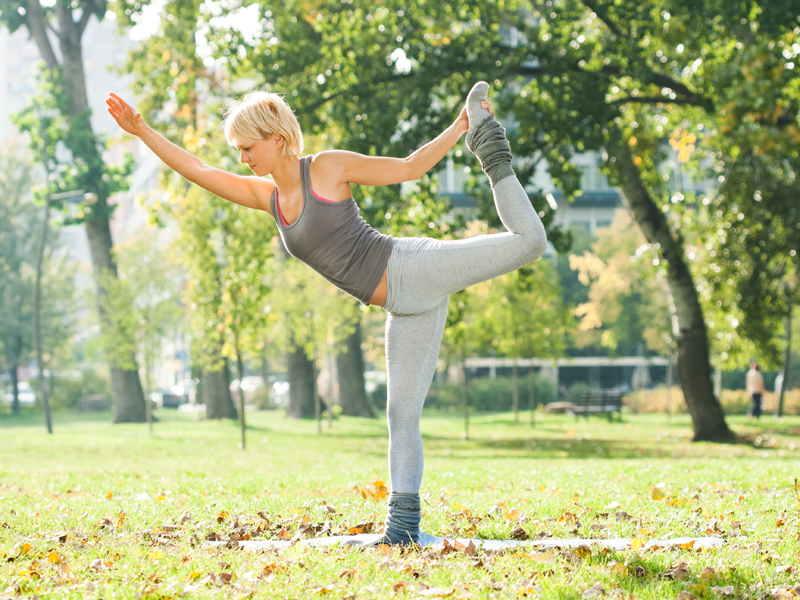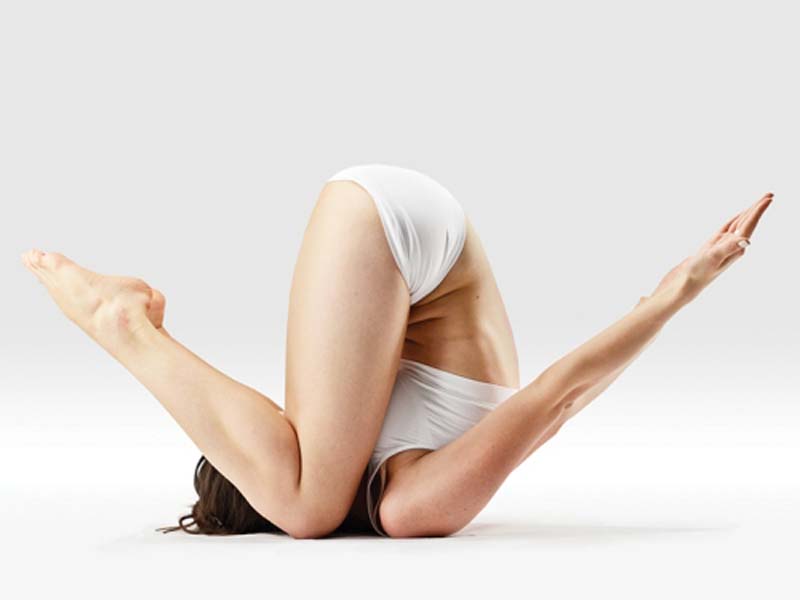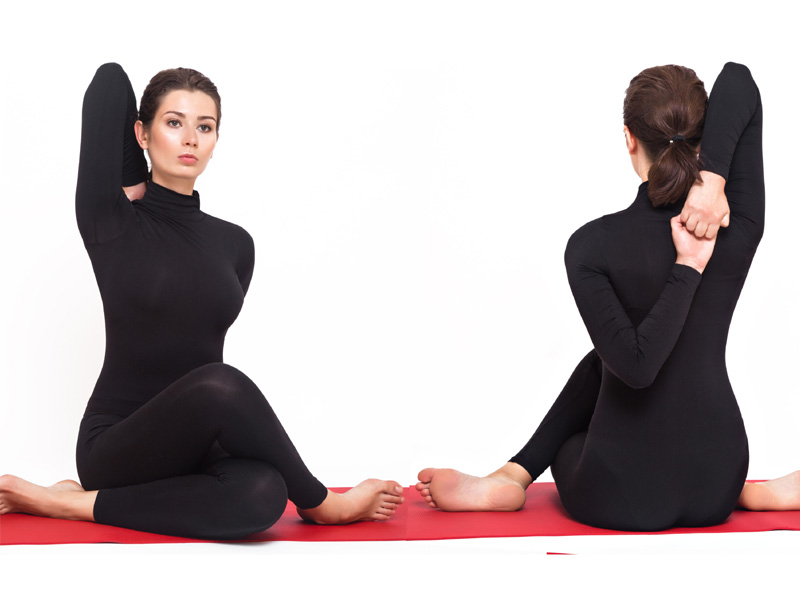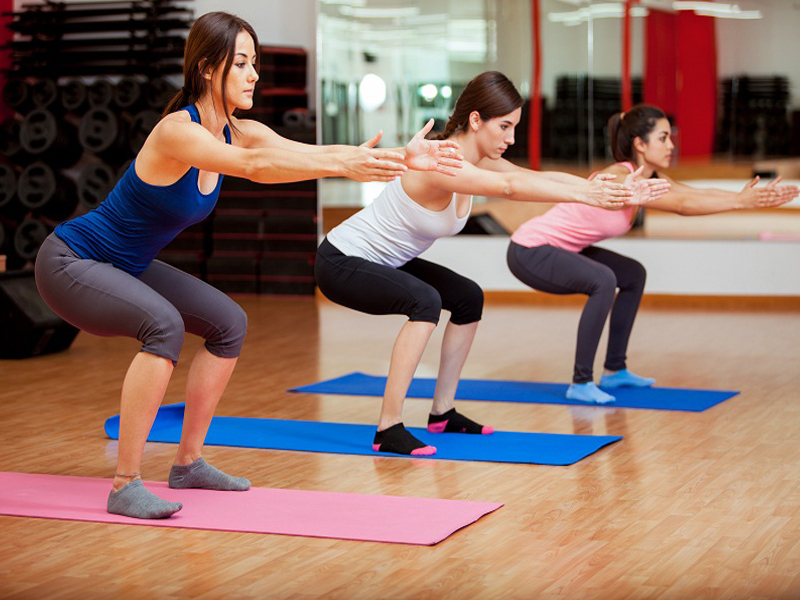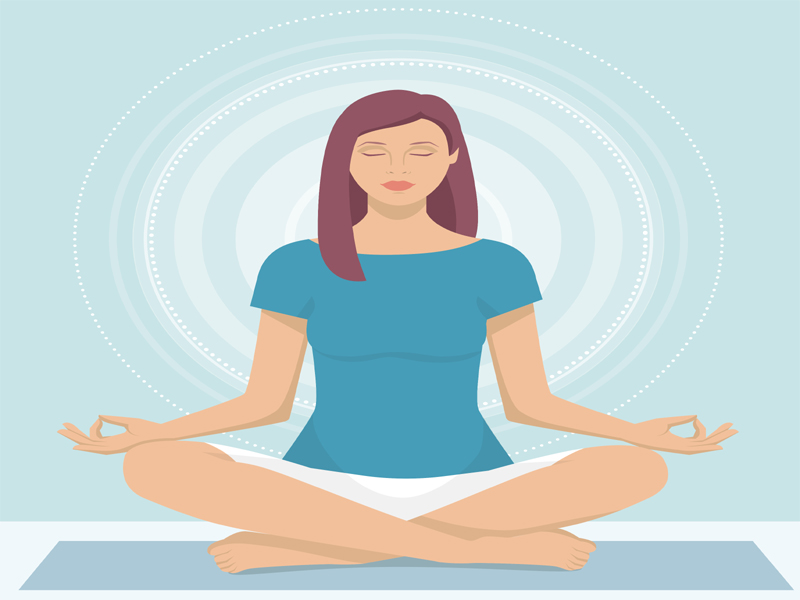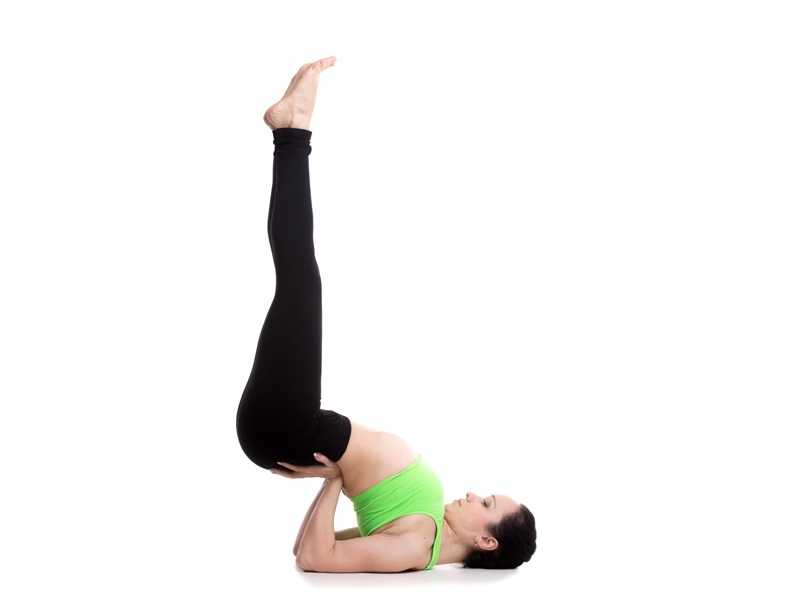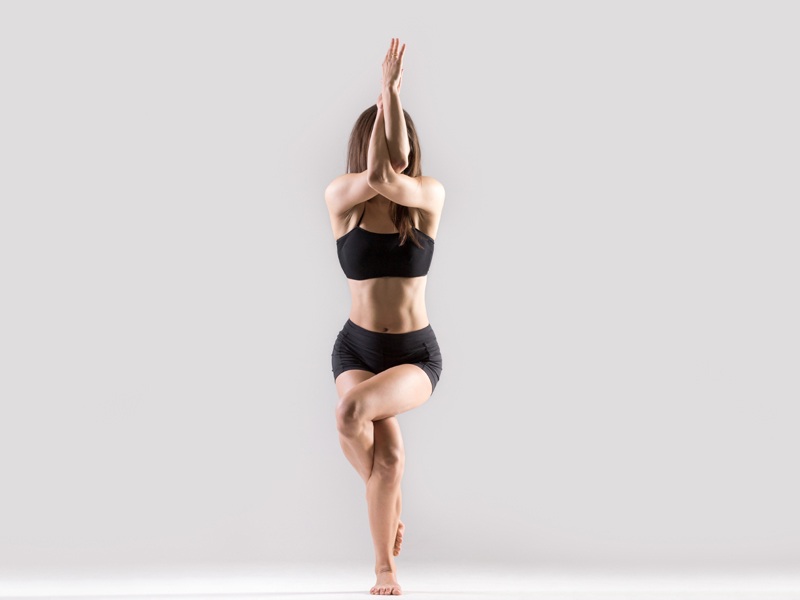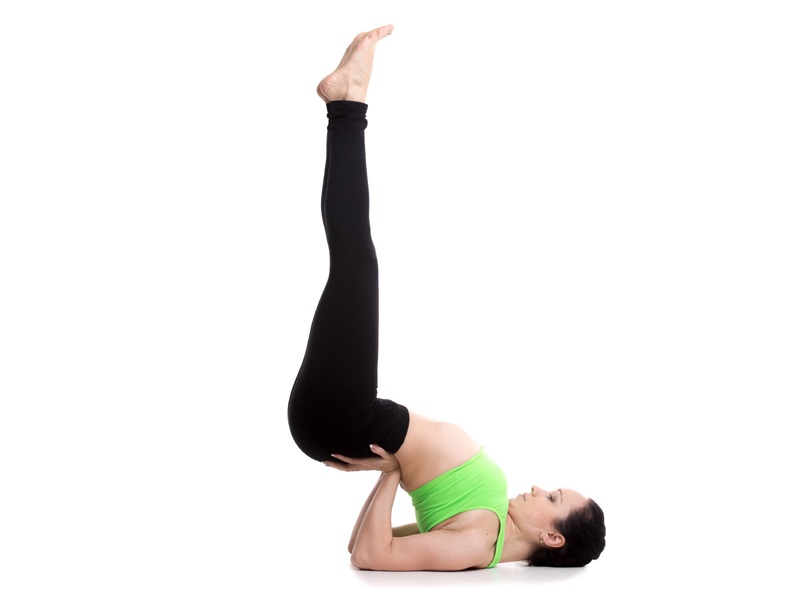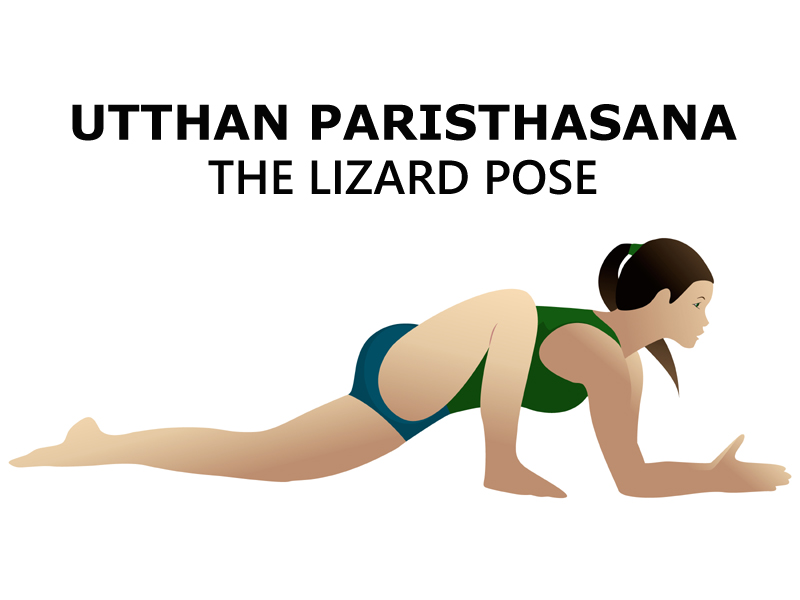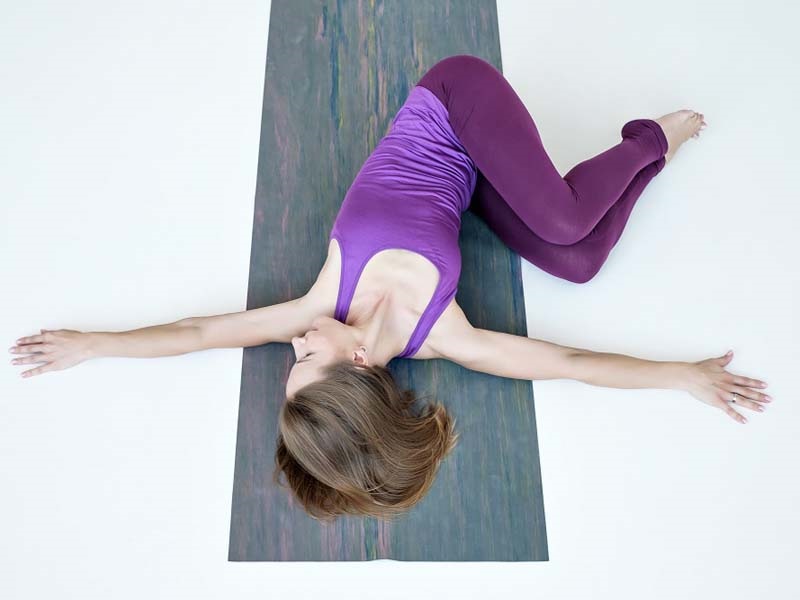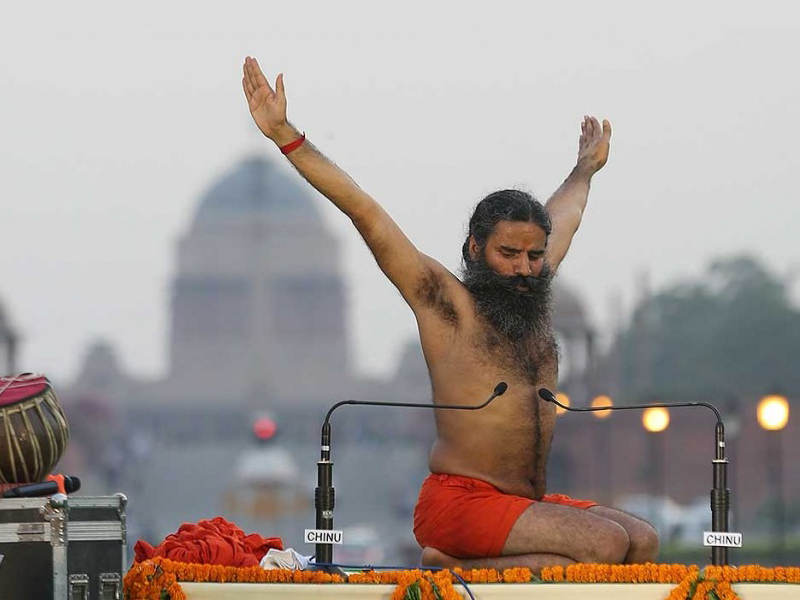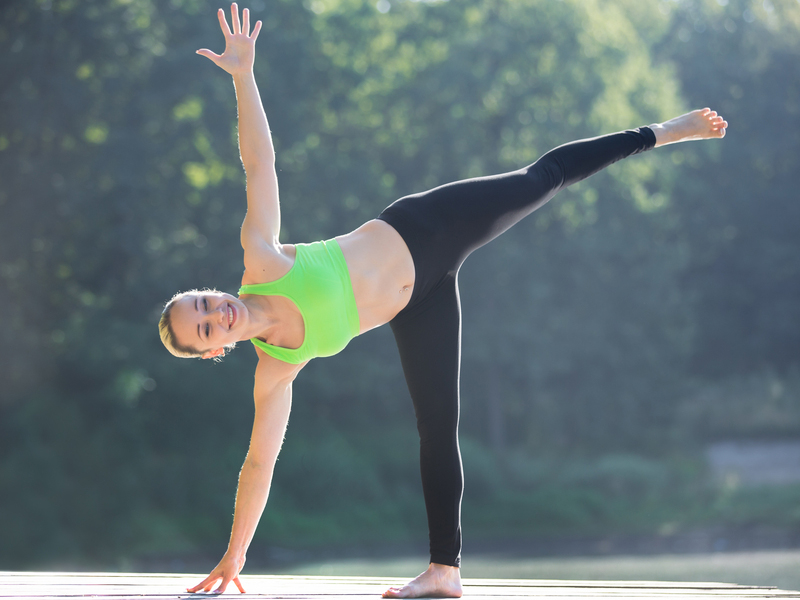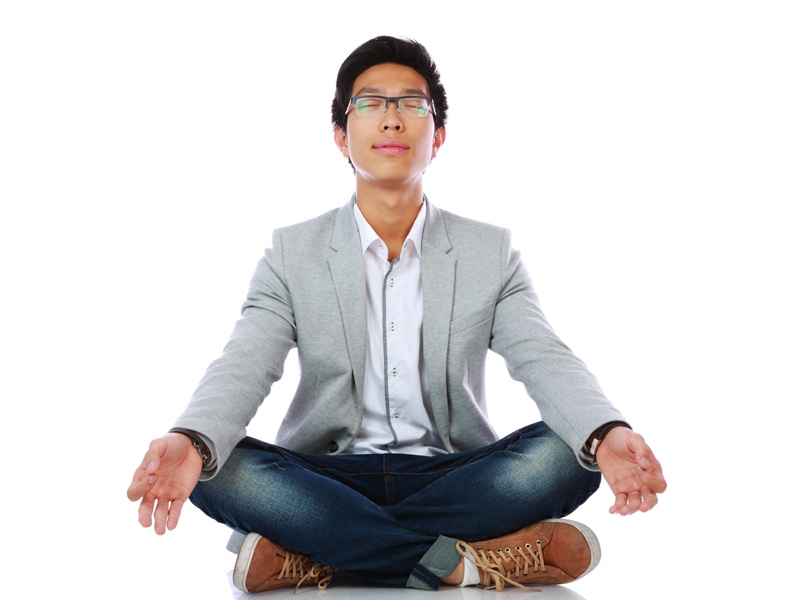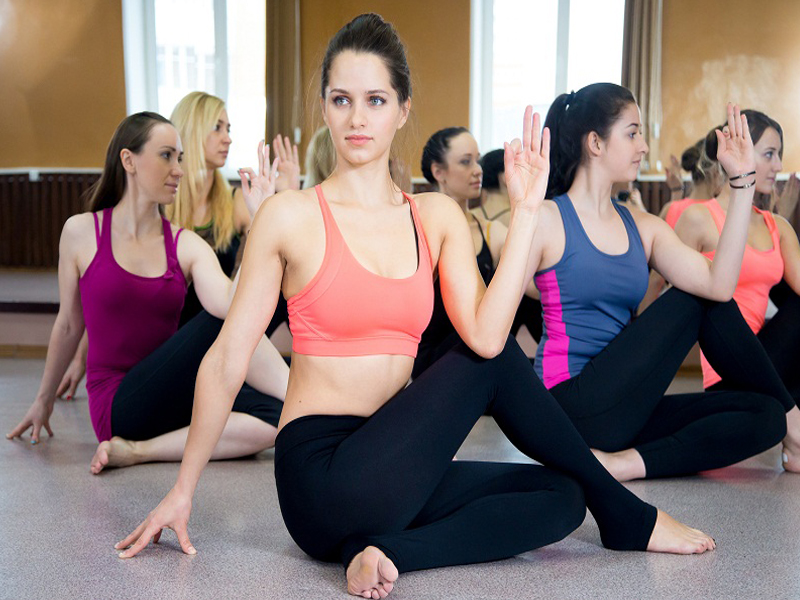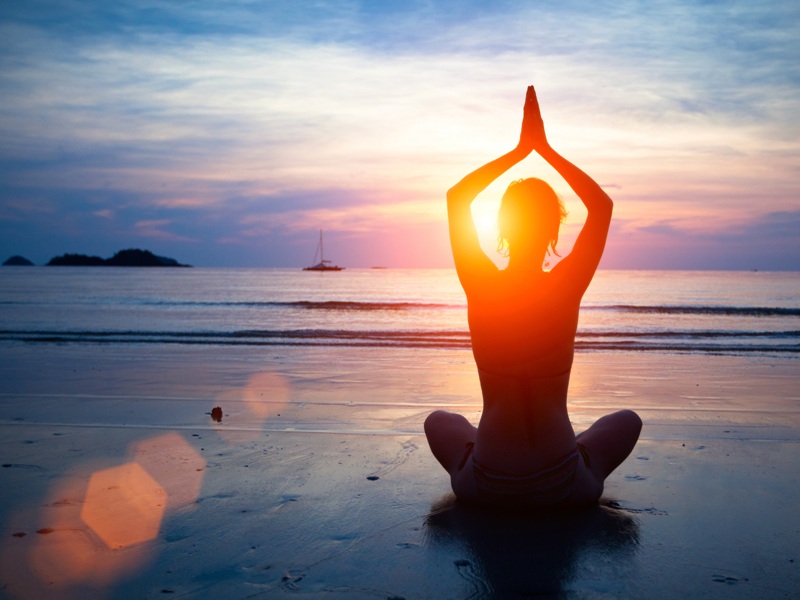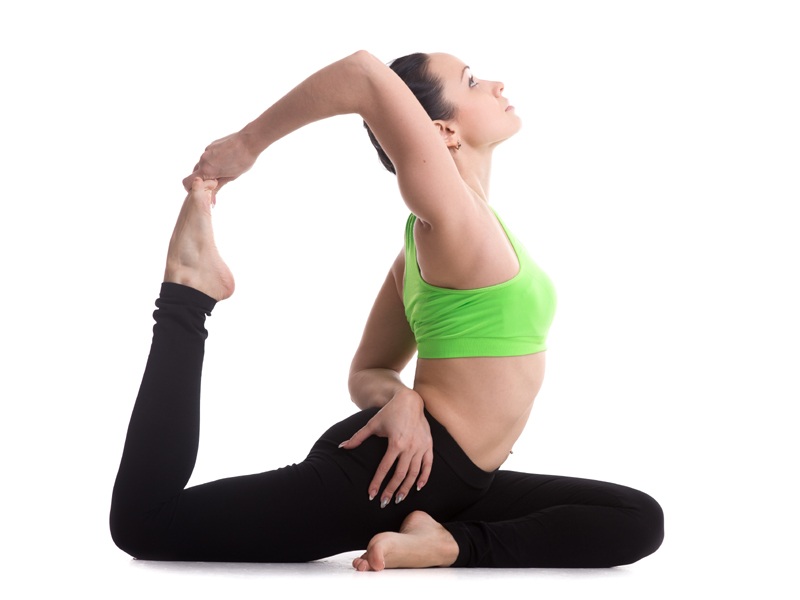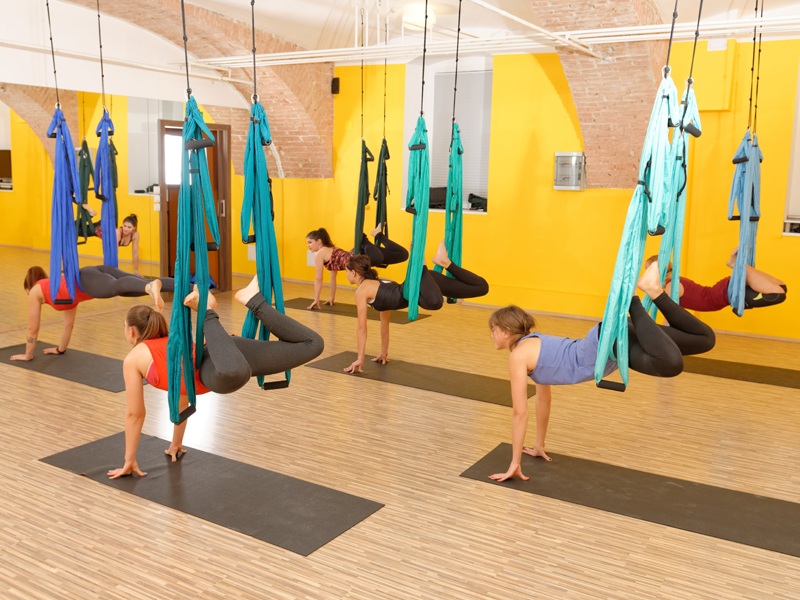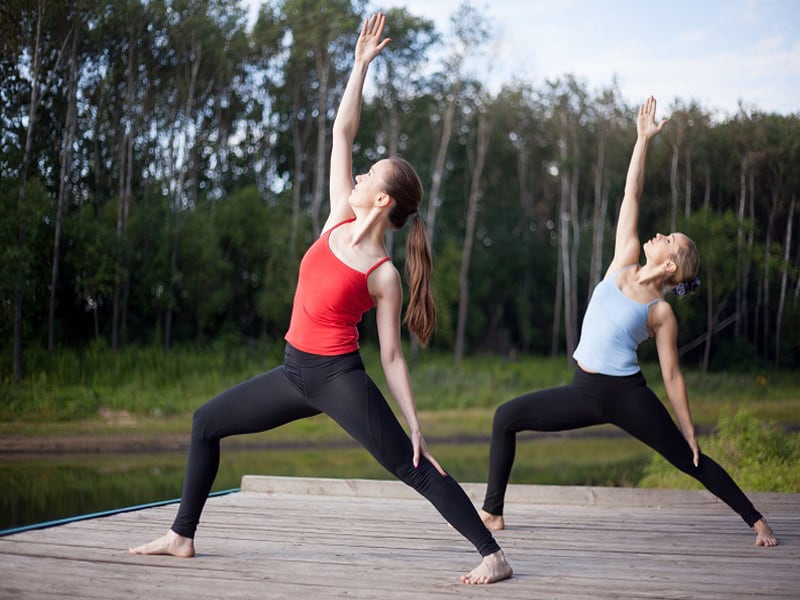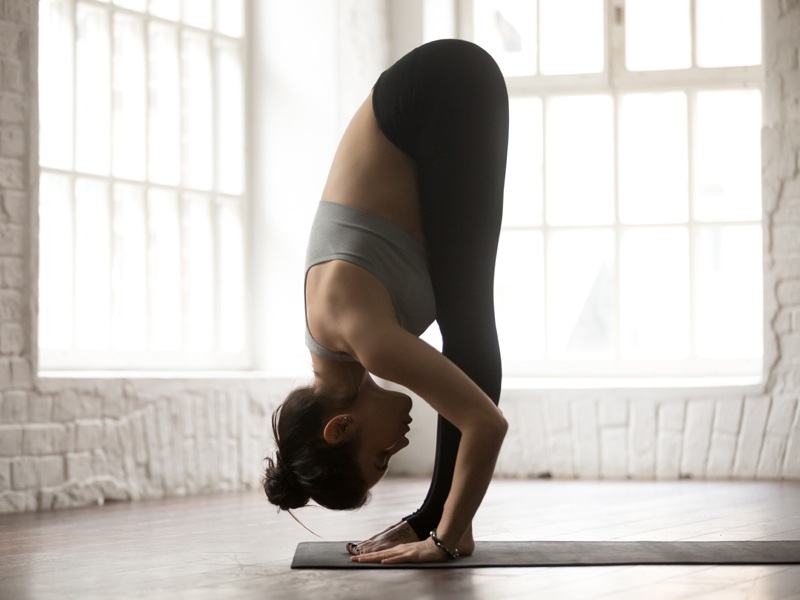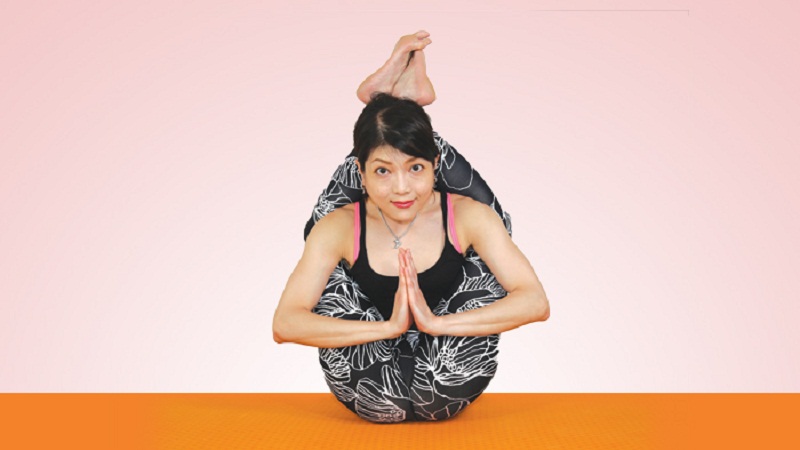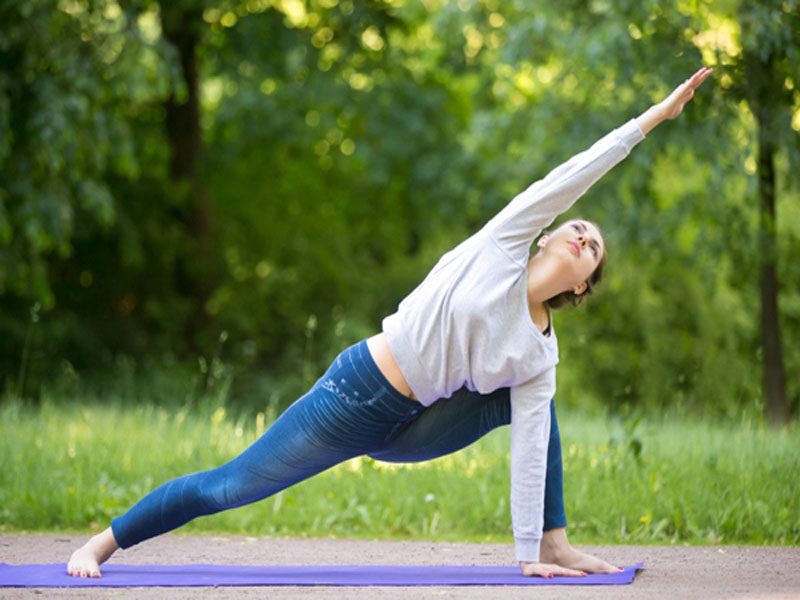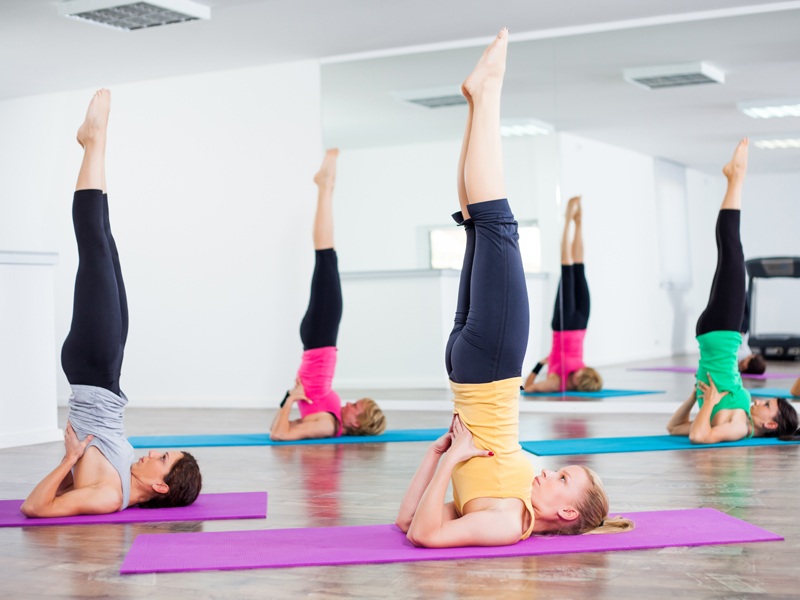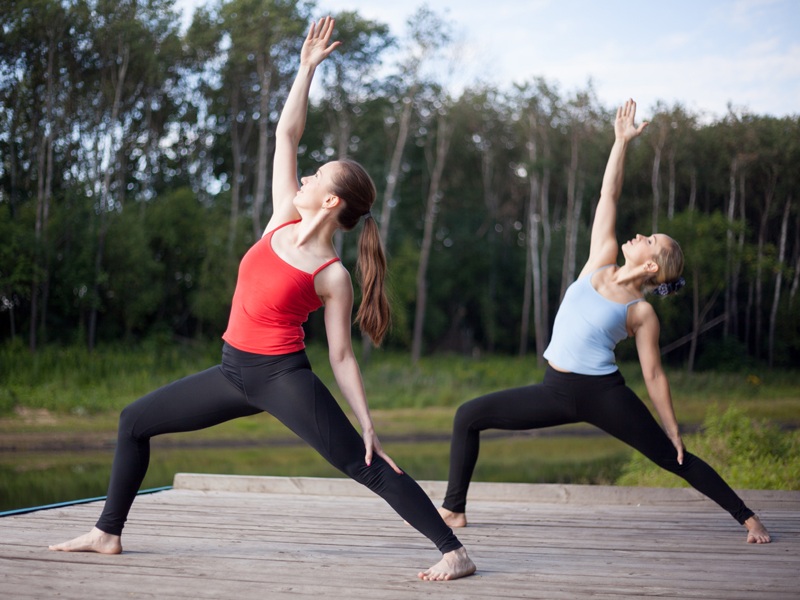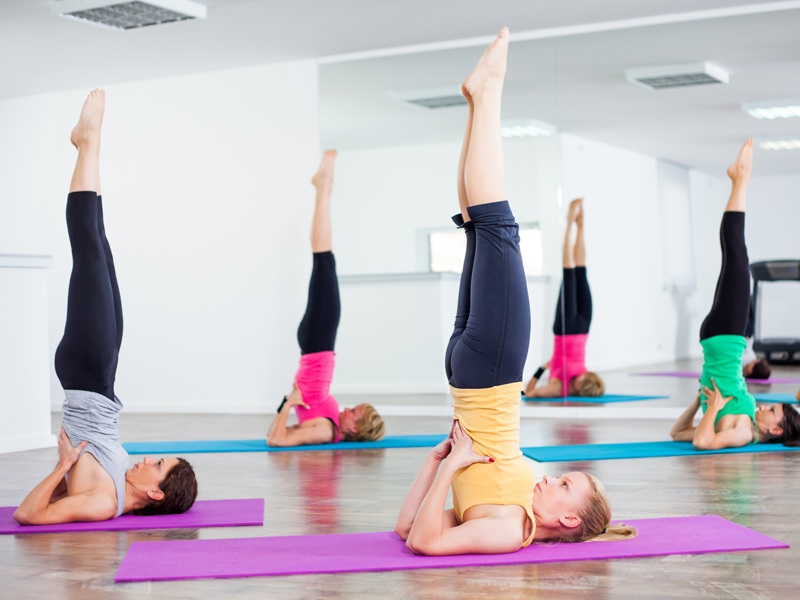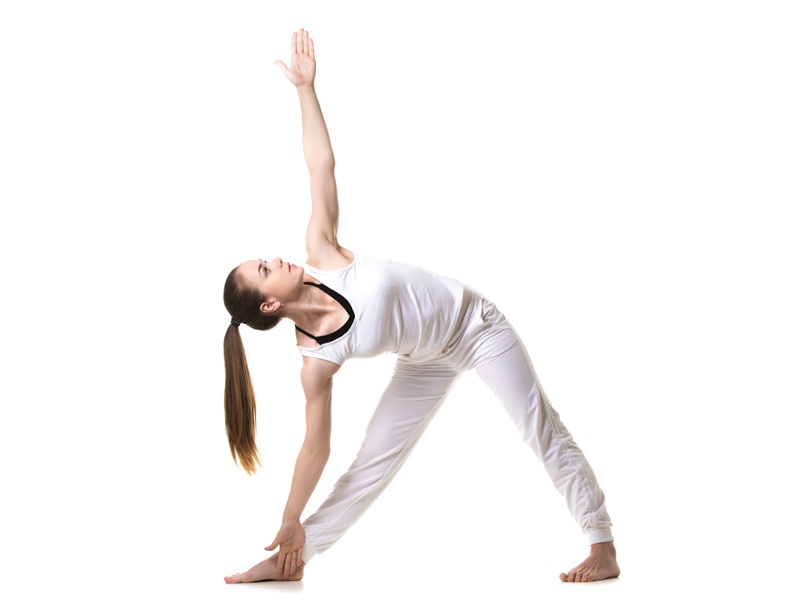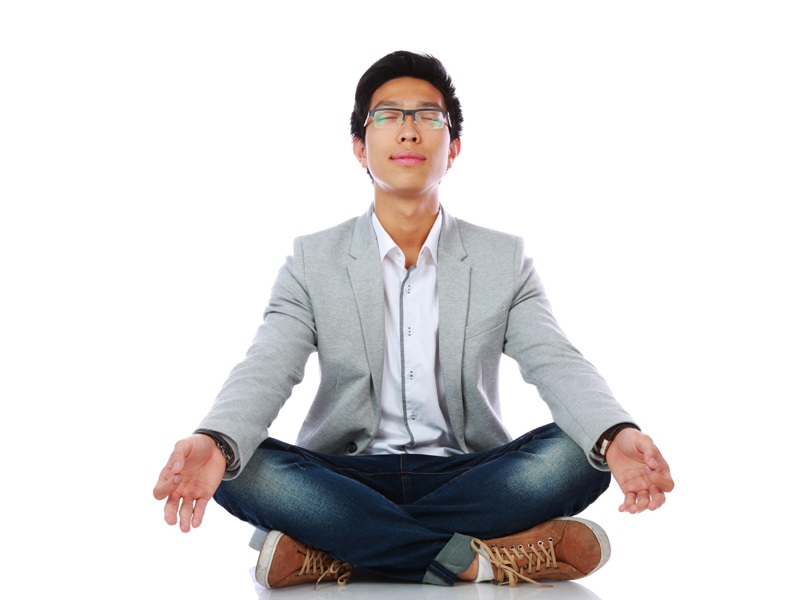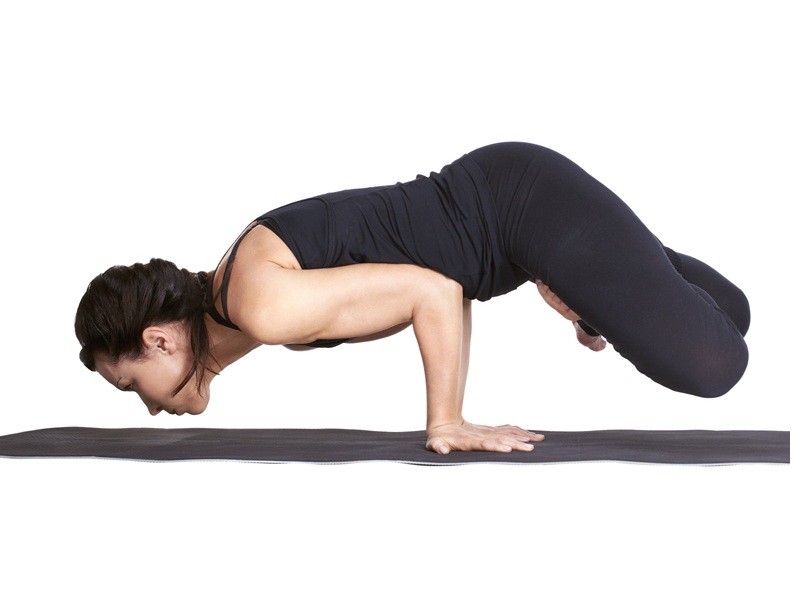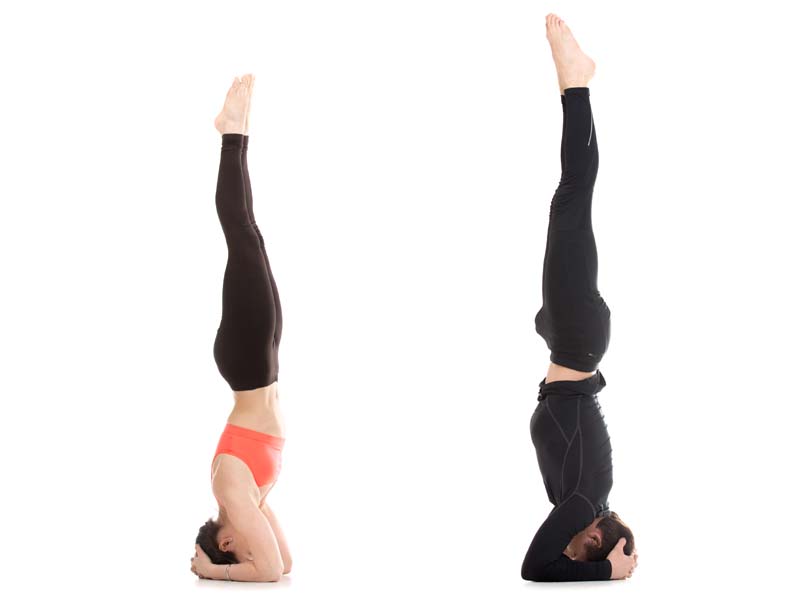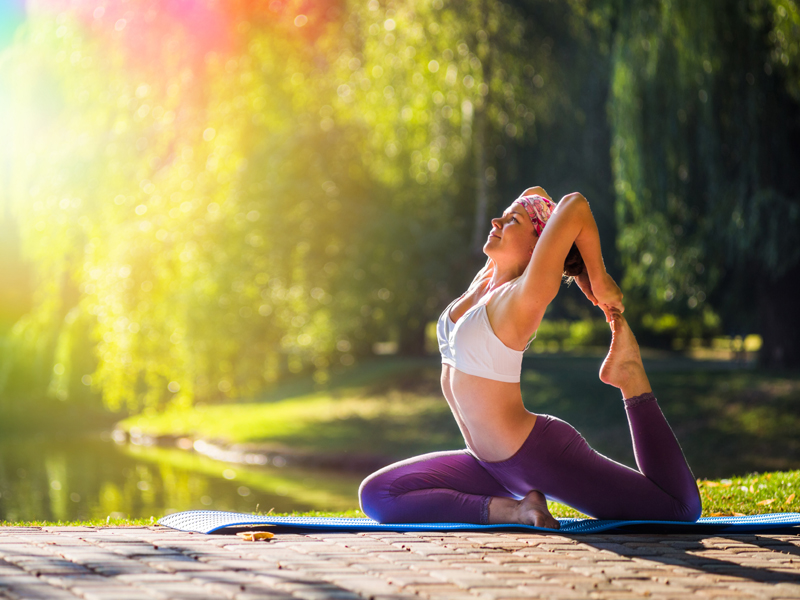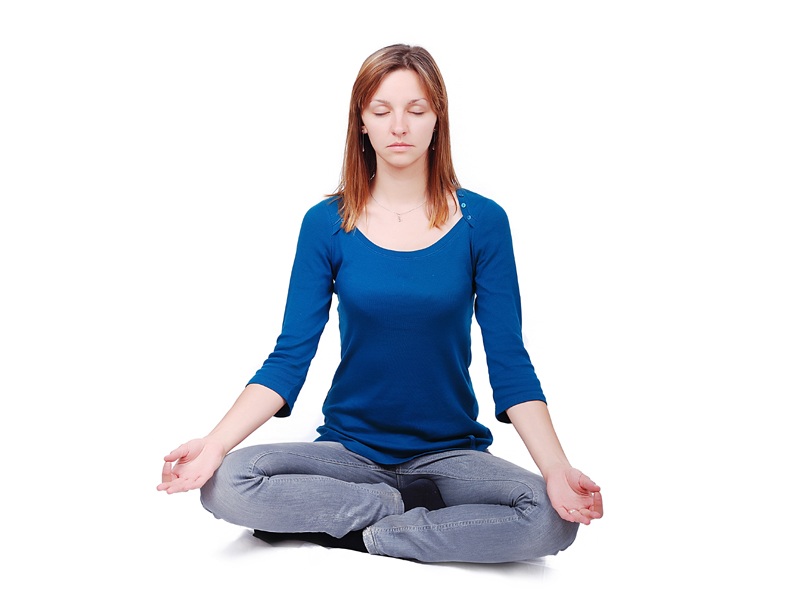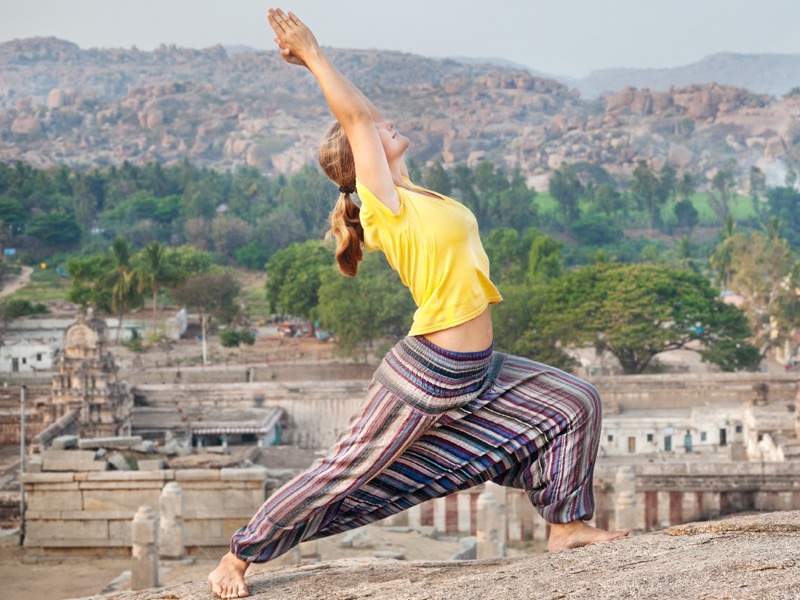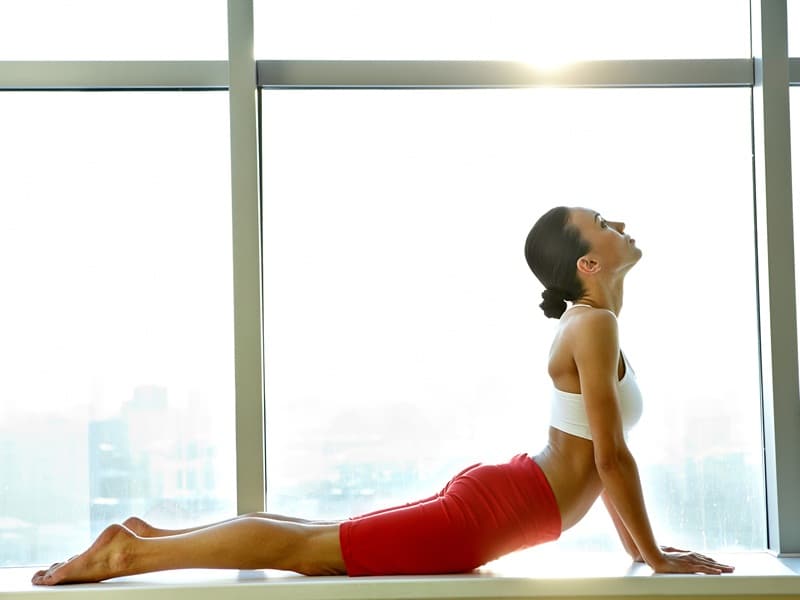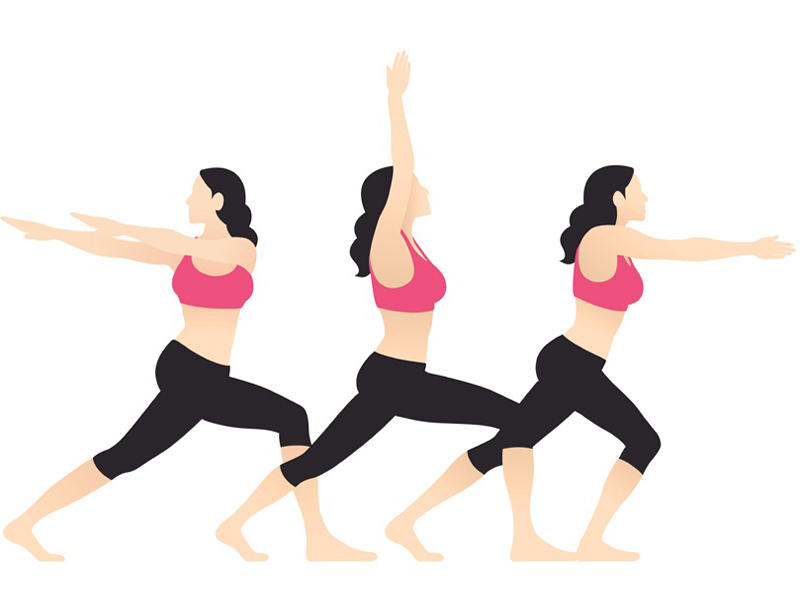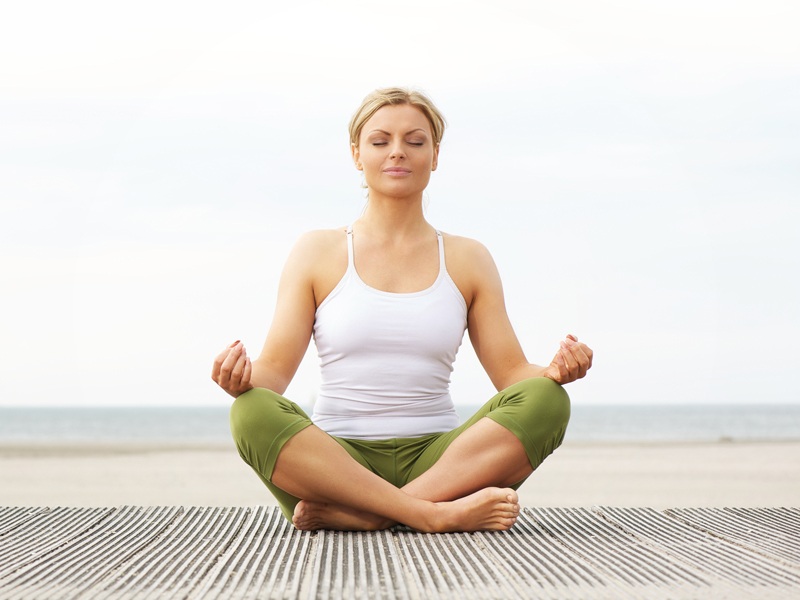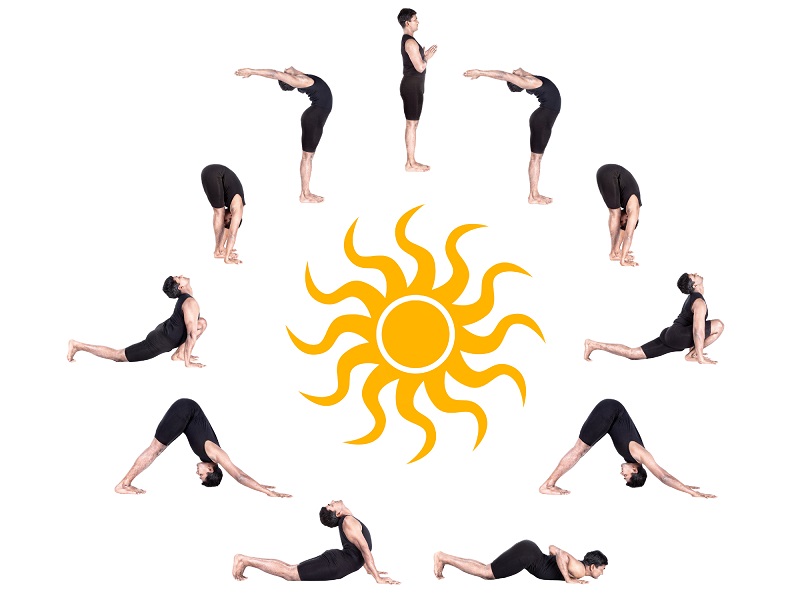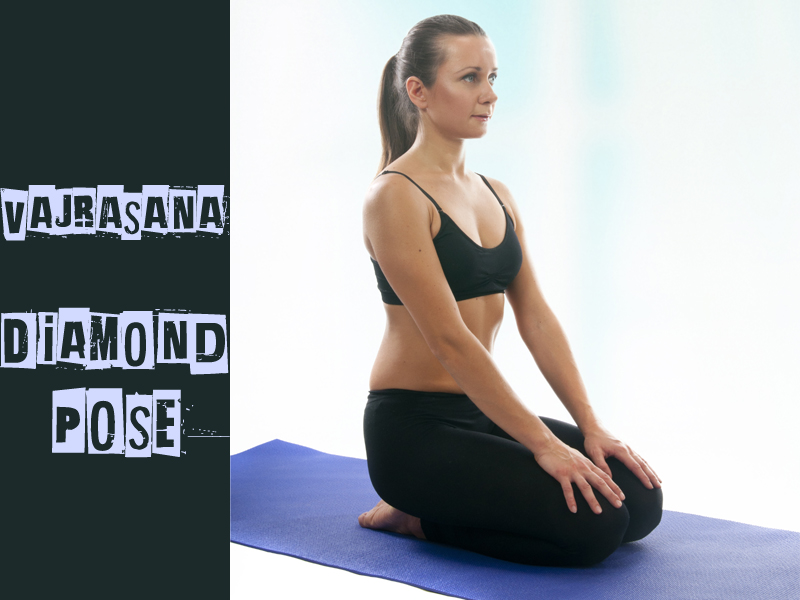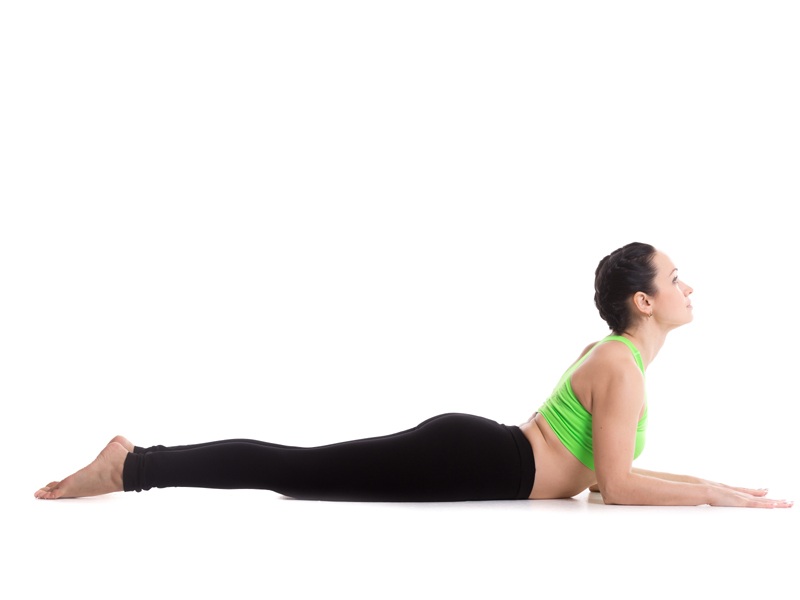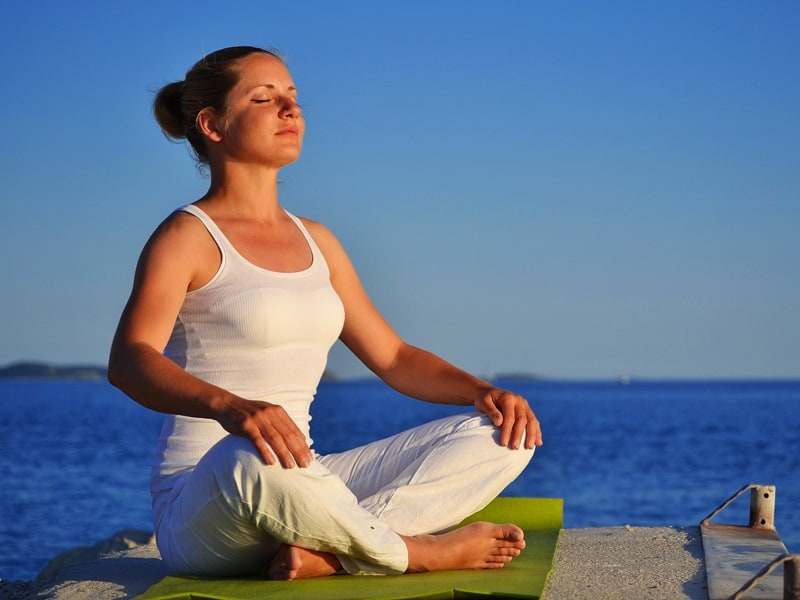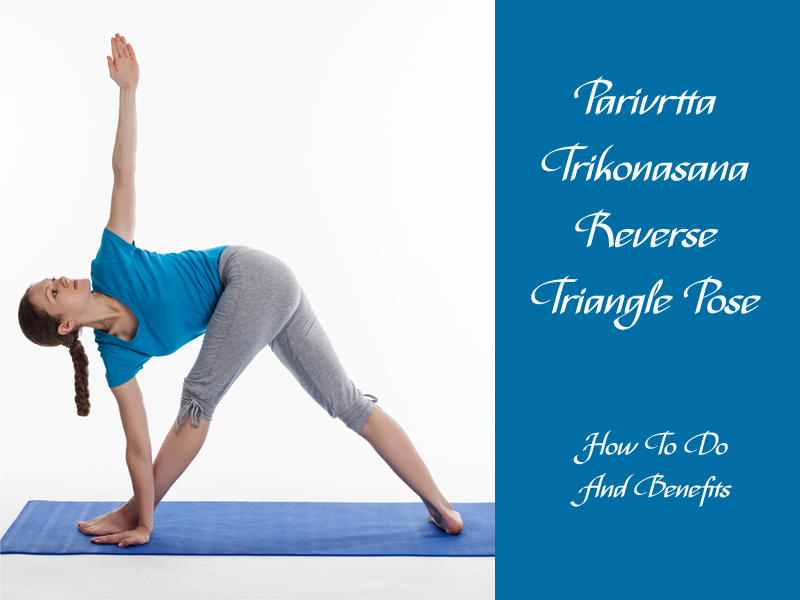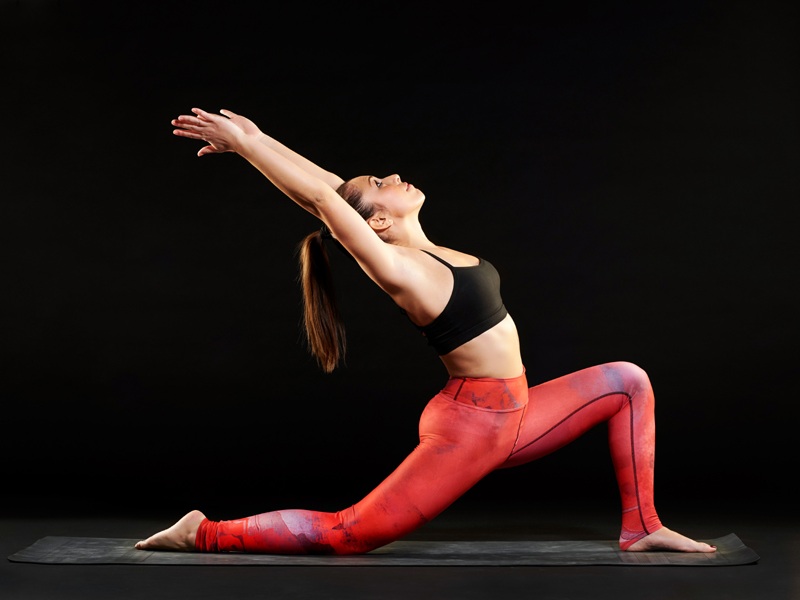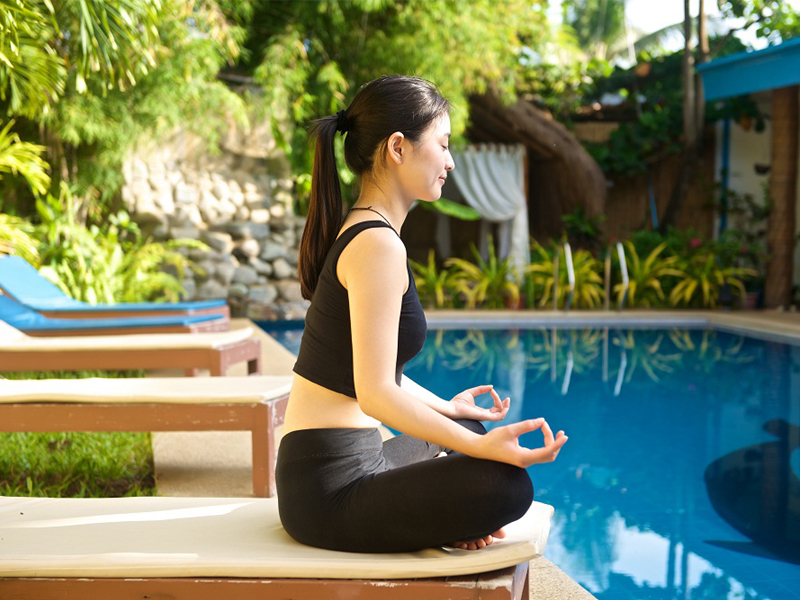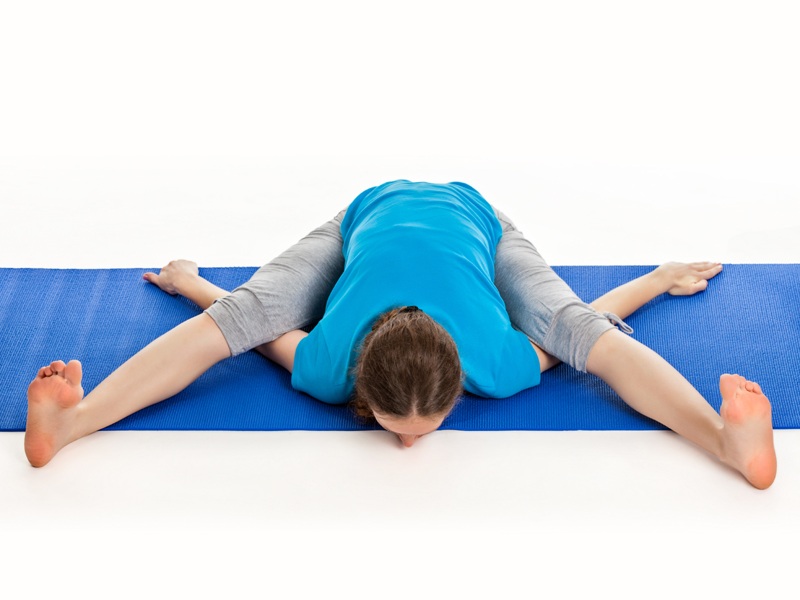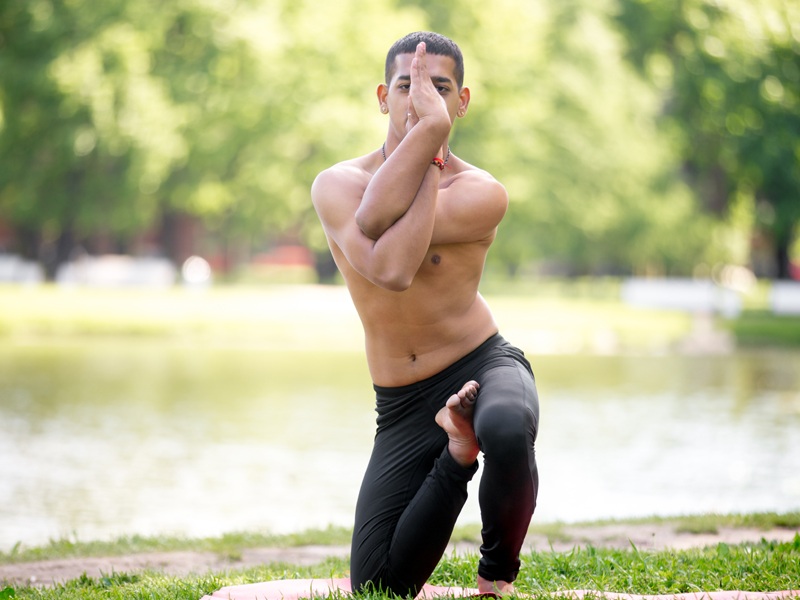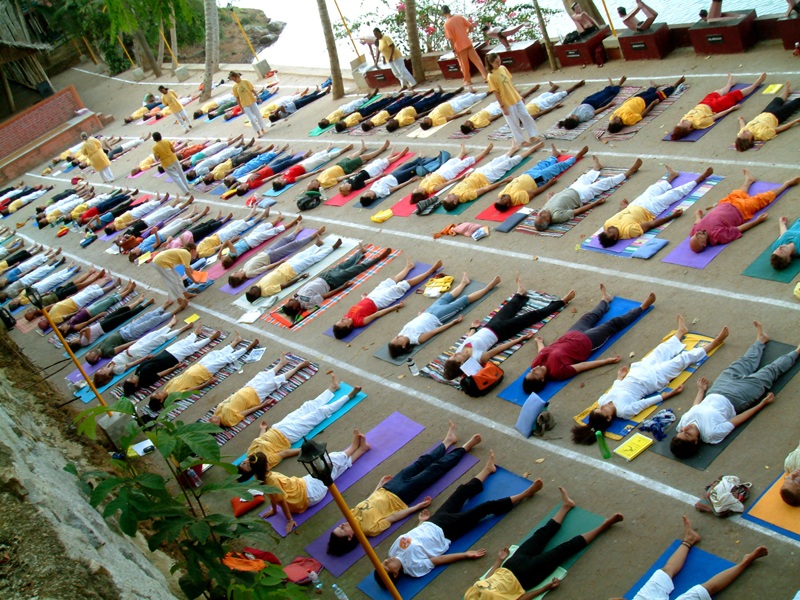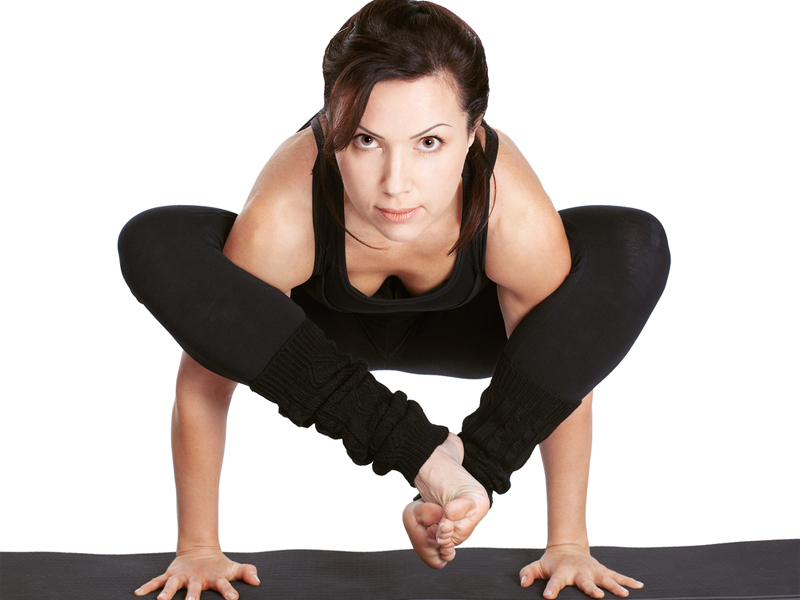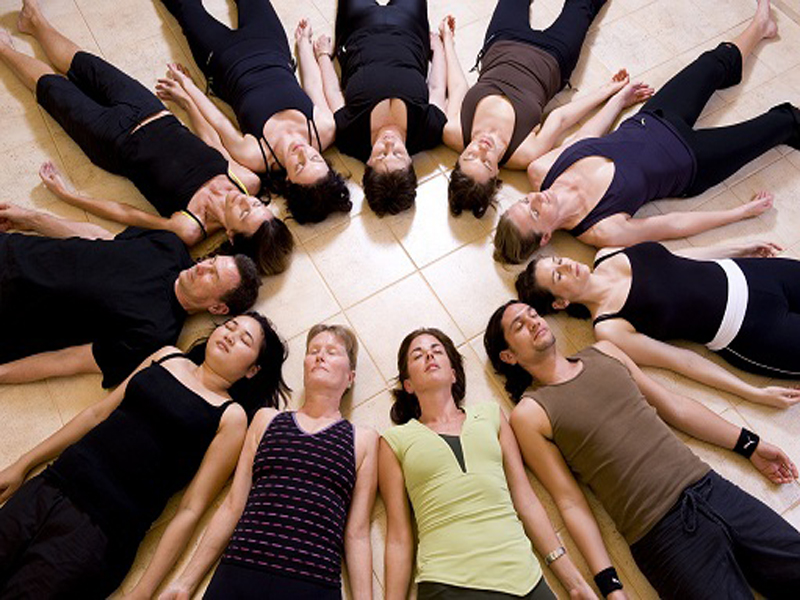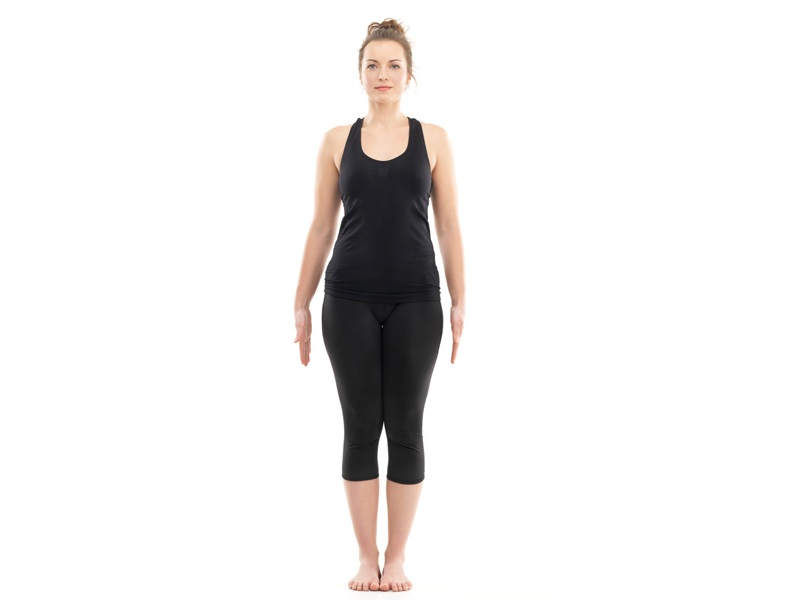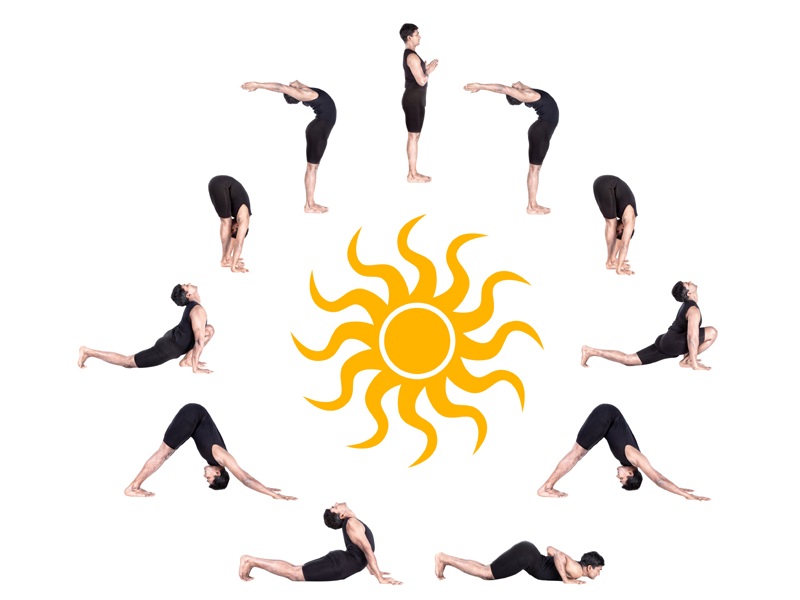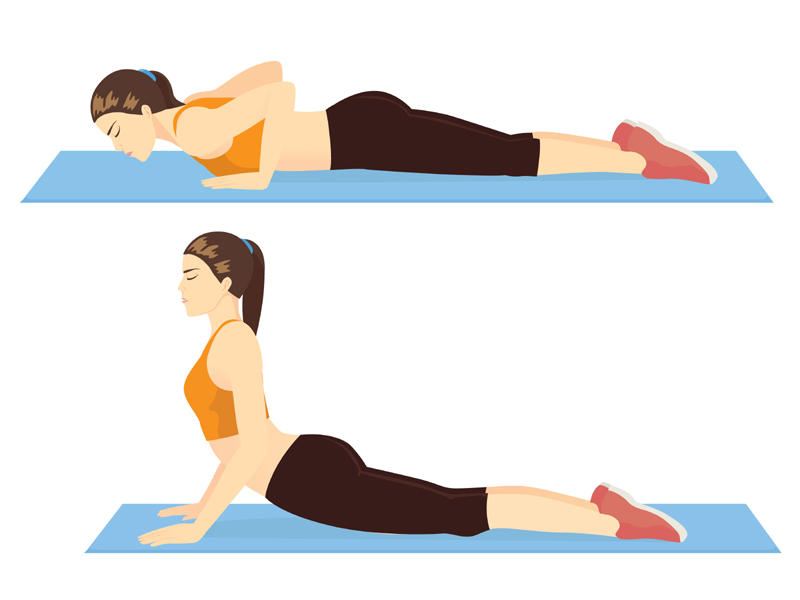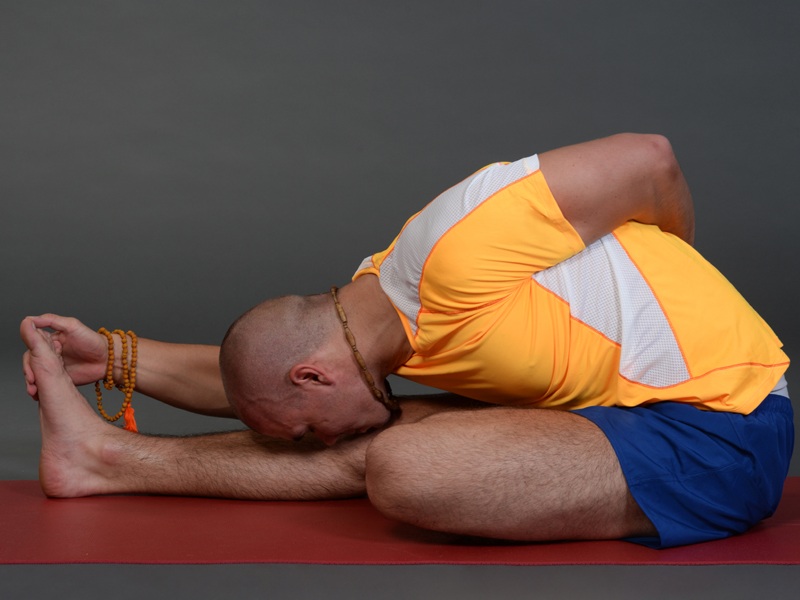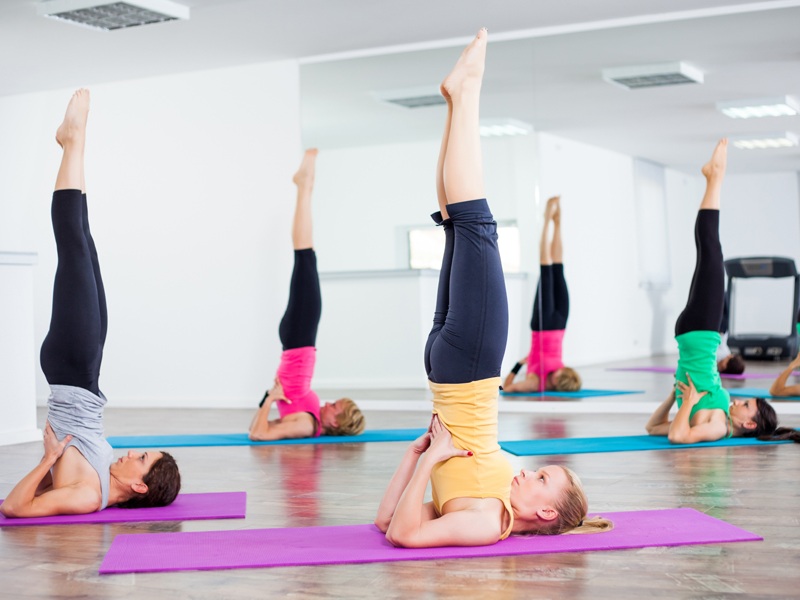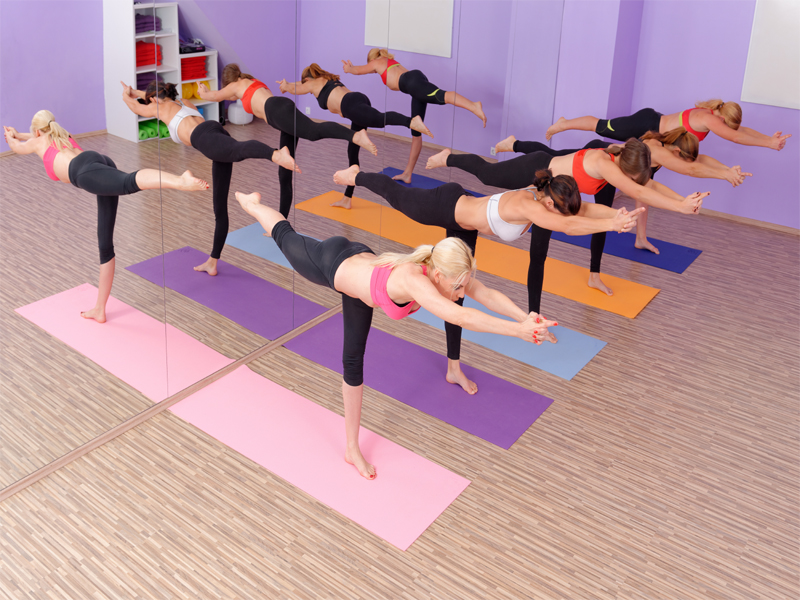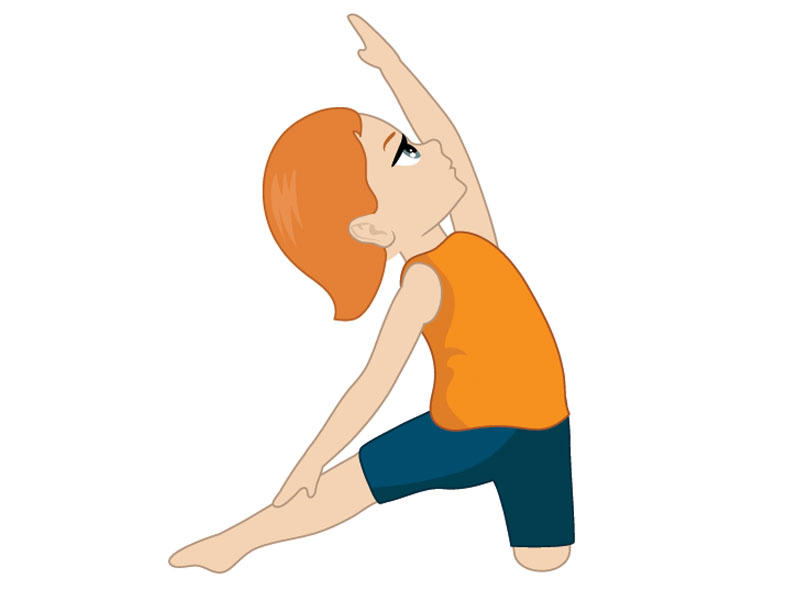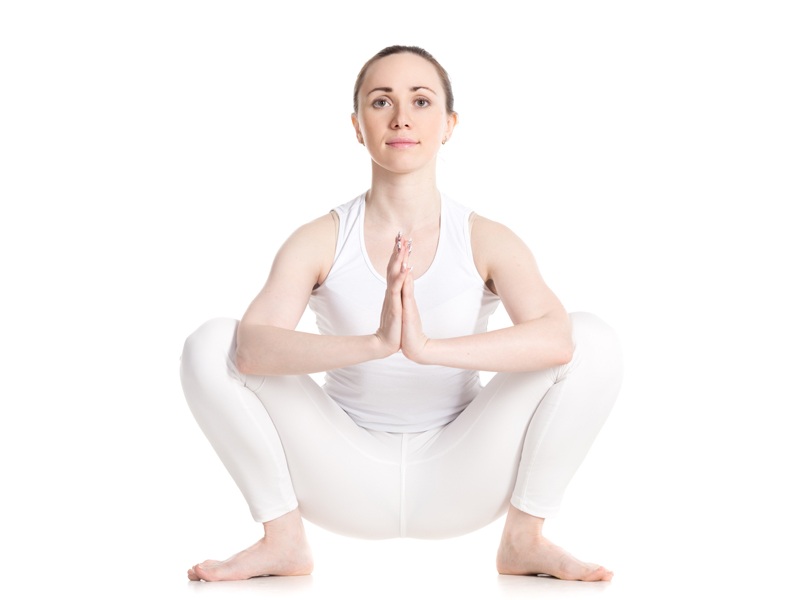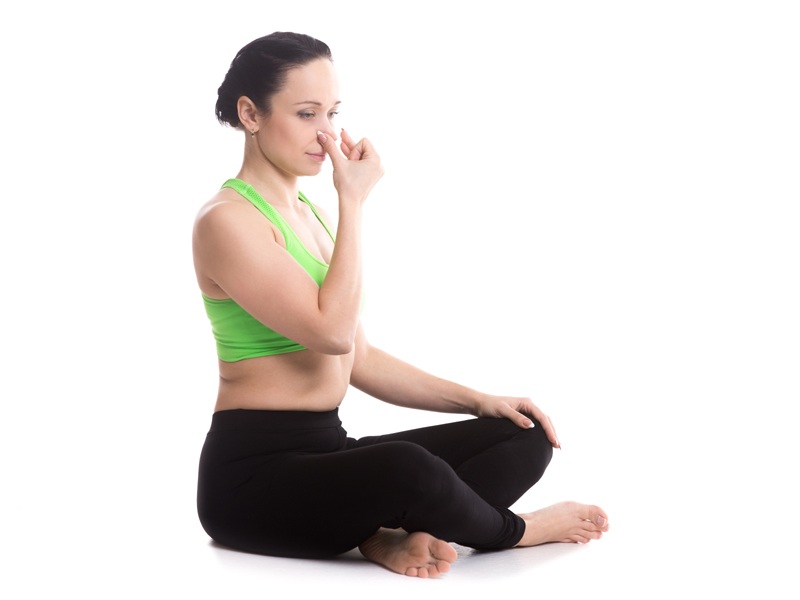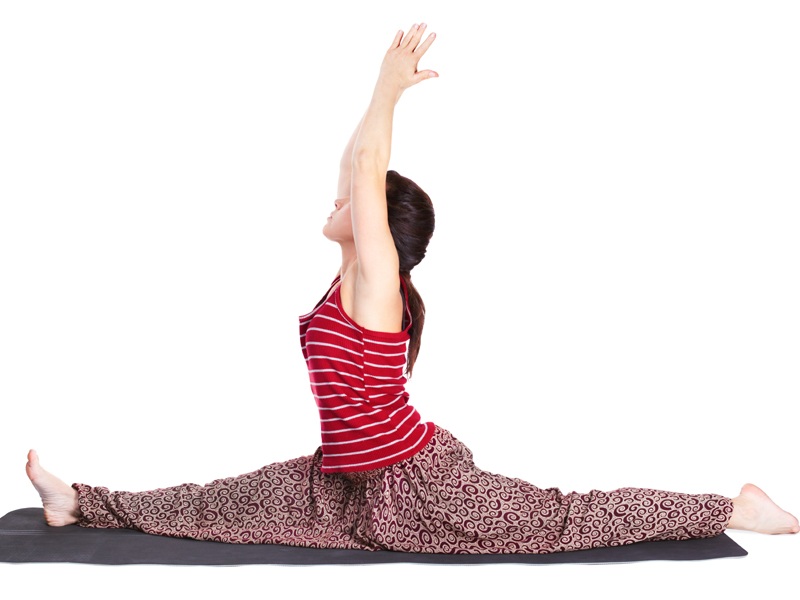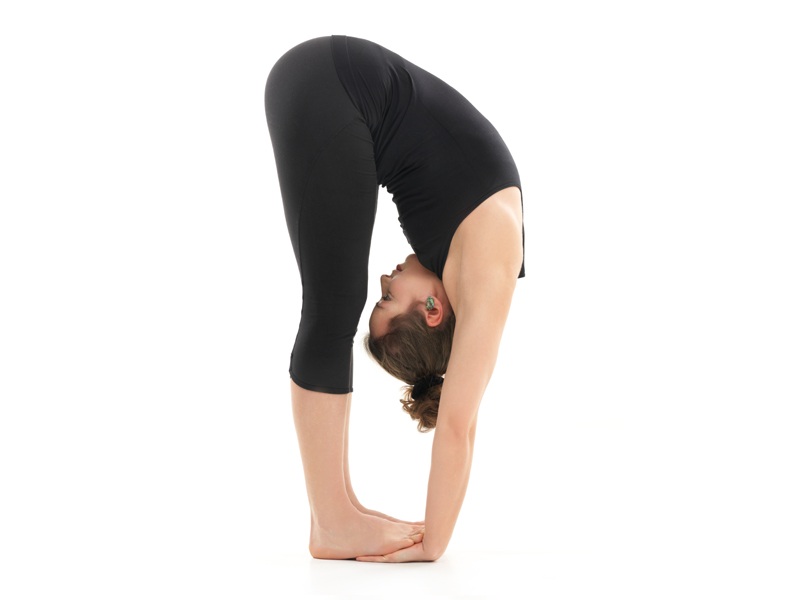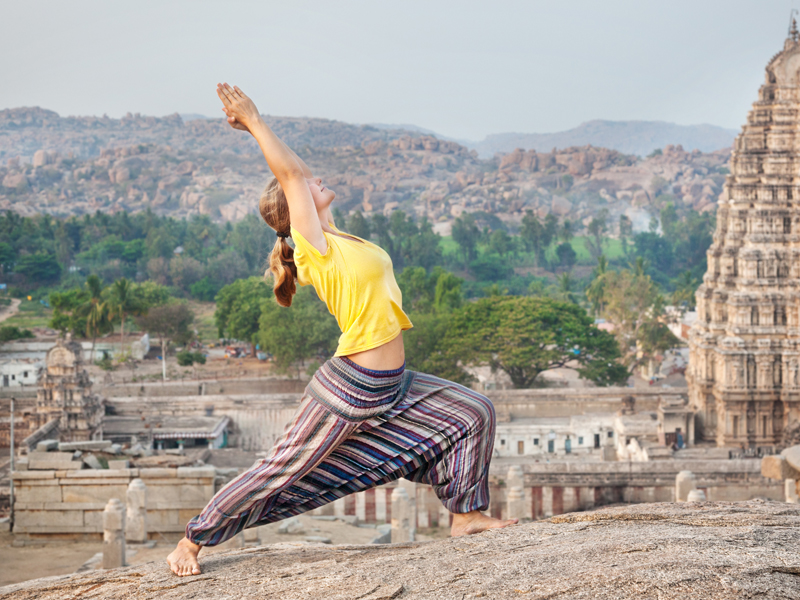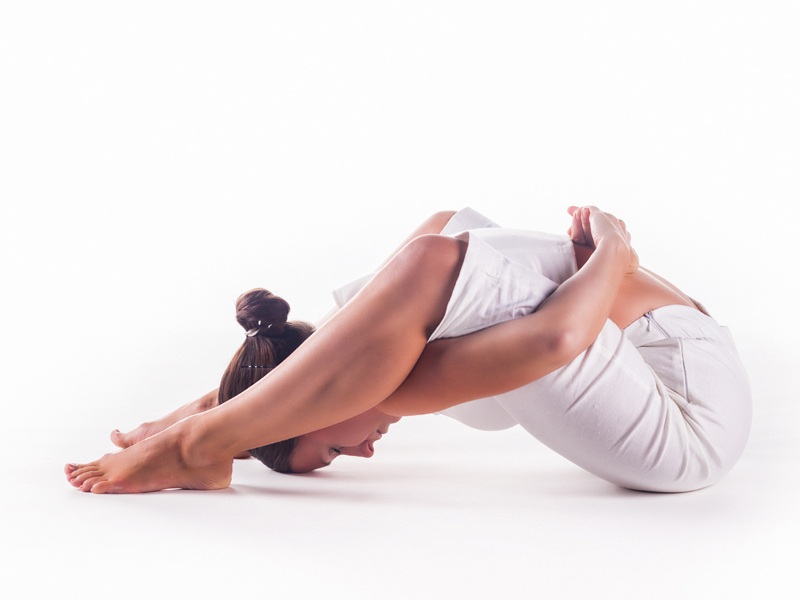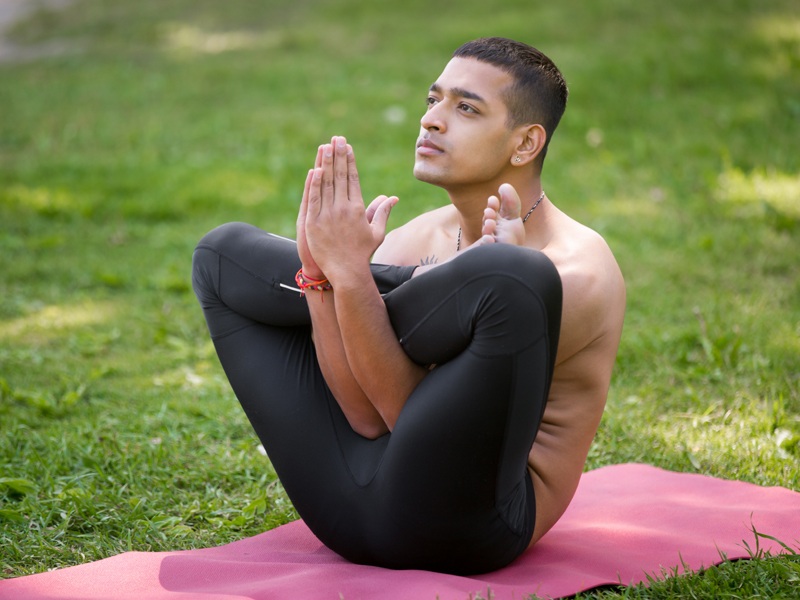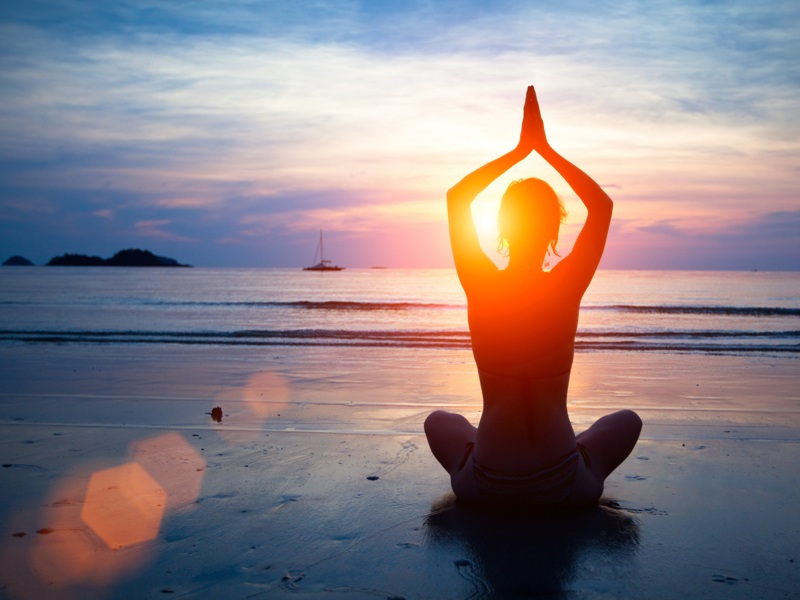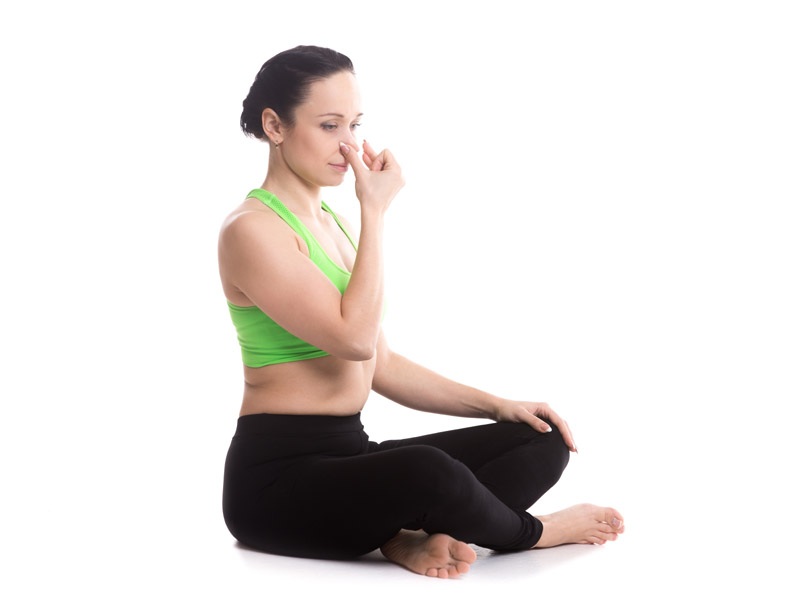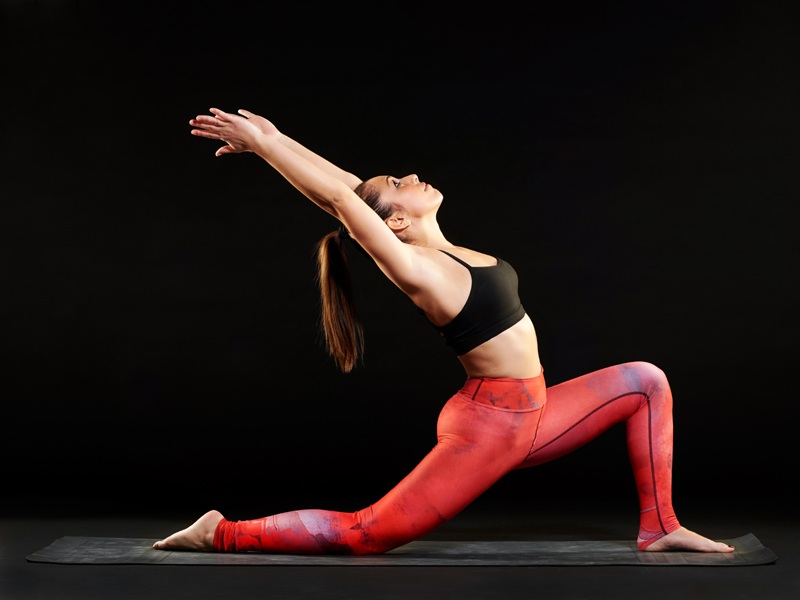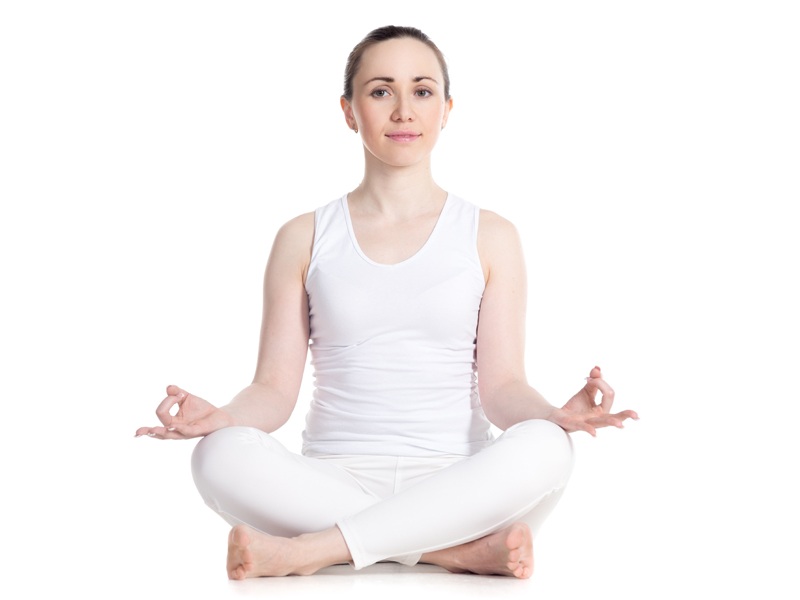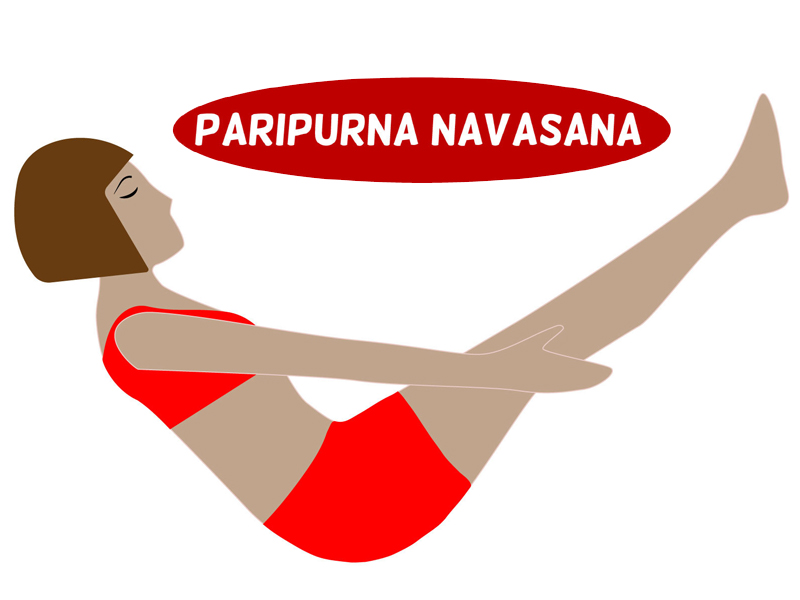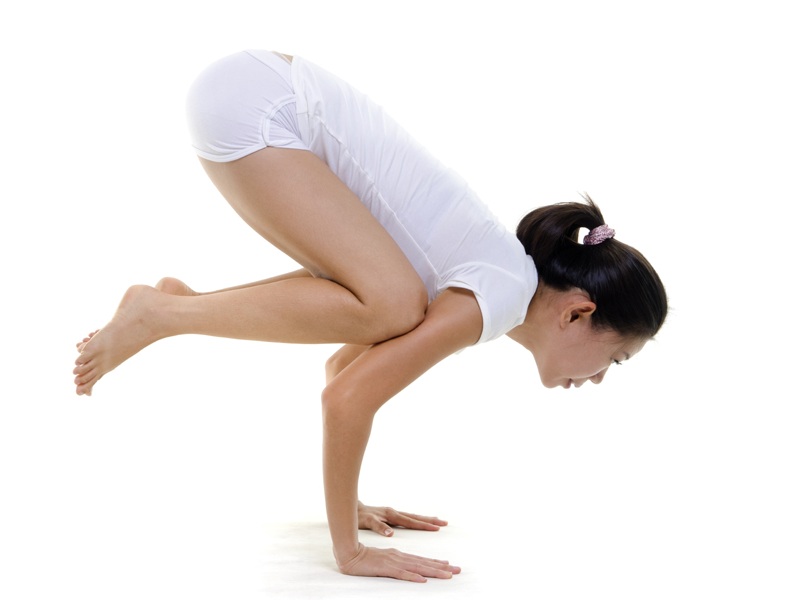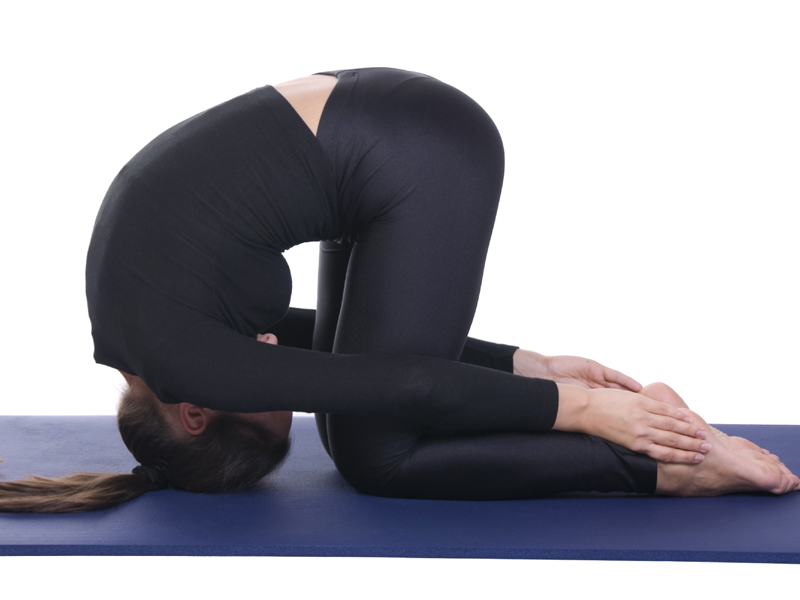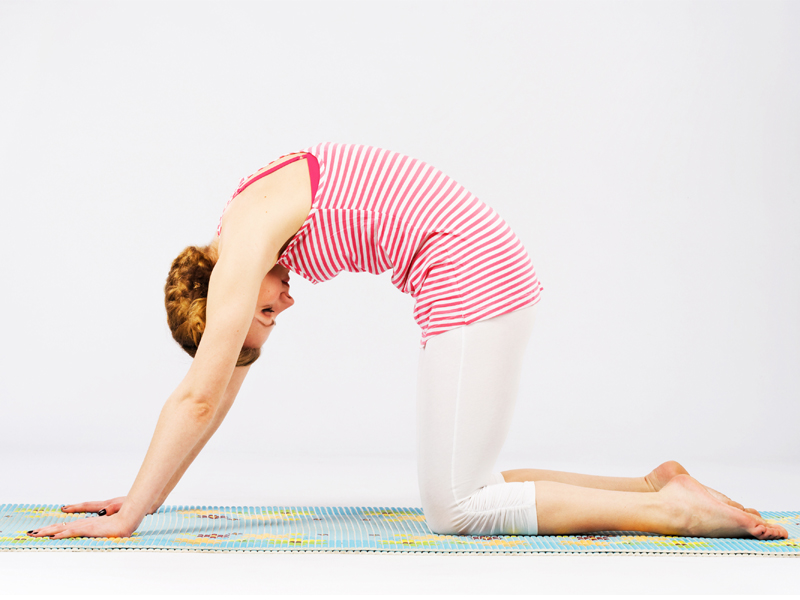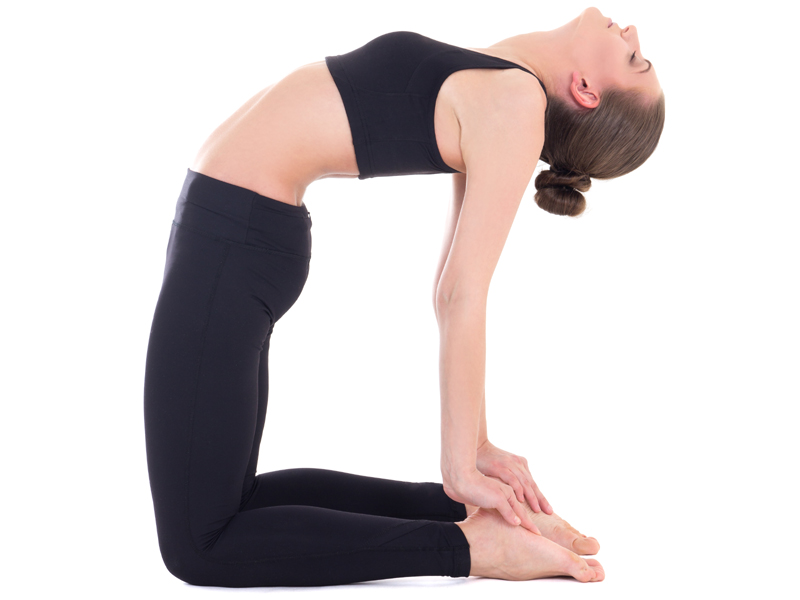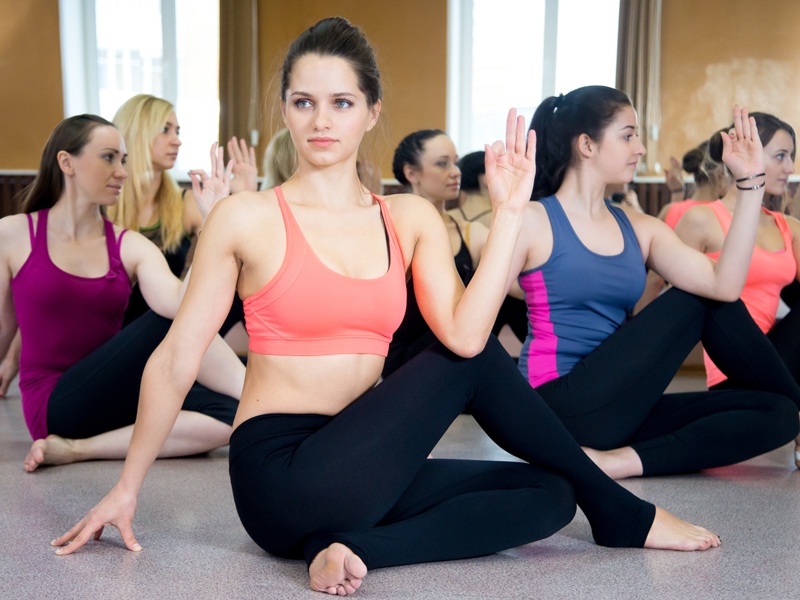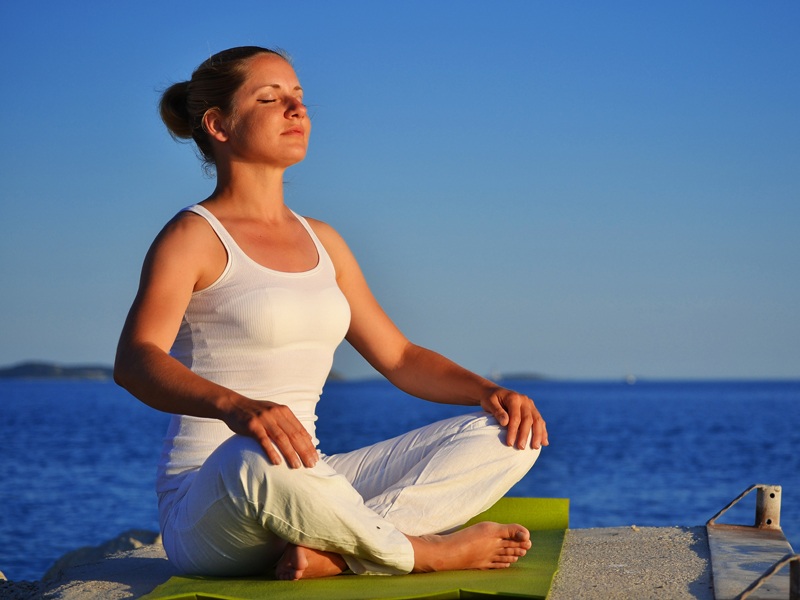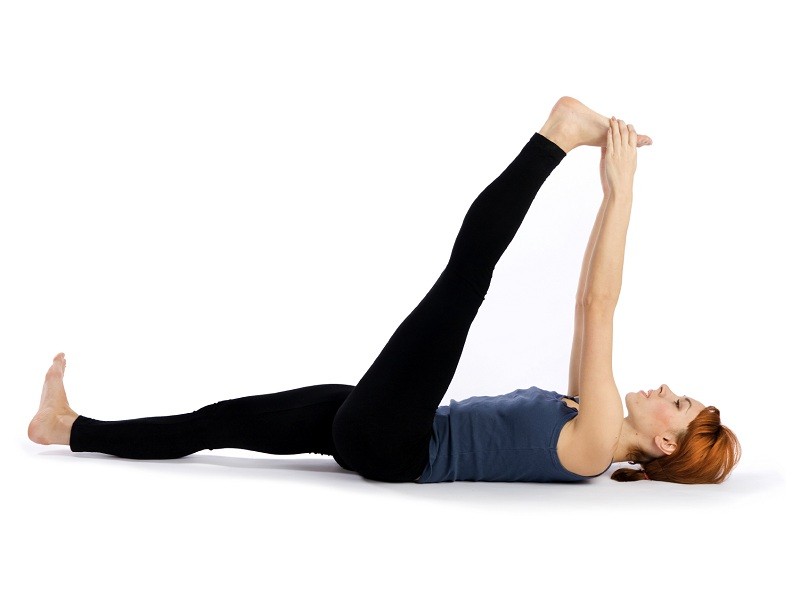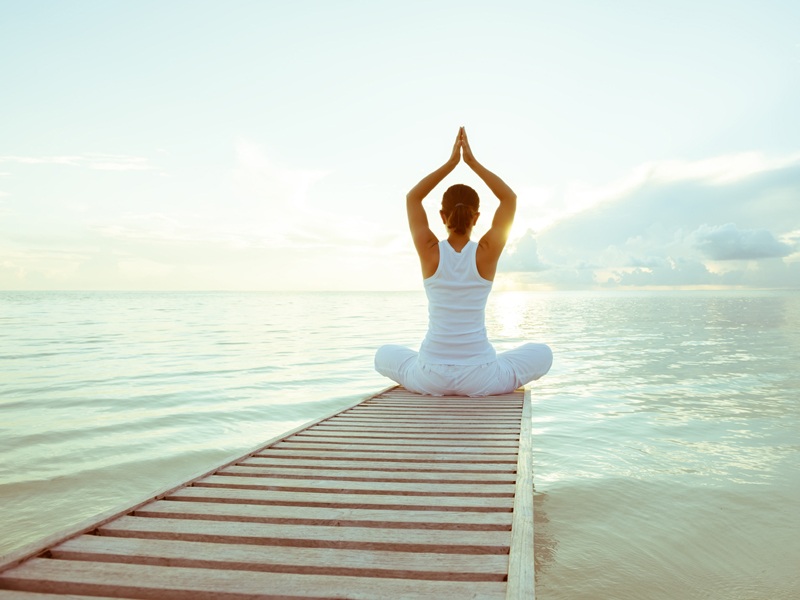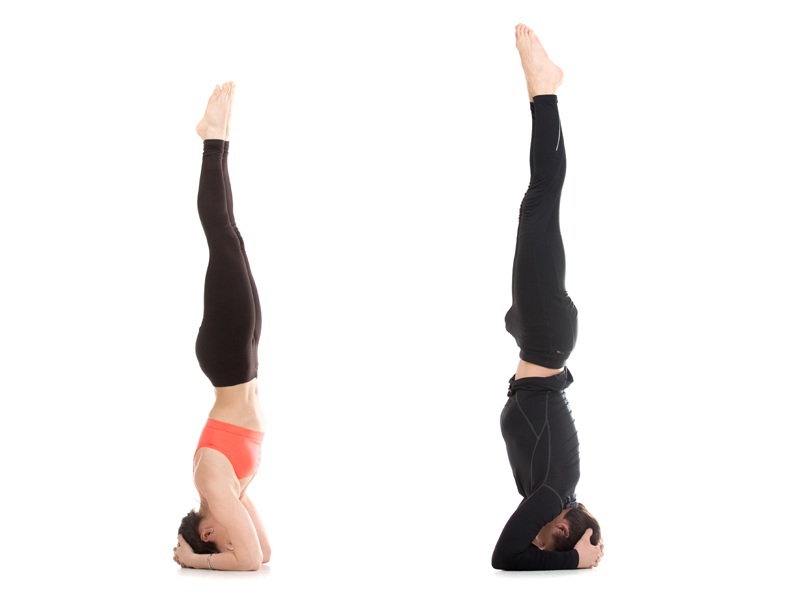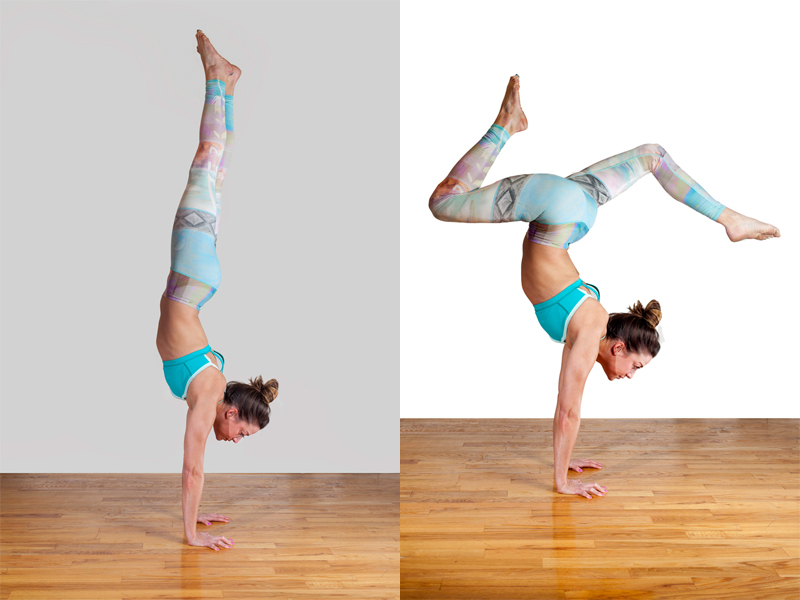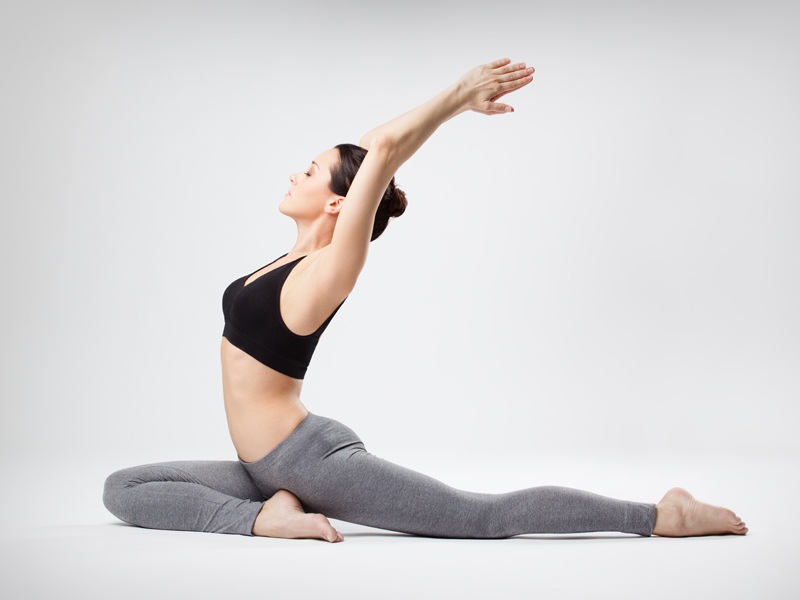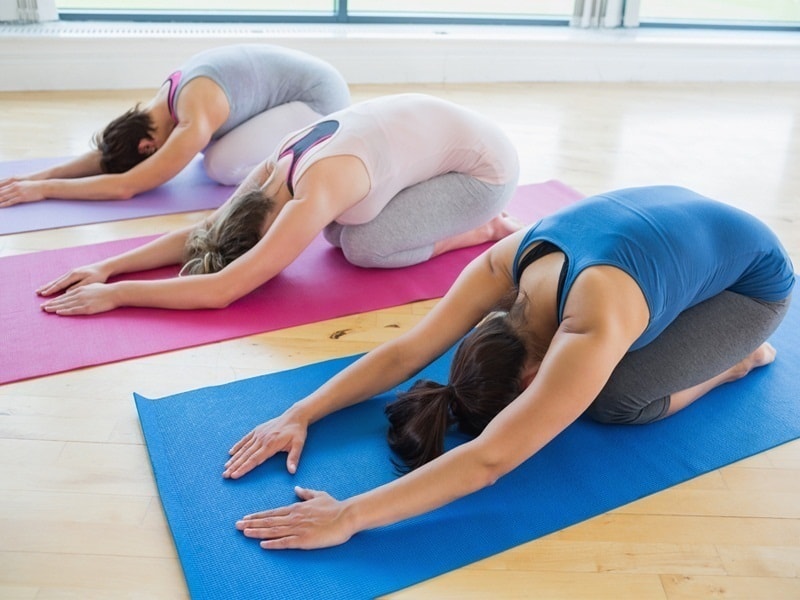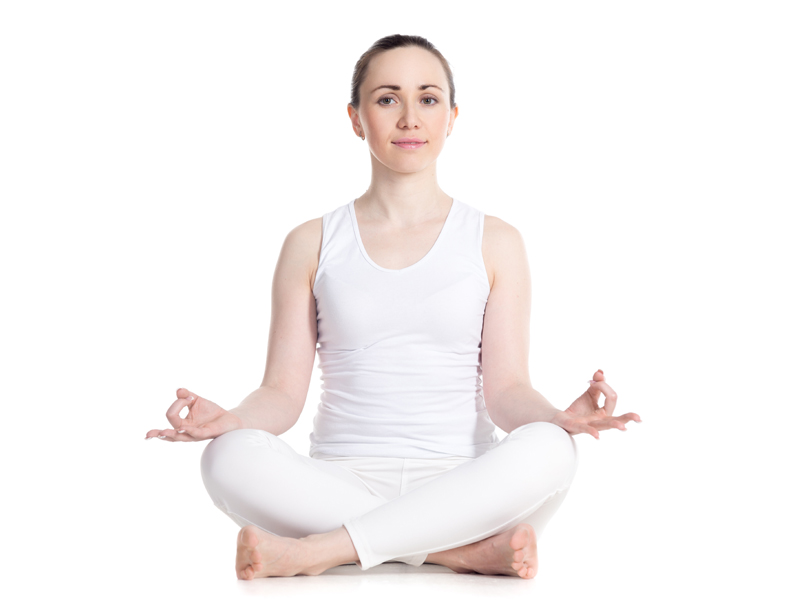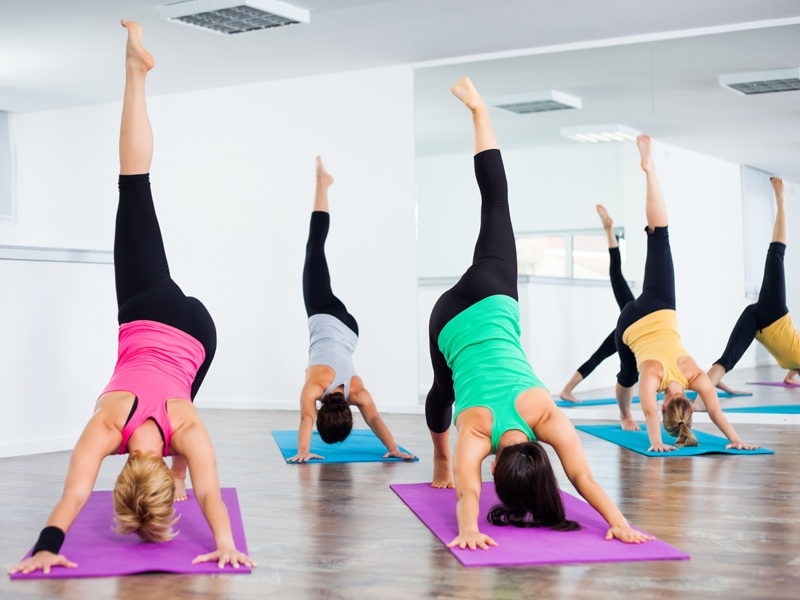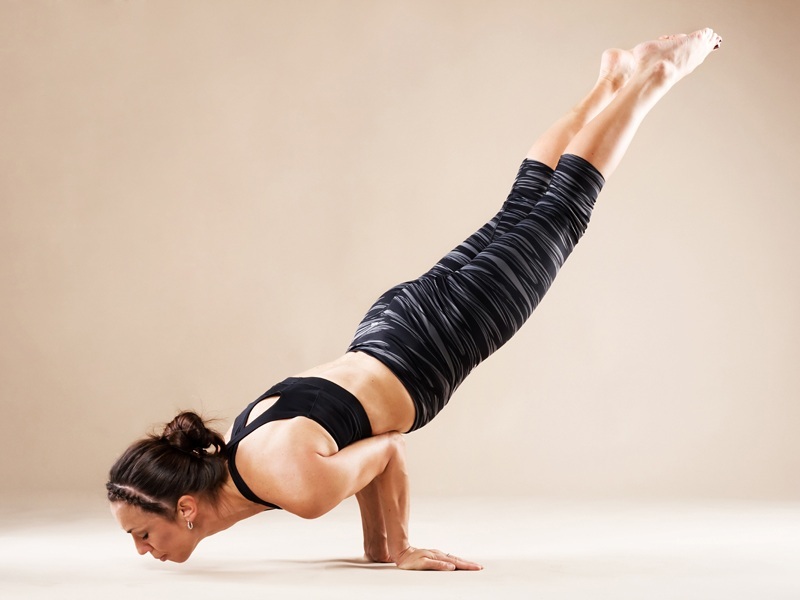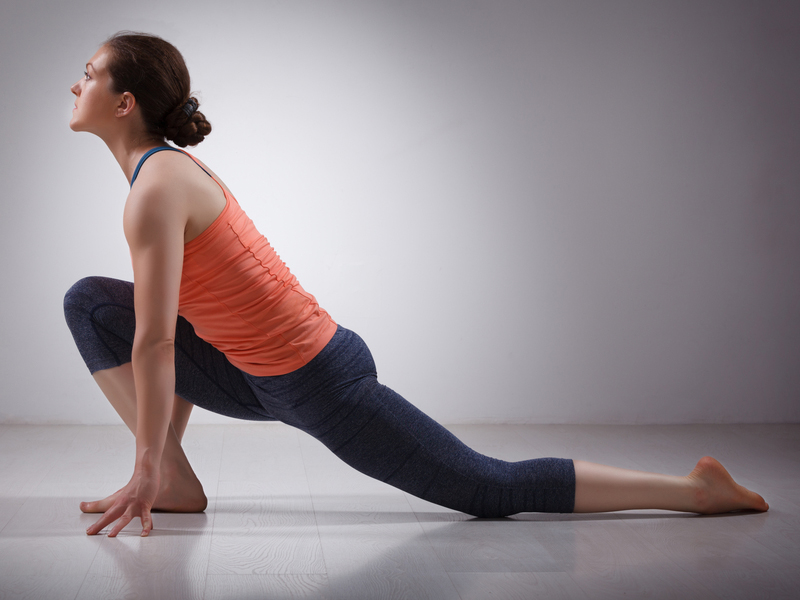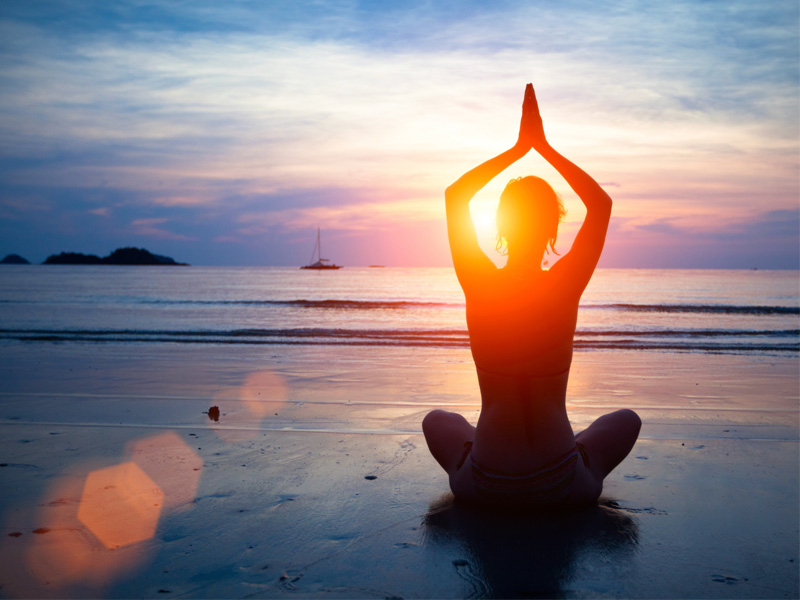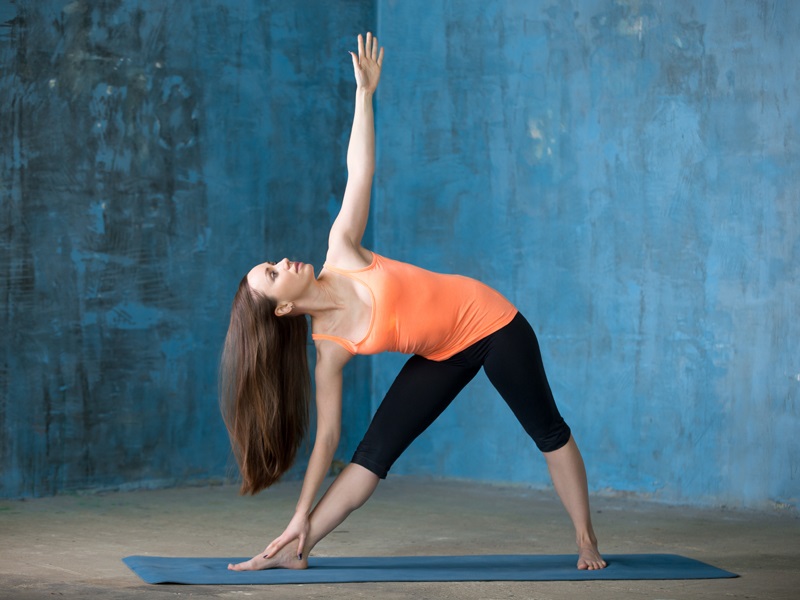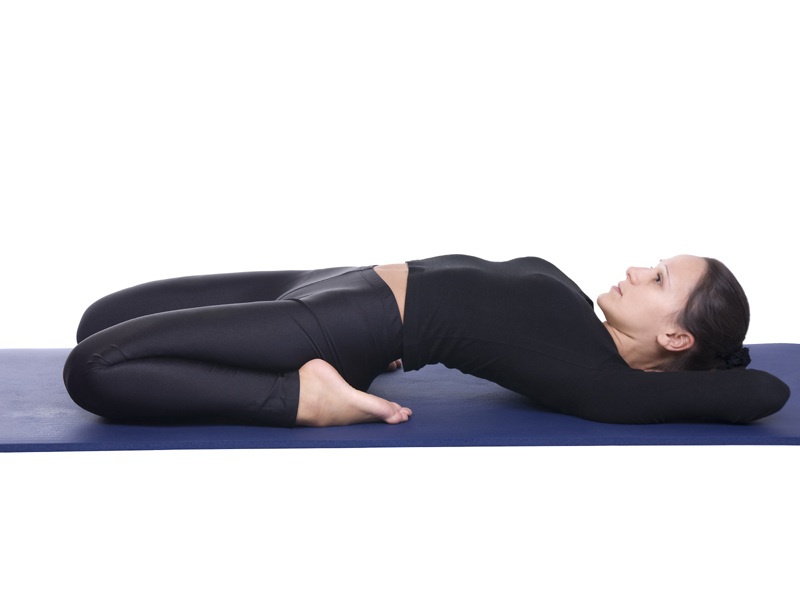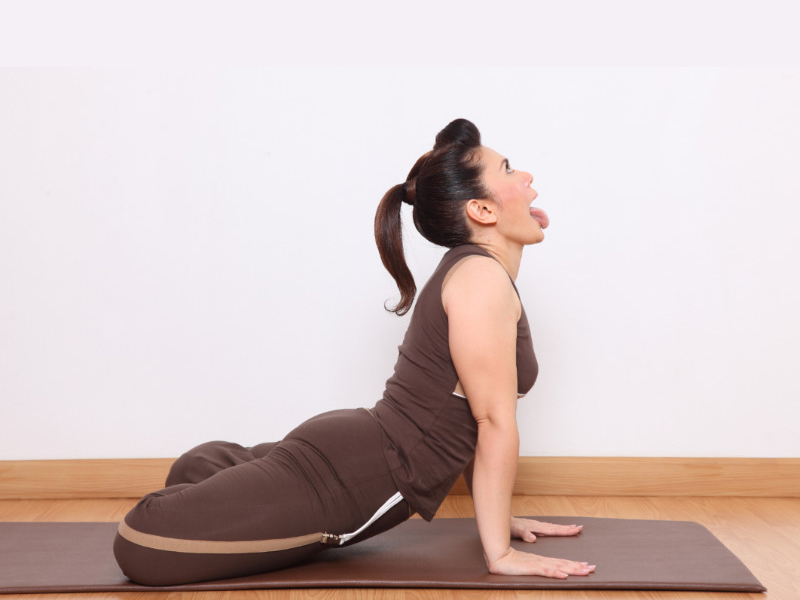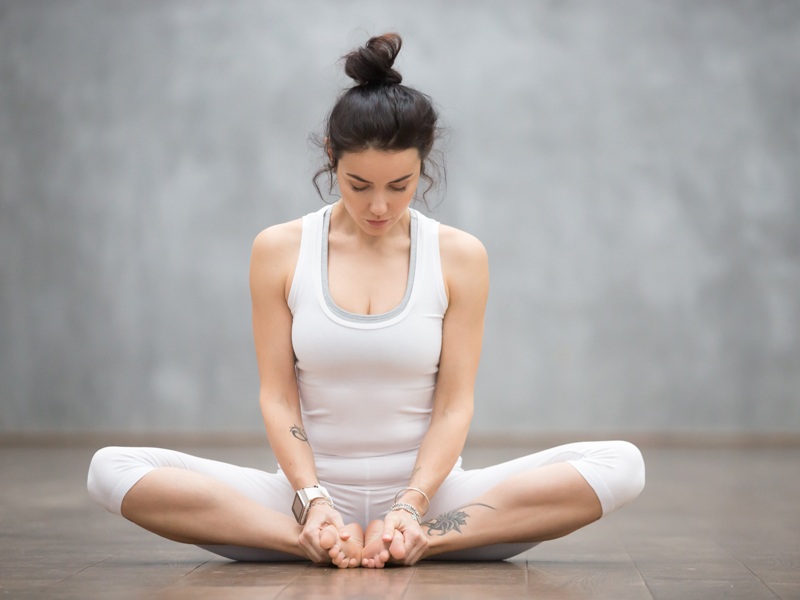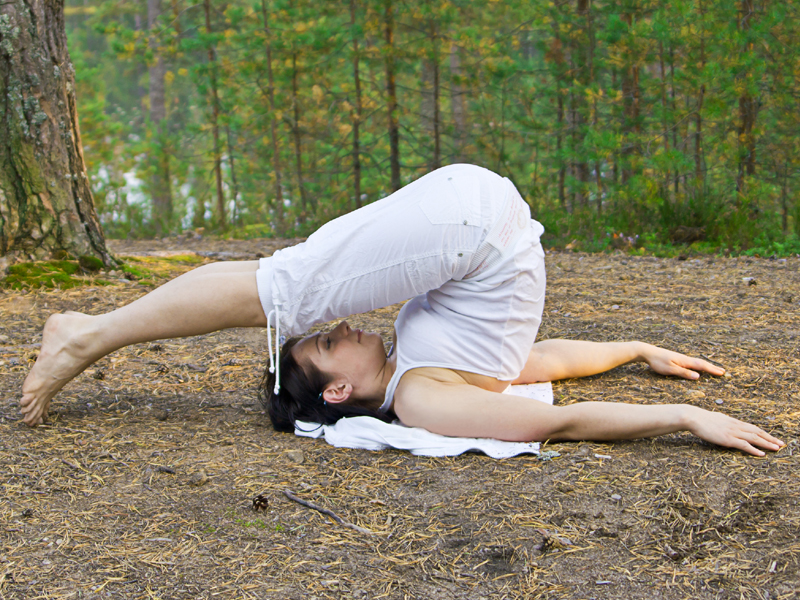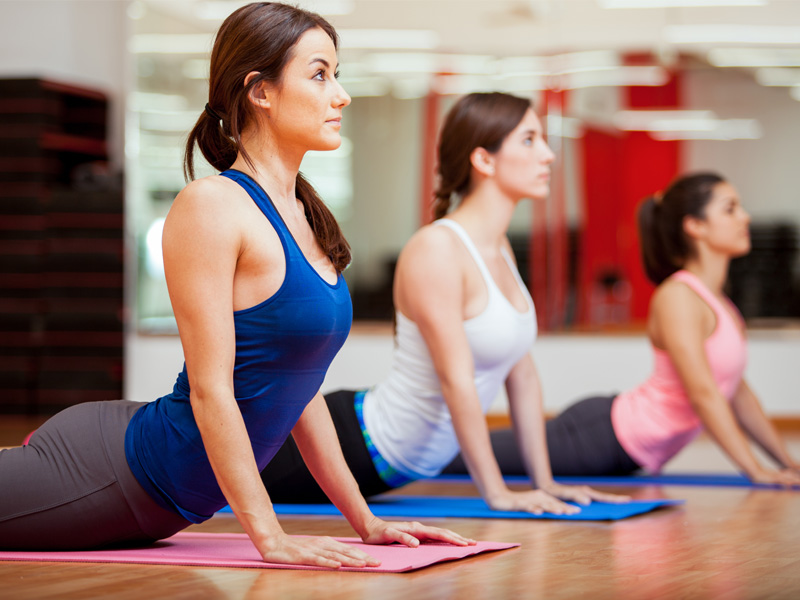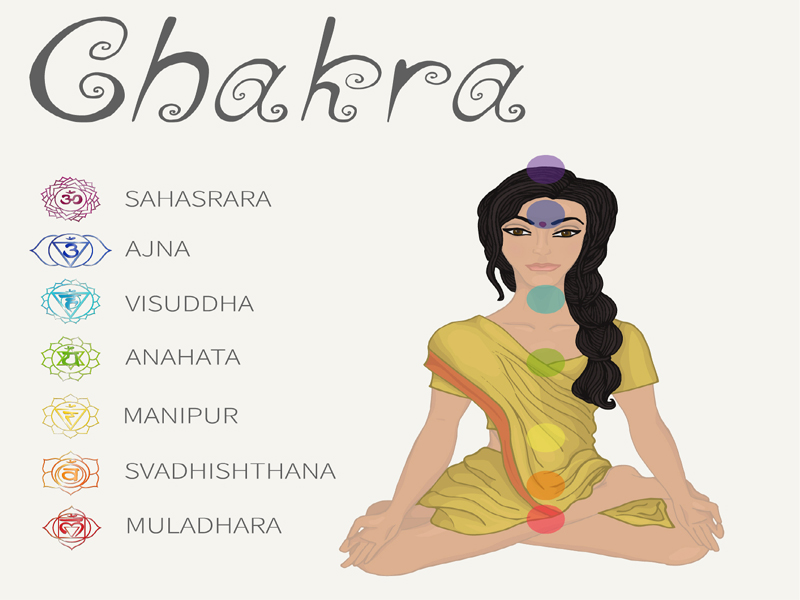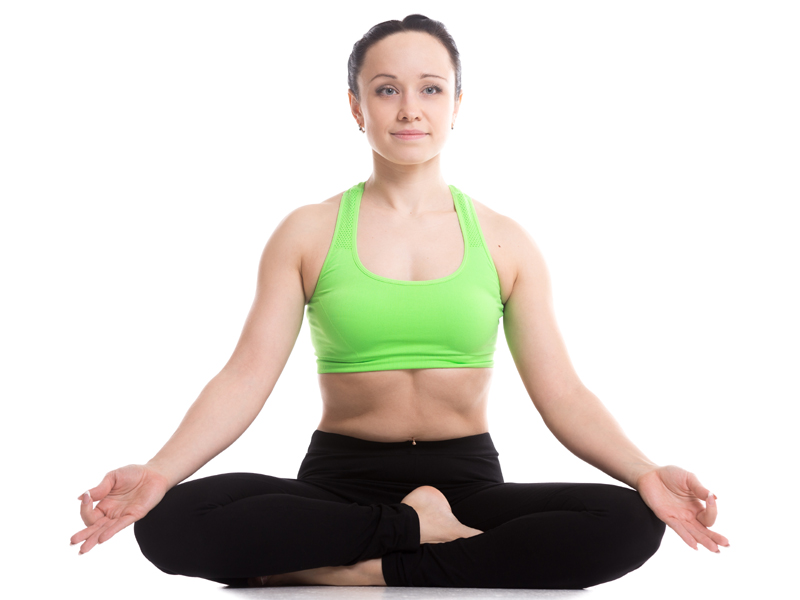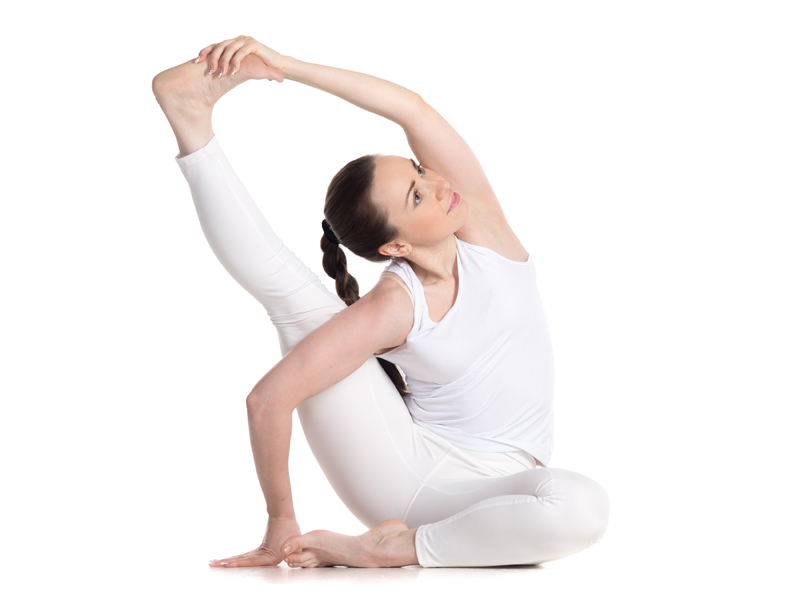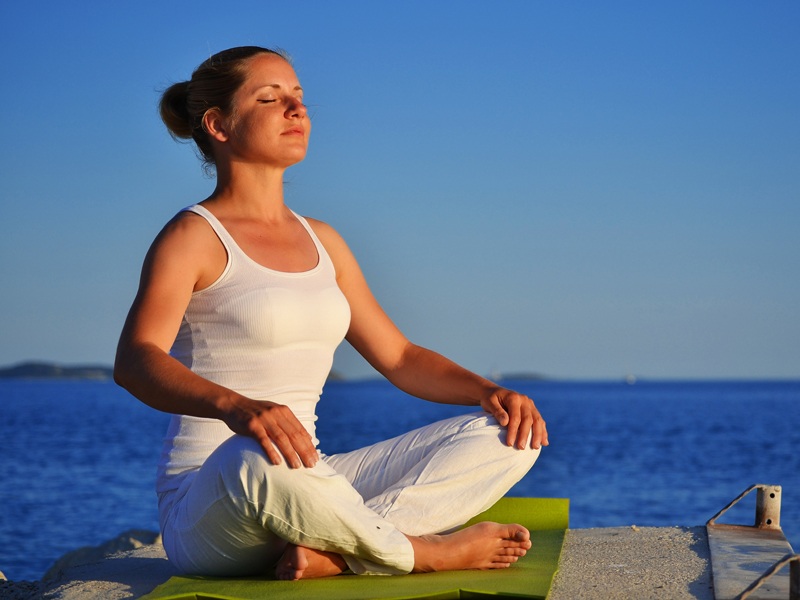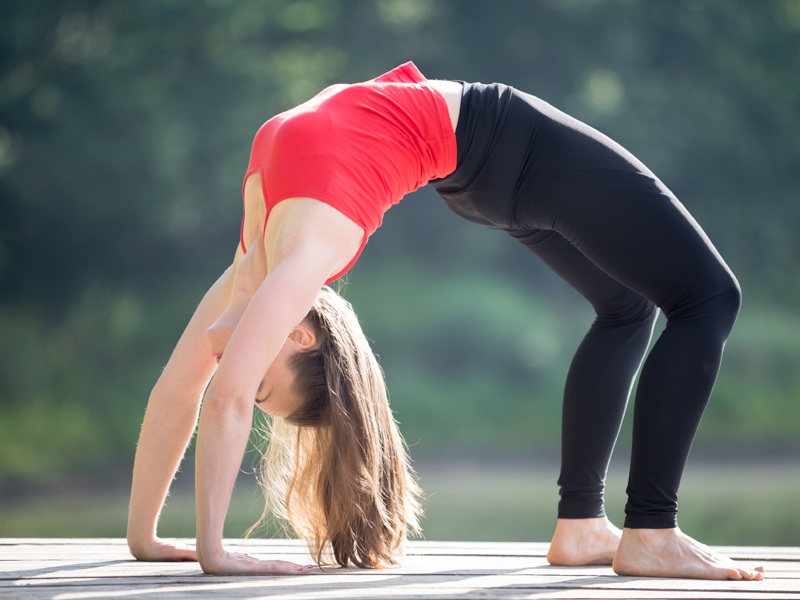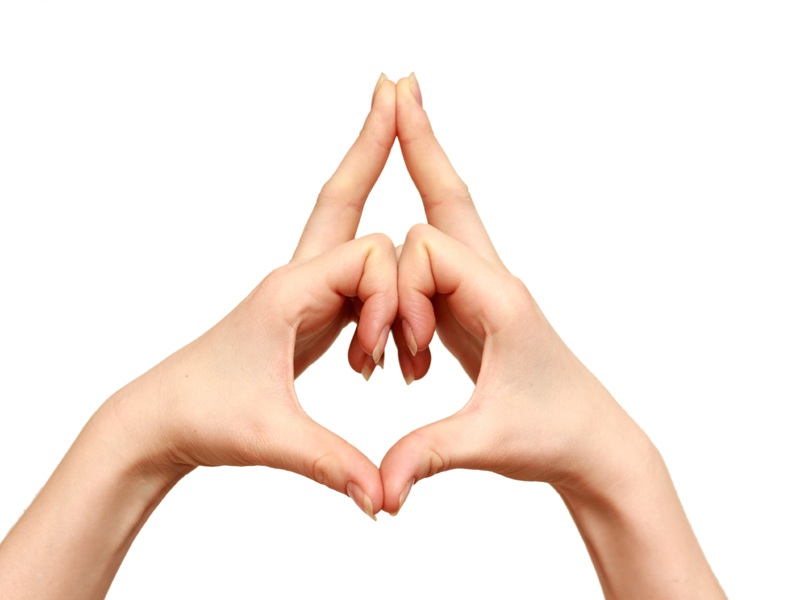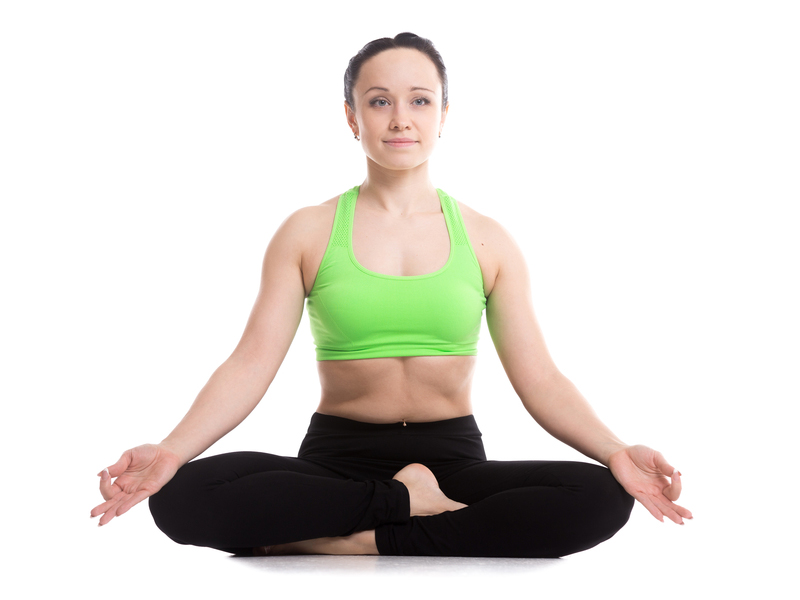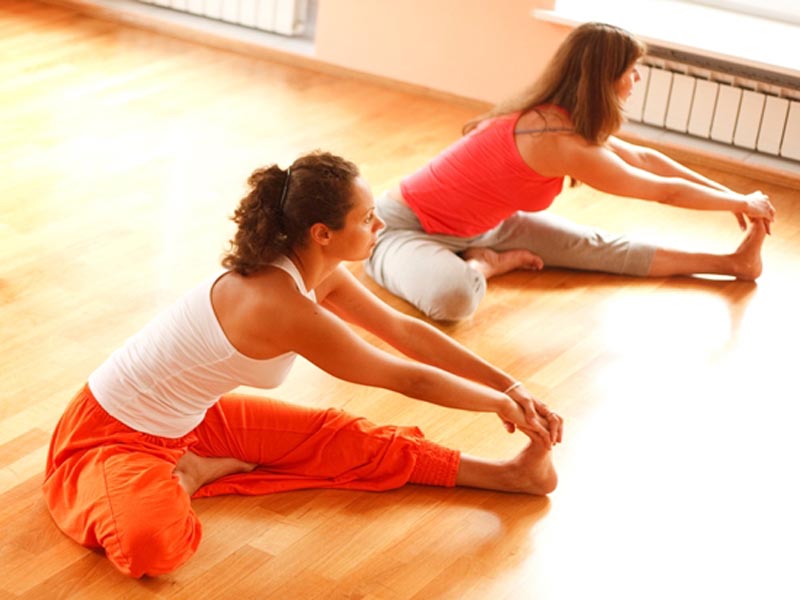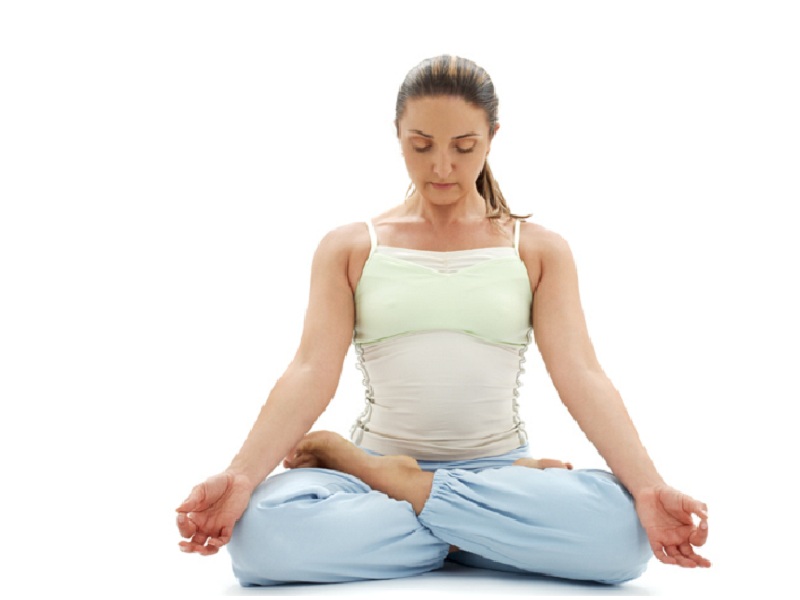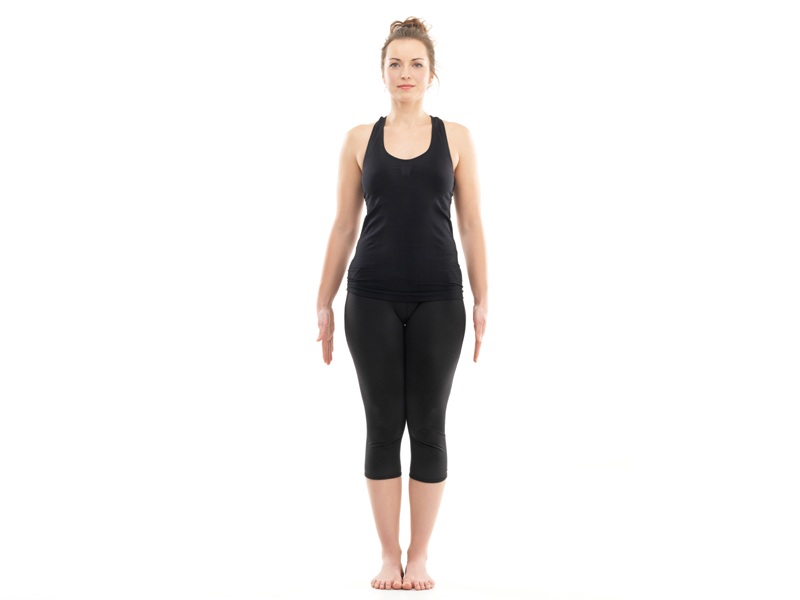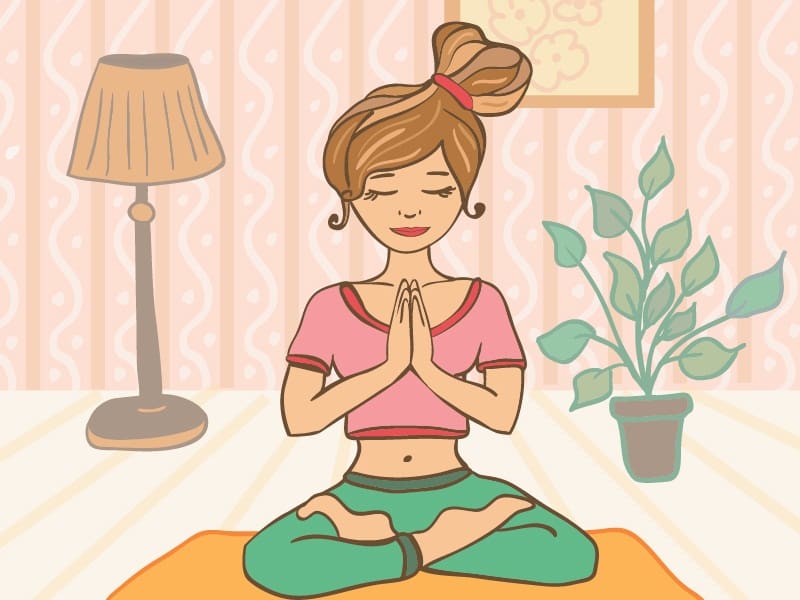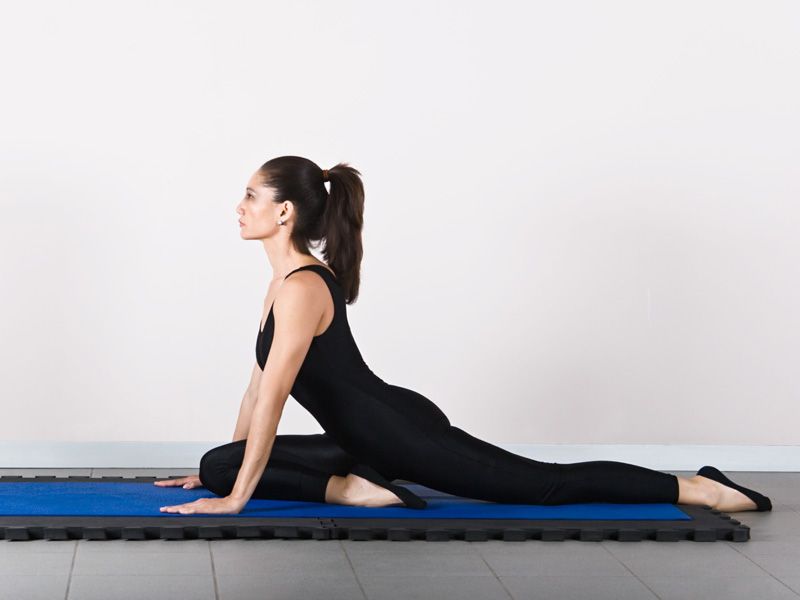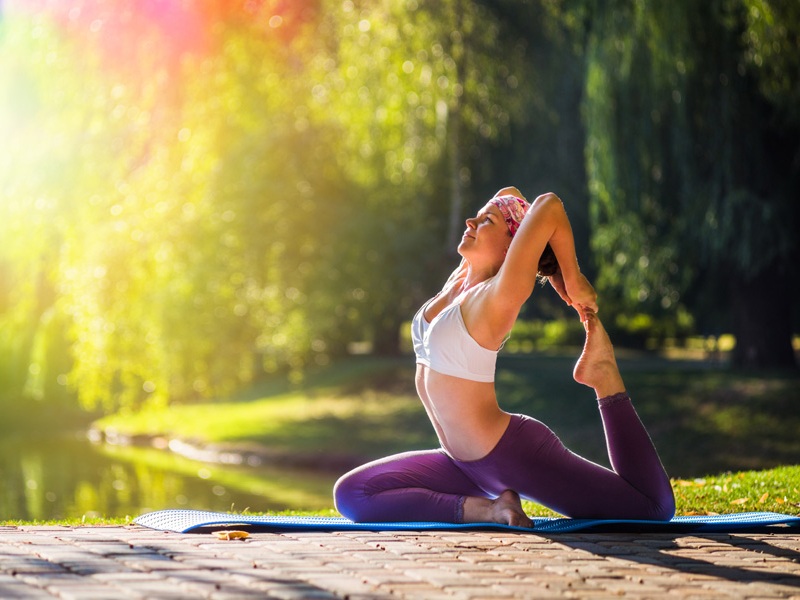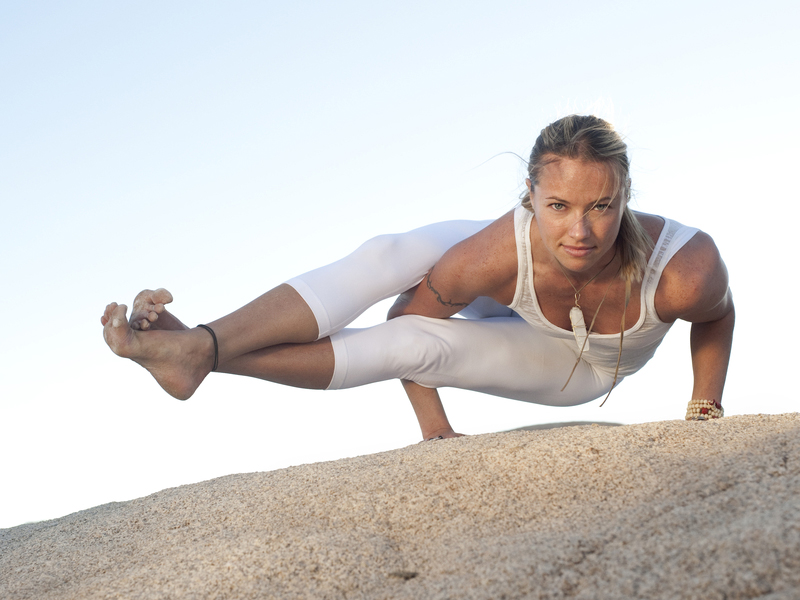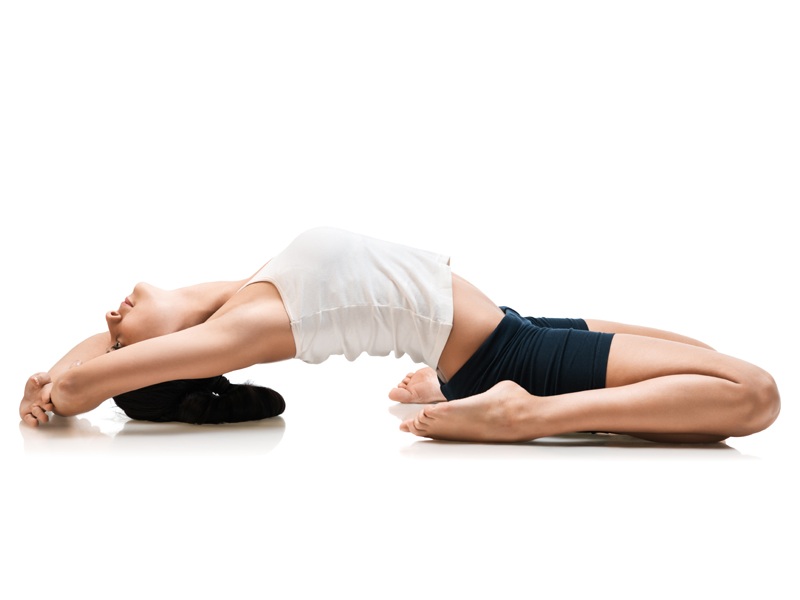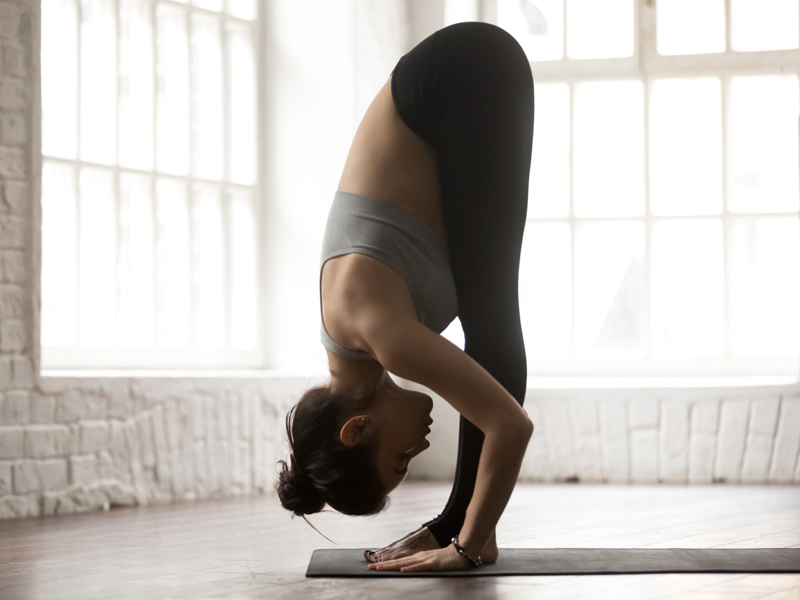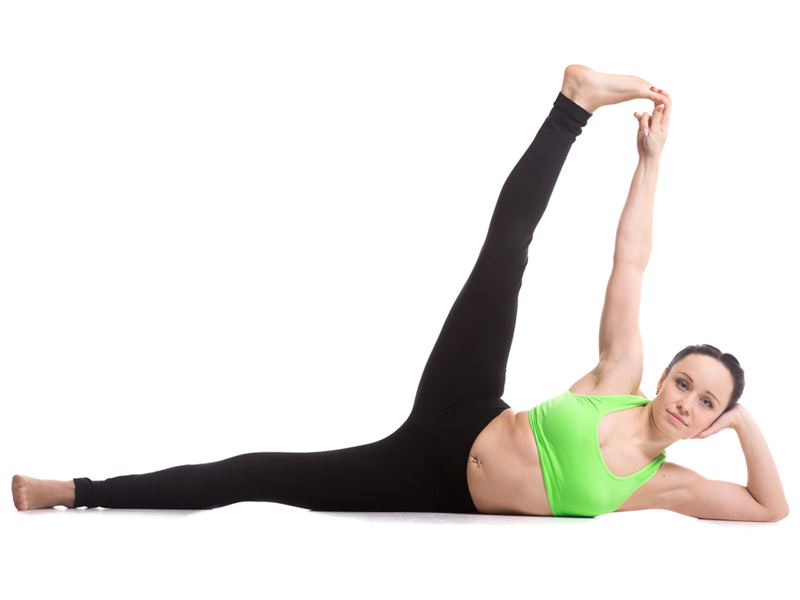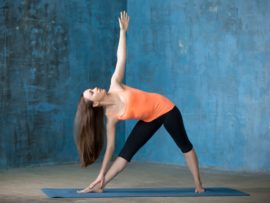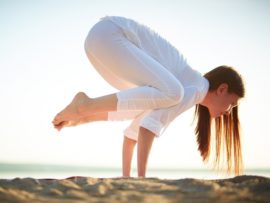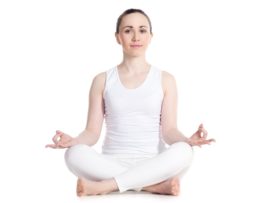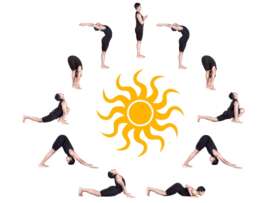The practise of Yoga has influenced many westerners, who flew down to India to master the art. One such couple who wanted to create their own mark in the field of Yoga has devised the technique of Jivamukti Yoga. It was started by Sharon Gannon and David Life in 1984, where they opened their first center in New York, after being trained in the Sivananda program. Jivamukti Yoga is a combination of physical exercises, spiritual practises and ethical behaviour. It is based on the five central tenants, which cover all the aspects of the Yogic practise. In this article, we shall understand what is Jivamukti Yoga and how it benefits us.
What Is Jivamukti Yoga?
Jivamukti is a combination of the words ‘jivan’, which means life and ‘muktih’ which means moksha or liberation. Together the word means attainment of moksha or liberation from the endless cycle of death and rebirth. This form of yoga is based on the literal Sanskrit meaning of asana which is seat or connection. It emphasizes on ‘sthira’ or place of joy and ‘sukham’ or happiness. One’s asana or relation with others should be instilled with sthira and sukham.
This is the radical idea that Jivamukti Yoga embodies. If implemented properly, it will eradicate all forms of discrimination and unrest in the world. Thus the Jivamukti Yoga sequence aims to use yogic asana to improve not just the physical strengths of its disciples but also to improve their thinking and make them better people. It’s a way to establish harmony in the world, thus improving one’s relationship with all others. In this manner, with continued practice of magnanimity and tolerance you will soon reach enlightenment!
[Read: Jnana Yoga for Beginners]
Principles Of Jivamukti Yoga:
Jivamukti yoga’s core philosophy is based on five basic principles – ahimsa, bhakti, dhyana, nada and shastra.
- Ahimsa: Ahimsa literally means non-violence. The greatest preacher of ahimsa in this world was Mahatma Gandhi. This principle refers to living a peaceful life in harmony with all living organisms around us including even the smallest of insects.
- Bhakti: Bhakti literally means devotion. It refers to a life dedicated to God and his plans for your life. It is a path of self-realization. It is achieved through chanting and other devotional practices.
- Dhyana: Dhyana means meditation. This principle involves using meditation to achieve self-realization. It is a method to change the reality of one’s soul. Meditation helps clear your mind and puts your goals straight.
- Nada: Nada means balancing your body and spirit with the power of listening. It involves practice of ragas or any musical instrument. If you don’t practice music you can listen to recorded music that calms your mind.
- Shashtra: Shashtra means scriptures. This aspect of Jivamukti Yoga involves detailed study of ancient Hindu scriptures including the Vedas, puranas and upanayas and the Geeta. Study of these ancient texts will impart great knowledge to the disciples and help them understand the world better.
How To Do Jivamukti Yoga?
All classes of Jivamukti yoga focus on asanas, meditation and spiritual teachings. The Gurus and teachers help their disciples to imbibe the spirit of all the five tenets of Jivamukti yoga. The basic class comprises of a four week model. The first week focuses on standing asanas. The second week focuses on forward bending asanas. The third week focuses on backward bending asanas and the fourth week focuses on inversions, meditation and tying all the classes up together. While the open classes focus on the more spiritual aspect of yoga, the basic classes focus more on the alignment of one’s body. The basic classes serve as a form of preparation for the students to enter the open classes. It trains their body to survive the rigours of yoga.
[Read: Know the Benefits of Kapalabhati Pranayama]
Jivamukti Yoga Poses:
Check out the top 2 Jivamukti Yoga asanas and their benefits.
1. Monkey Pose:
Monkey Pose or Hanumanasana, is a seating posture. It resembles the great leap of Hanuman from the southern tip of India to Srilanka. This posture is also called the leap of faith and helps in alleviating a number of issues related to pain. Check out the steps below.
Steps To Perform:
- Kneel down on bare floor
- Place your right foot in the forward direction, away from your left knee
- Inhale slowly and bring your left leg backwards
- Do only within your limits
- Repeat the steps with opposite legs
Benefits:
- This is the best pose to treat Sciatica
- It can strengthen thighs and hamstrings
2. Dancing Shiva Pose:
Natarajasana, or the Dancing shiva pose gets its name from the posture of Nataraj in his cosmic dance. Nataraja or the Lord of Dance uses dance to revive his emotions as a way to balance the nature. Likewise, this pose can help you gain better body-mind balance and stability.
Steps To Perform:
- Stand in upright position with your legs and arms close to each other
- While inhaling slowly, raise your right leg backwards and extend your right hand
- Balance your body on the left foot
- Your left arm must be approximately 45 degrees to the ground
- Hold your right leg with your right arm
- Maintain the posture for 15-20 seconds
- Repeat with opposite legs
Benefits:
- This asana helps in stretching your ankles, thighs and abdomen
- It restores peace to your mind and give you a balance of emotions
[Read: What are the Benefits of Laughter Yoga]
Jivamukti Yoga Benefits:
Jivamukti Yoga is a holistic procedure to energize your life and bring in positivity. Some of the amazing benefits of this Yoga are:
- Jivamukti Yoga involves rigorous workout that can make you burn your calories
- It helps in better blood circulation and a lowered blood pressure
- Jivamukti Yoga helps in cutting down unnecessary noise in our minds and restore tranquillity
- It improves flexibility of muscles
- Jivamukti Yoga is also proven to cure many ailments including heart problems and digestive disorders.
Precautions and Contraindications:
Before enrolling for a session in Jivamukti Yoga, go through these precautions:
- Not all studios train in Jivamukti Yoga. Only those trainers certified in Jivamukti practise can train others
- If you are recovering from a physical injury, it is advised to first seek the consultation of a physician
- You are advised to eat or drink atleast two hours before the session
- Wear comfortable clothes for a smooth Yoga practise
Jivamukti yoga is one of its kind and has gained immense popularity in the recent past. It is highly endorsed by many celebrities who claim to habe observed a major transformation within themselves. Jivamukti Yoga is not only about physical and mental welfare, it also takes in consideration our commitment to the society. Aspects like animal rights, Veganism, environmentalism and social activism are preached along with Yoga. Jivamukti, as the name truly suggests helps you liberate yourself from everyday woes.
Content Source


